You can't turn on your rangefinder's slope function in tournament play, but what about in recreational golf? The answer might surprise you.
The post The golf rule you might be breaking — without even knowing it appeared first on Golf.
You can't turn on your rangefinder's slope function in tournament play, but what about in recreational golf? The answer might surprise you.
The post The golf rule you might be breaking — without even knowing it appeared first on Golf.
Toulon Golf is shedding some light on their new Blackout Series putters. Their plan is simple: for Black Friday, release a line of putters with a totally blacked-out aesthetic.
Although the plan is not overly original, it is effective. These putters look amazing and are guaranteed to find their way onto many golfers’ holiday gift lists.
Not only are the models merrily murdered but they represent some variety as well.
The Toulon Blackout Series includes five models: two with previously unavailable necks and one that points in the wrong direction. They even come with new city-themed headcovers.
With the exception of the absent Toulon Formula model, there is a Blackout Series model for everyone on your shopping list.
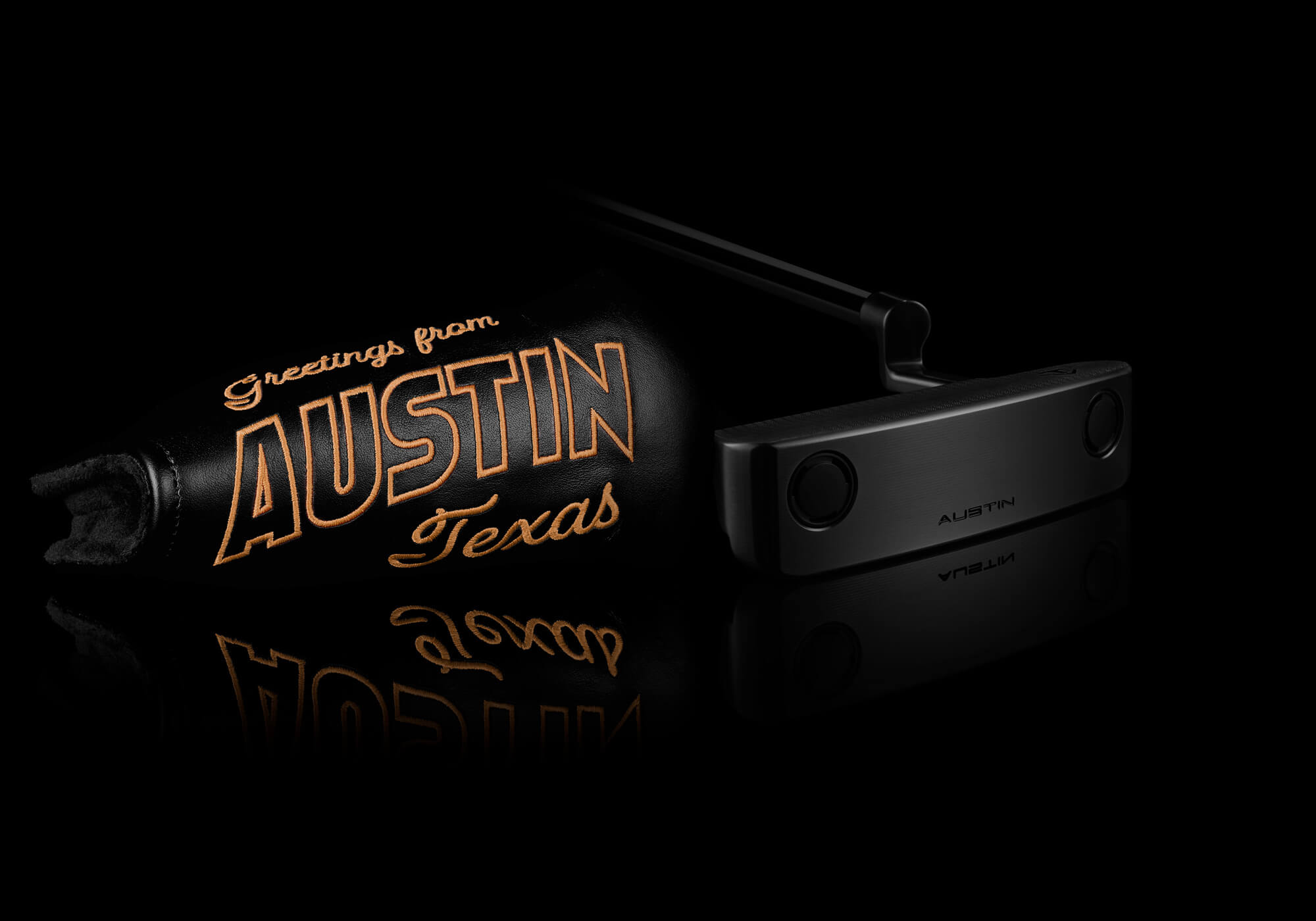
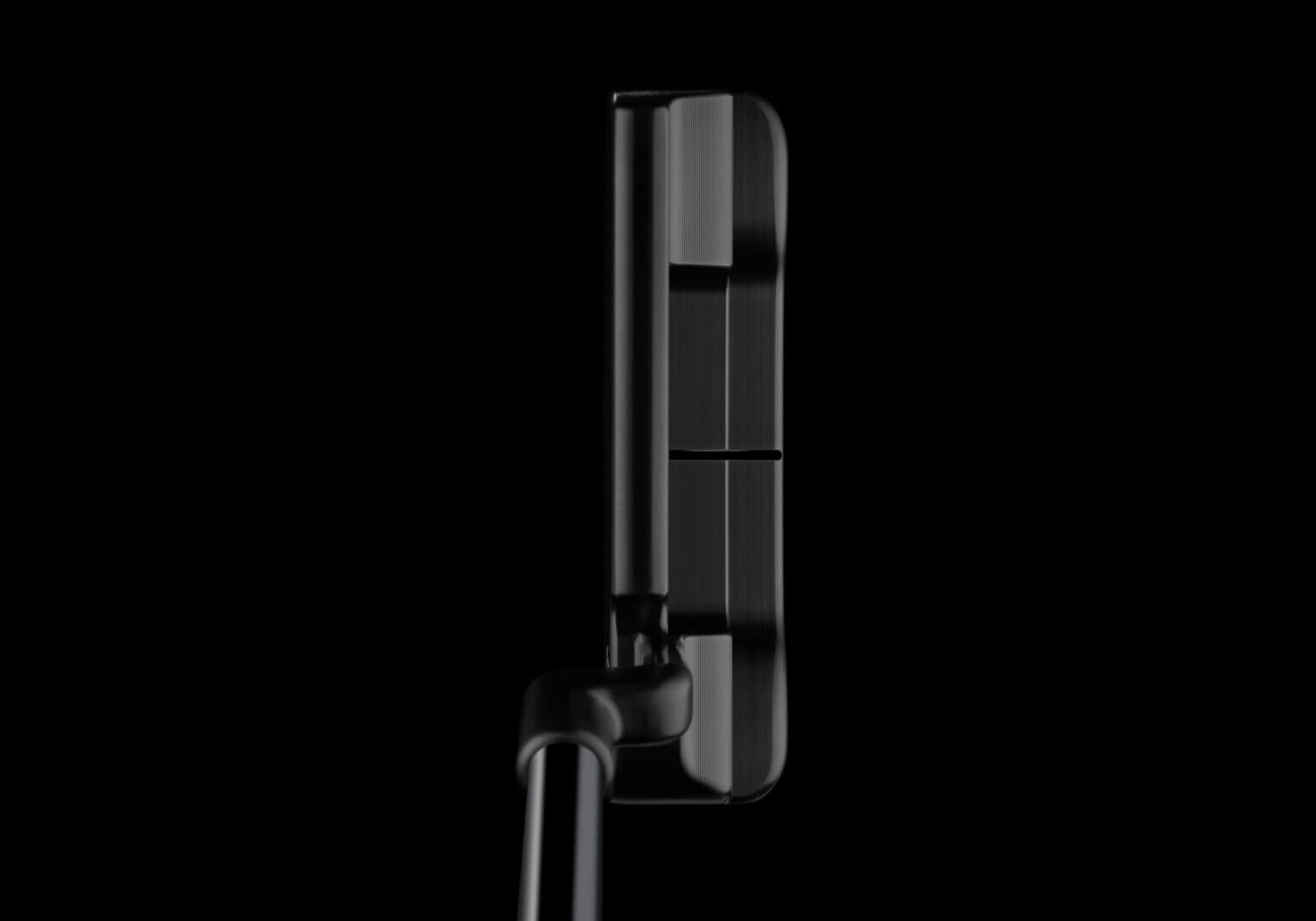
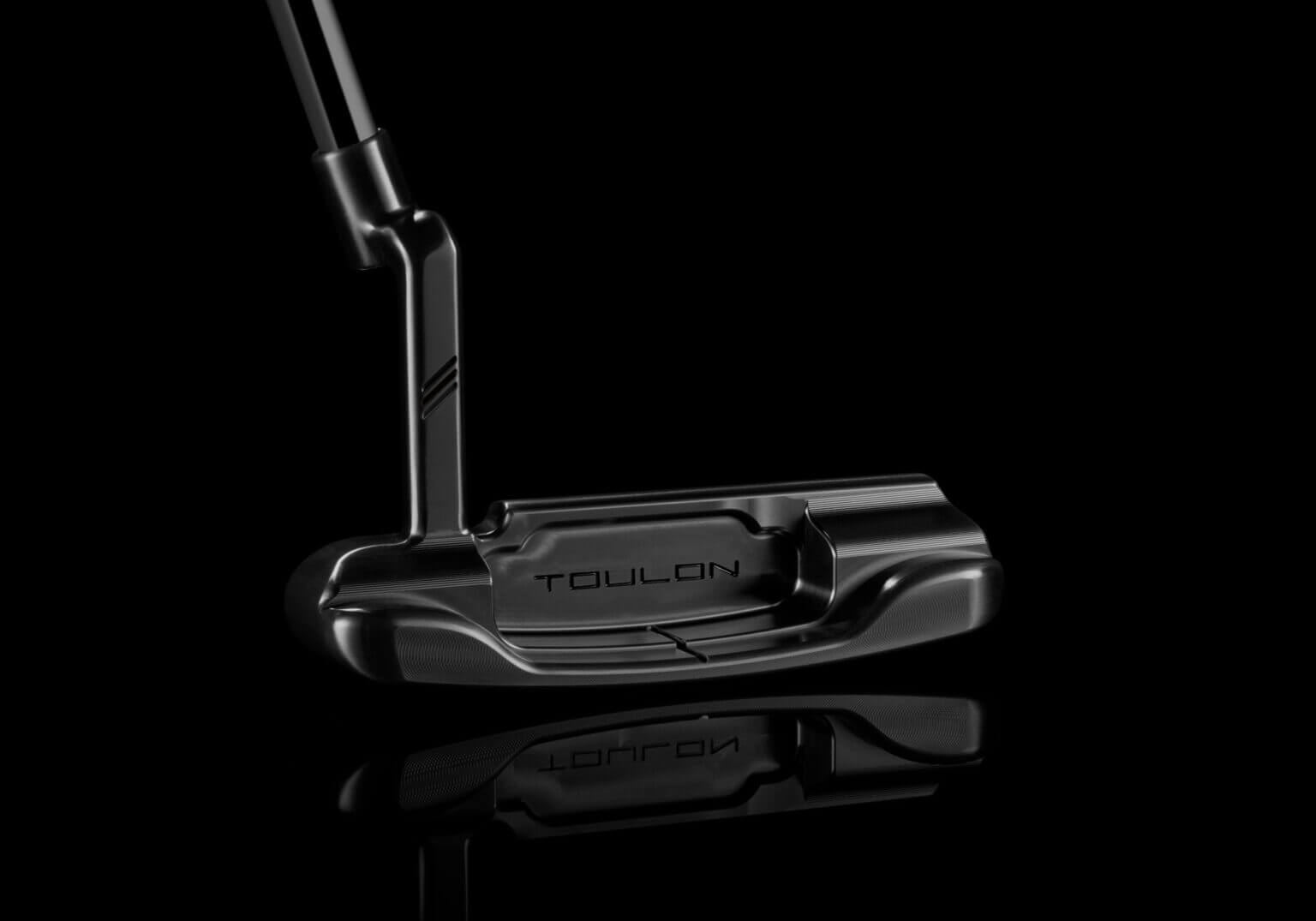
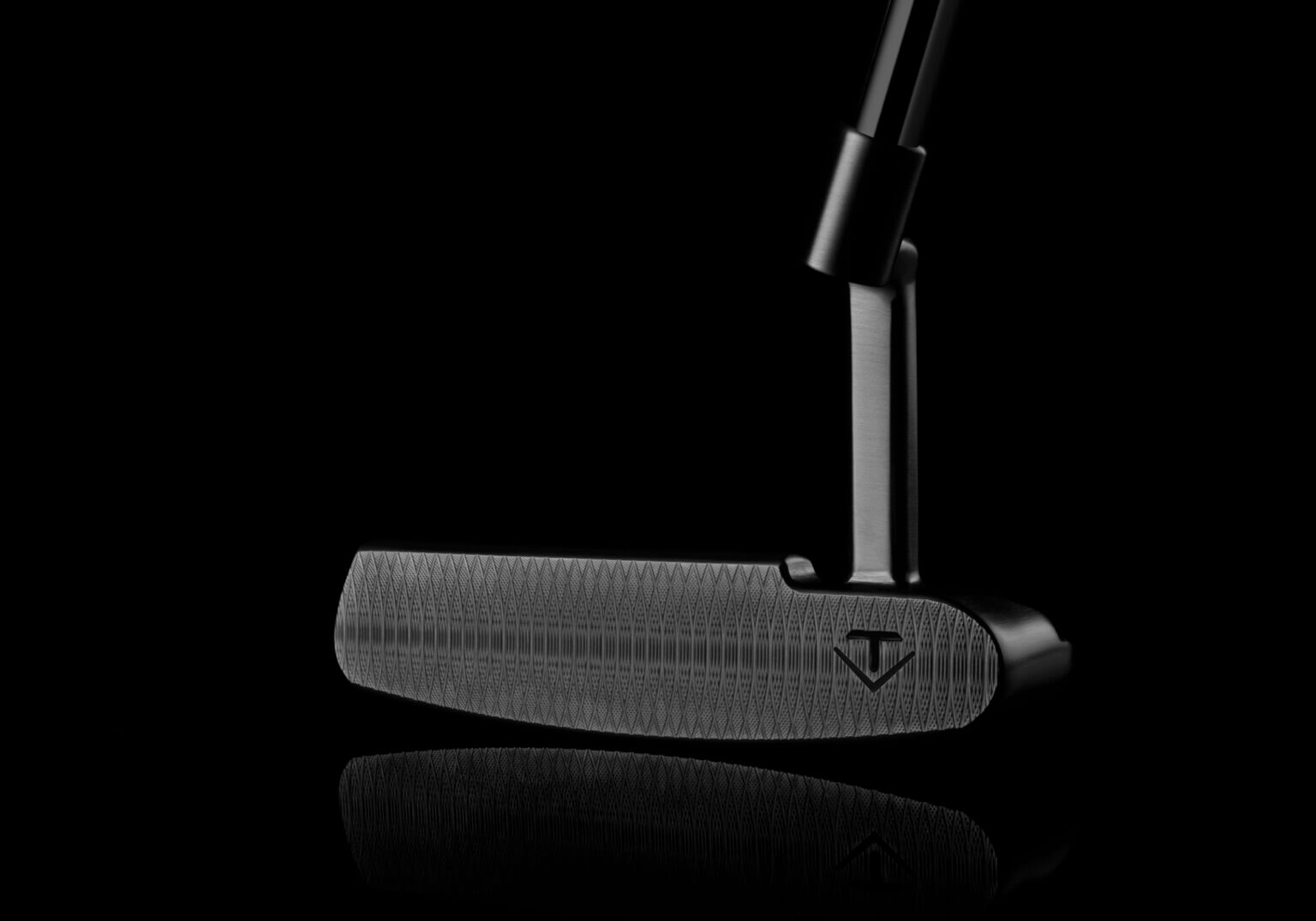
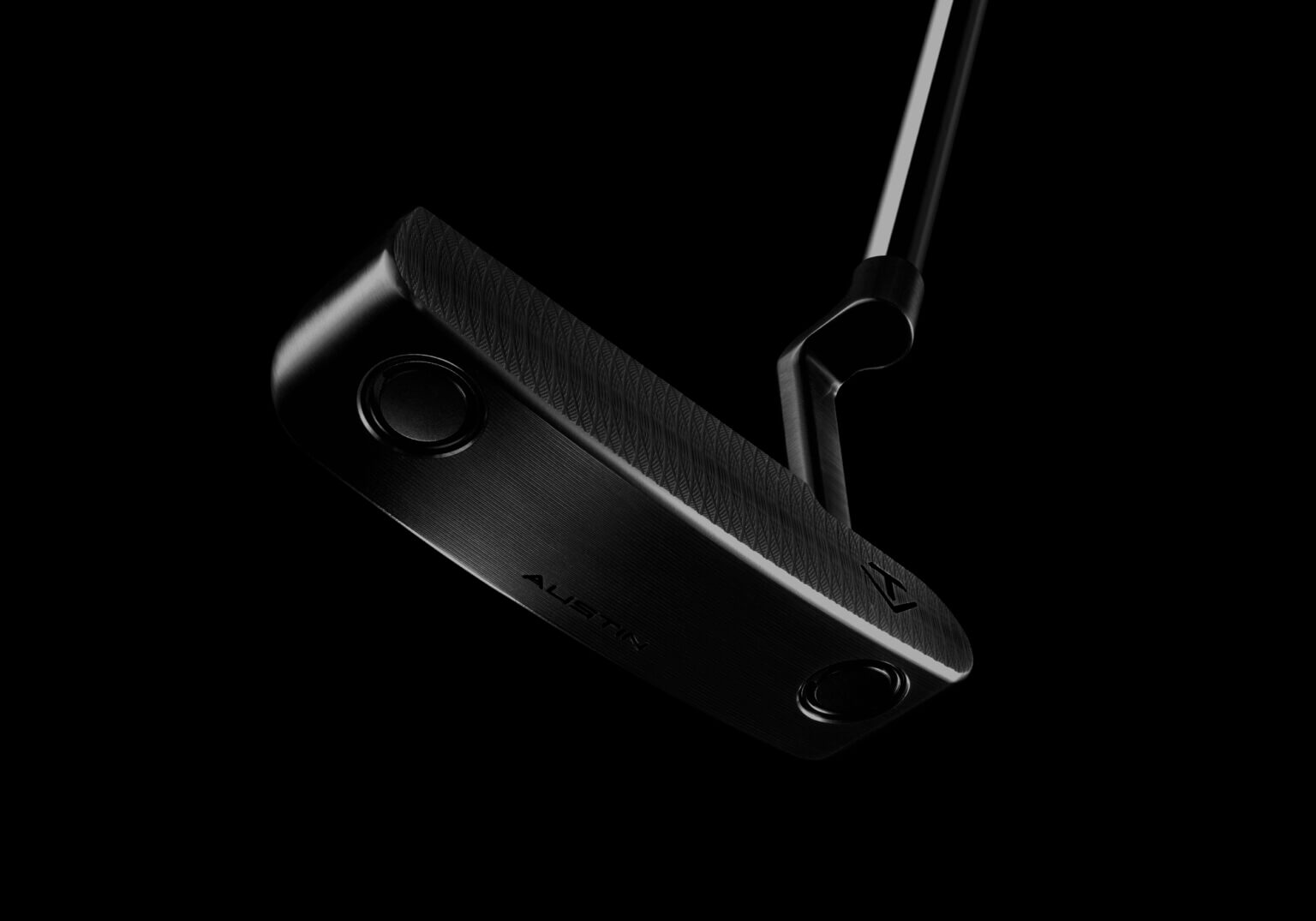
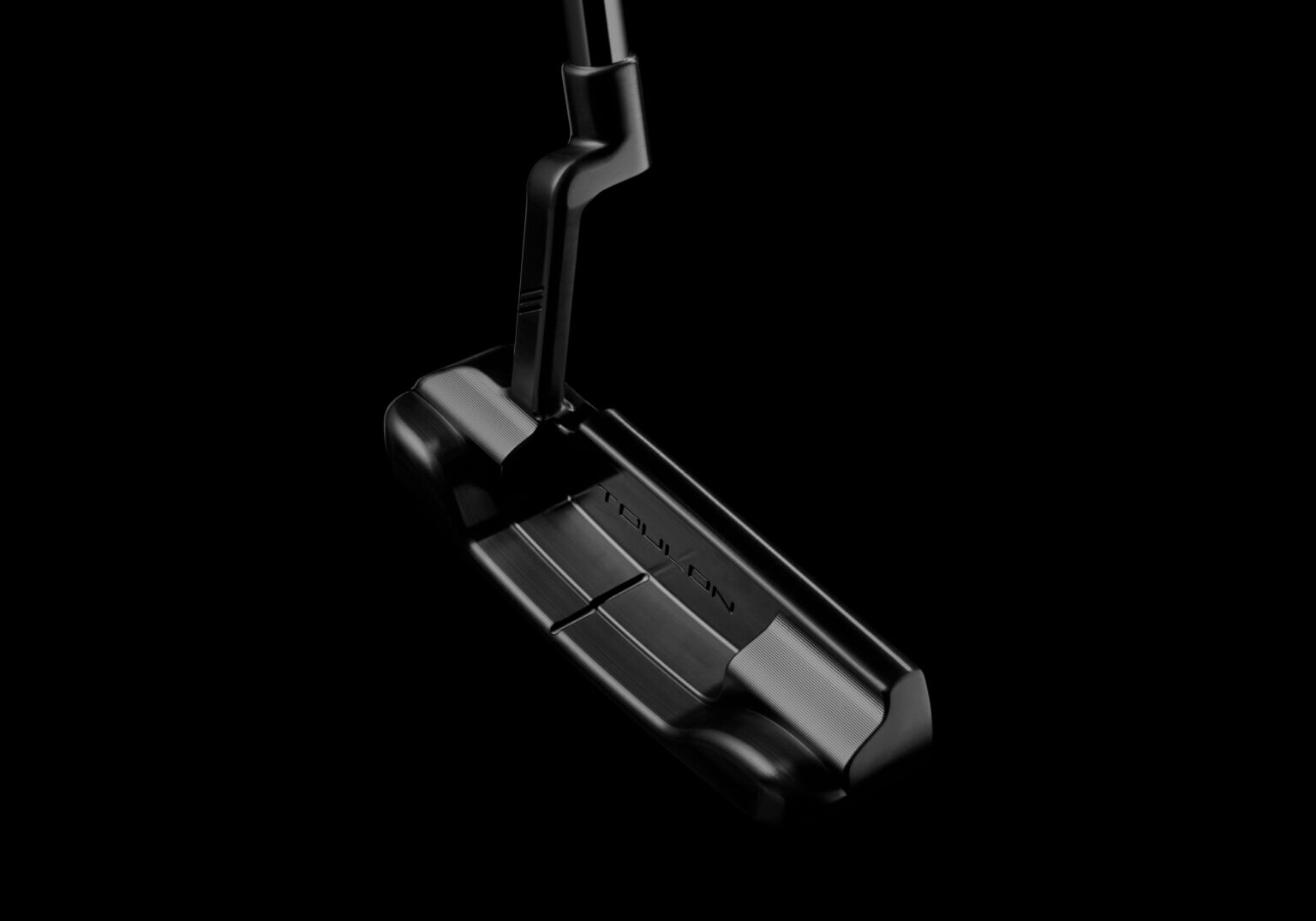
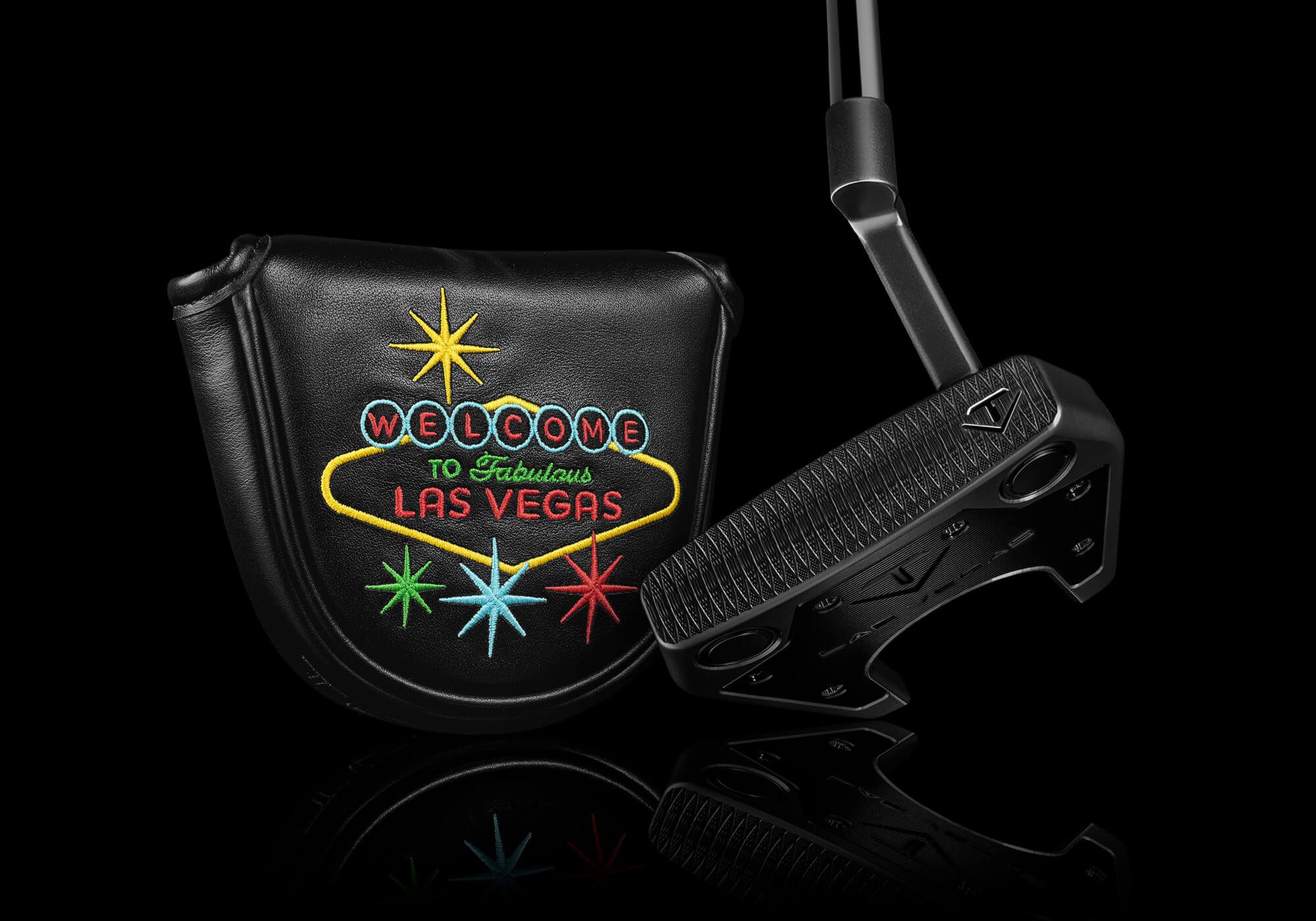
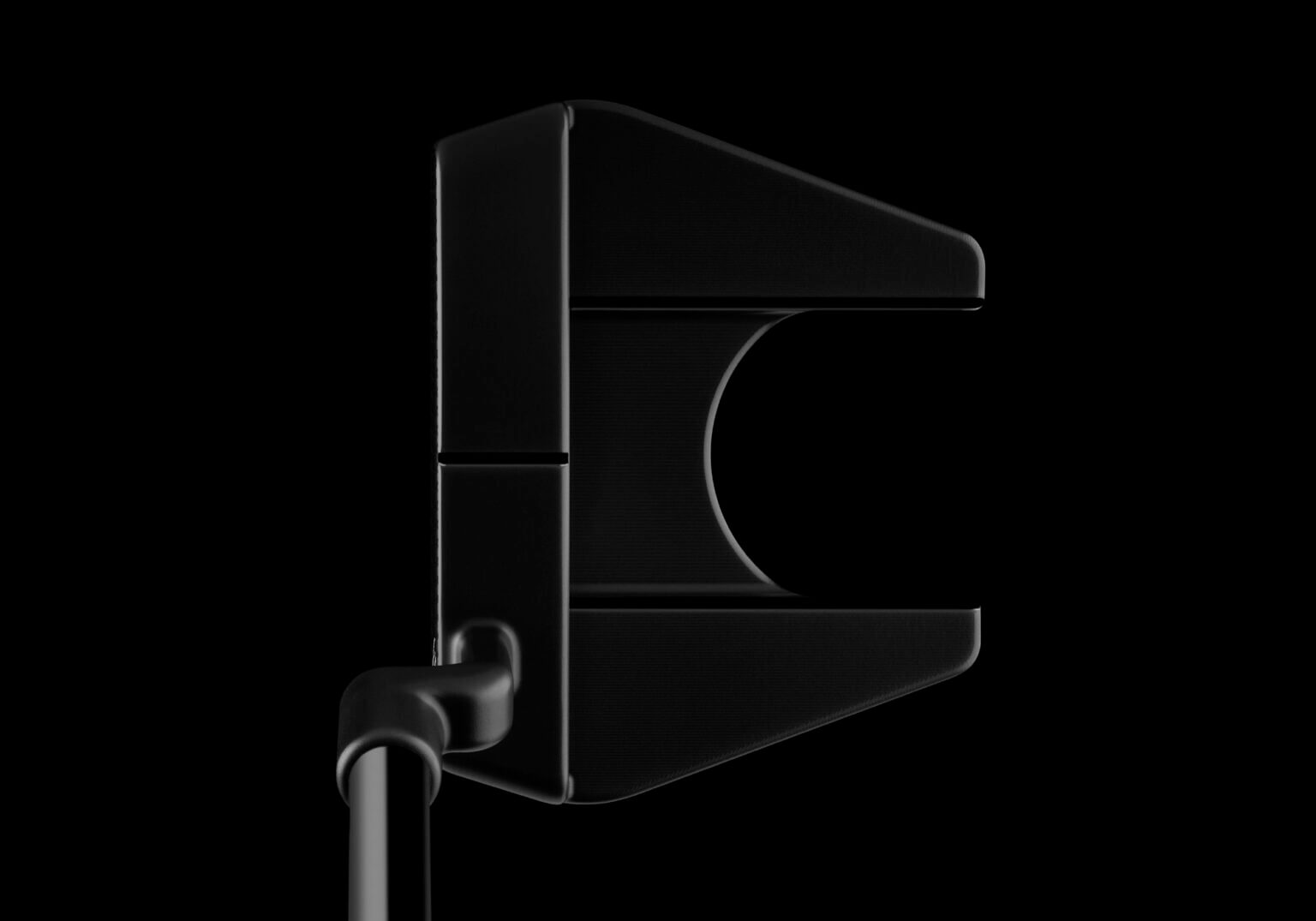
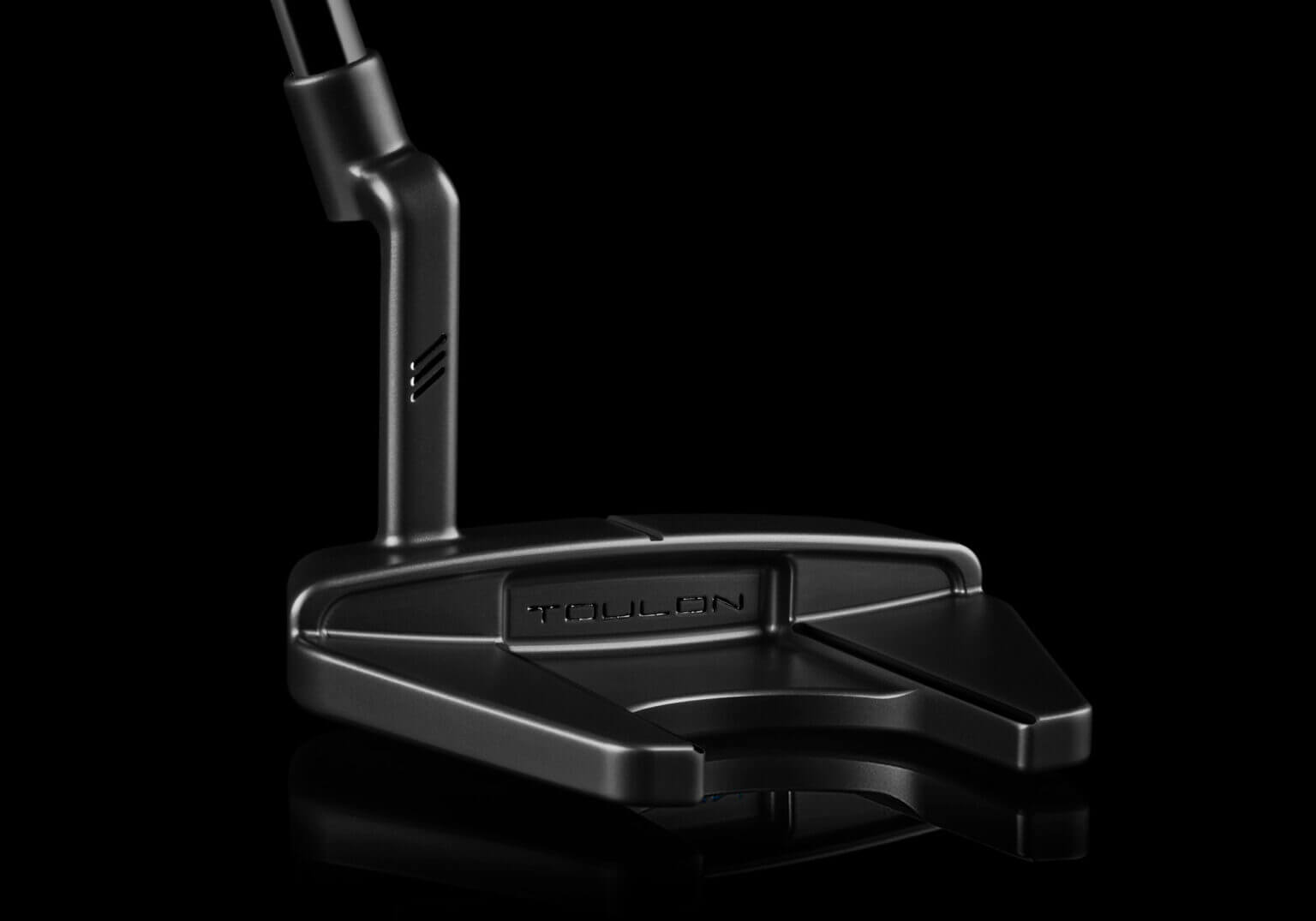
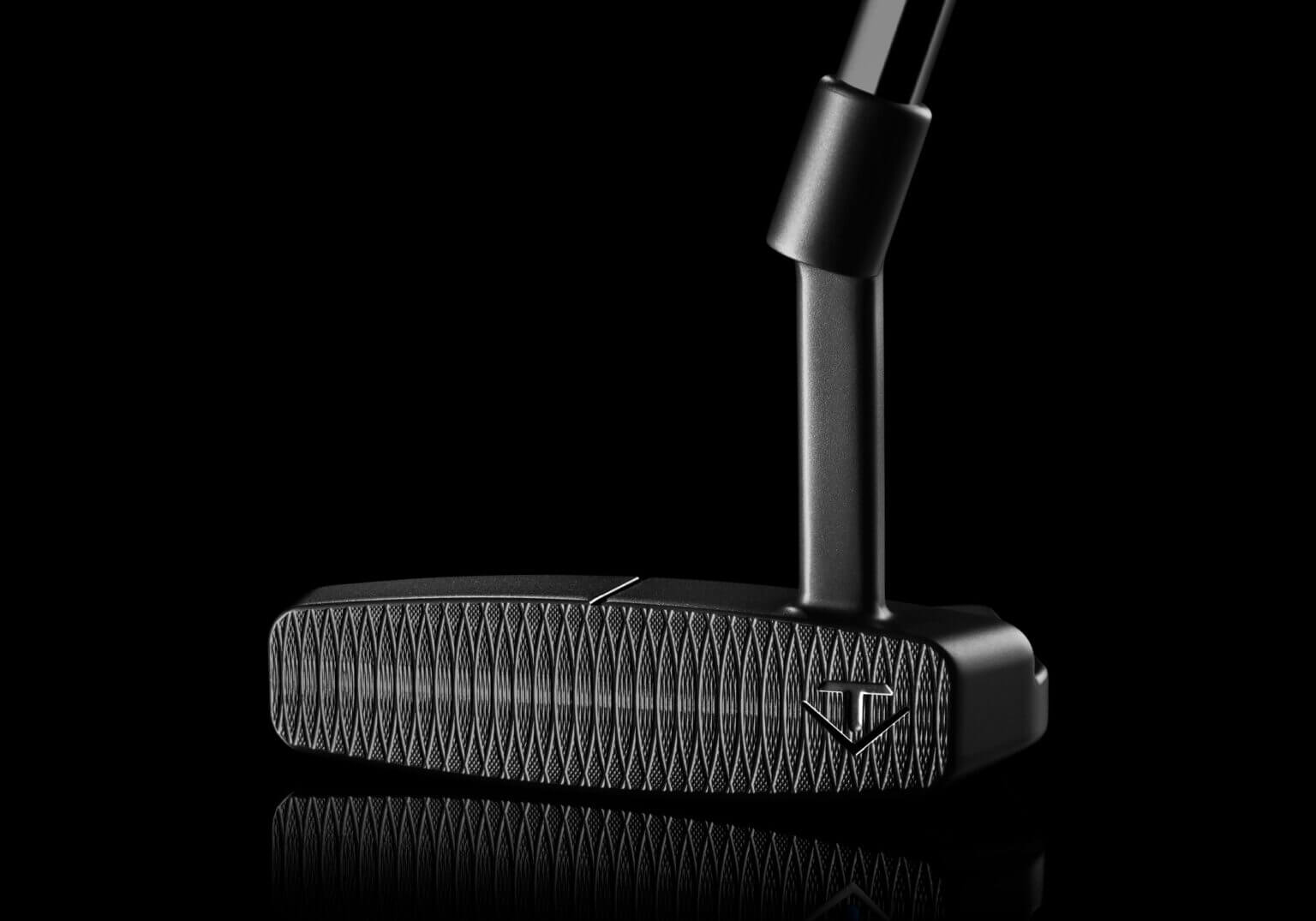
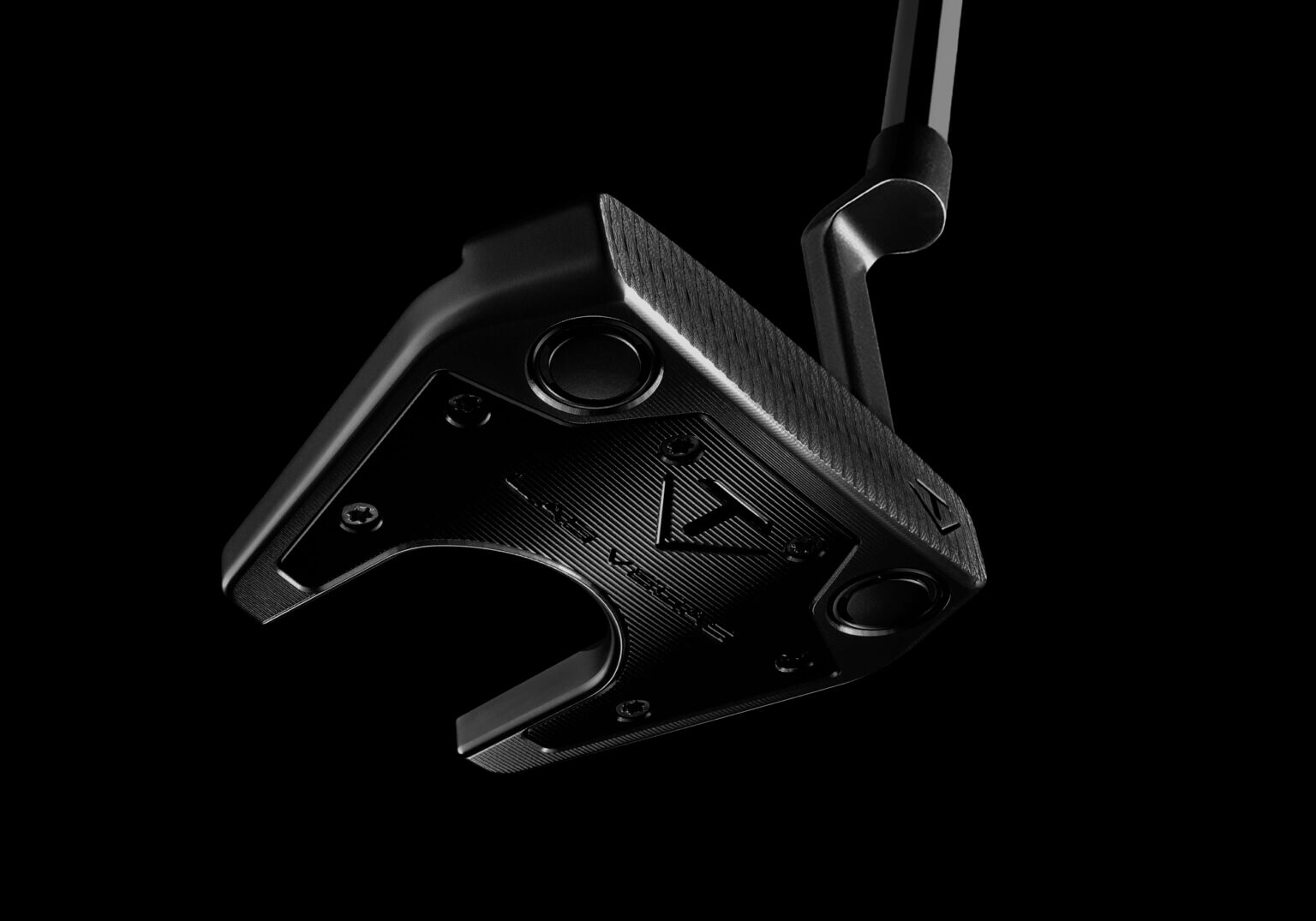
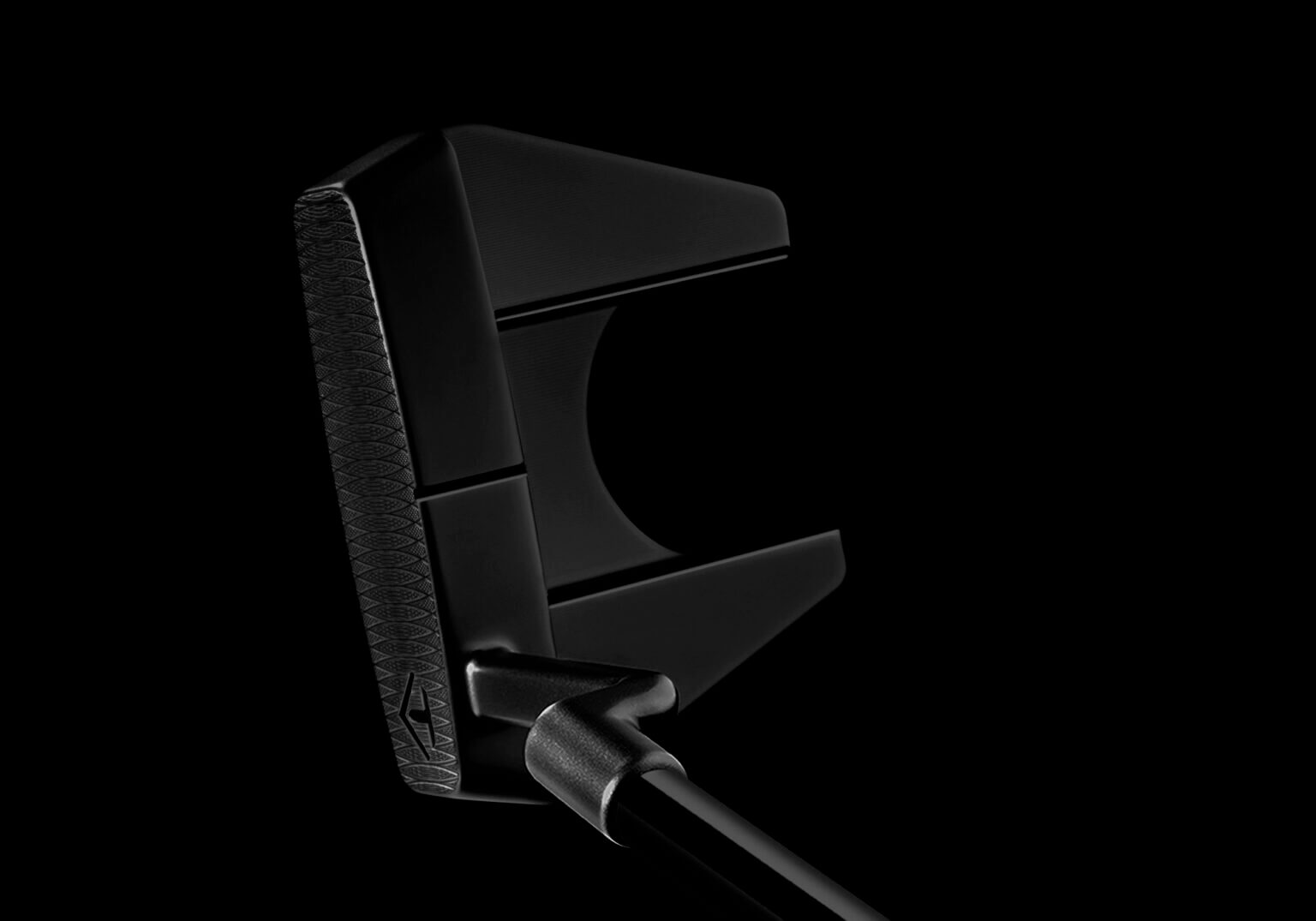

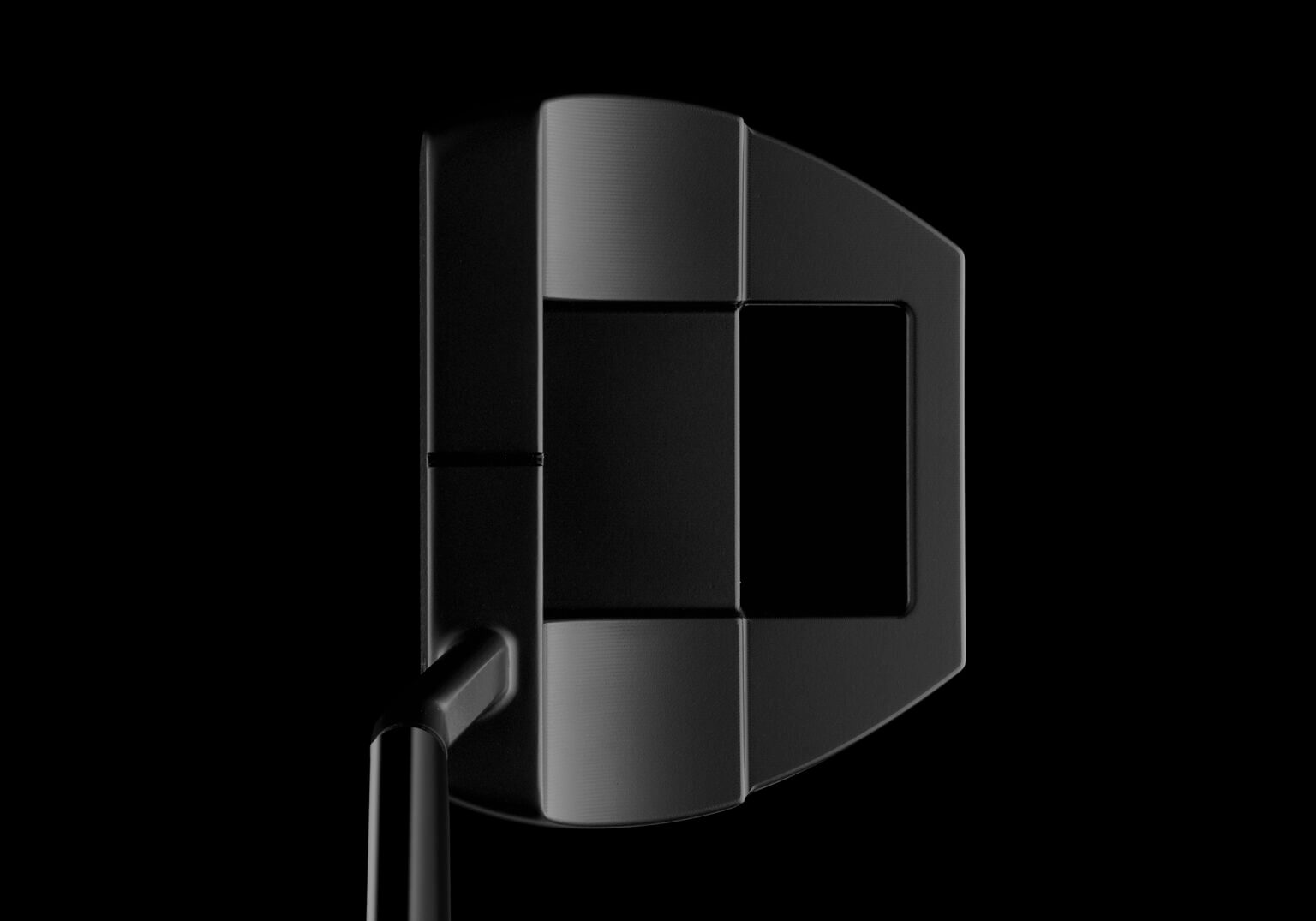
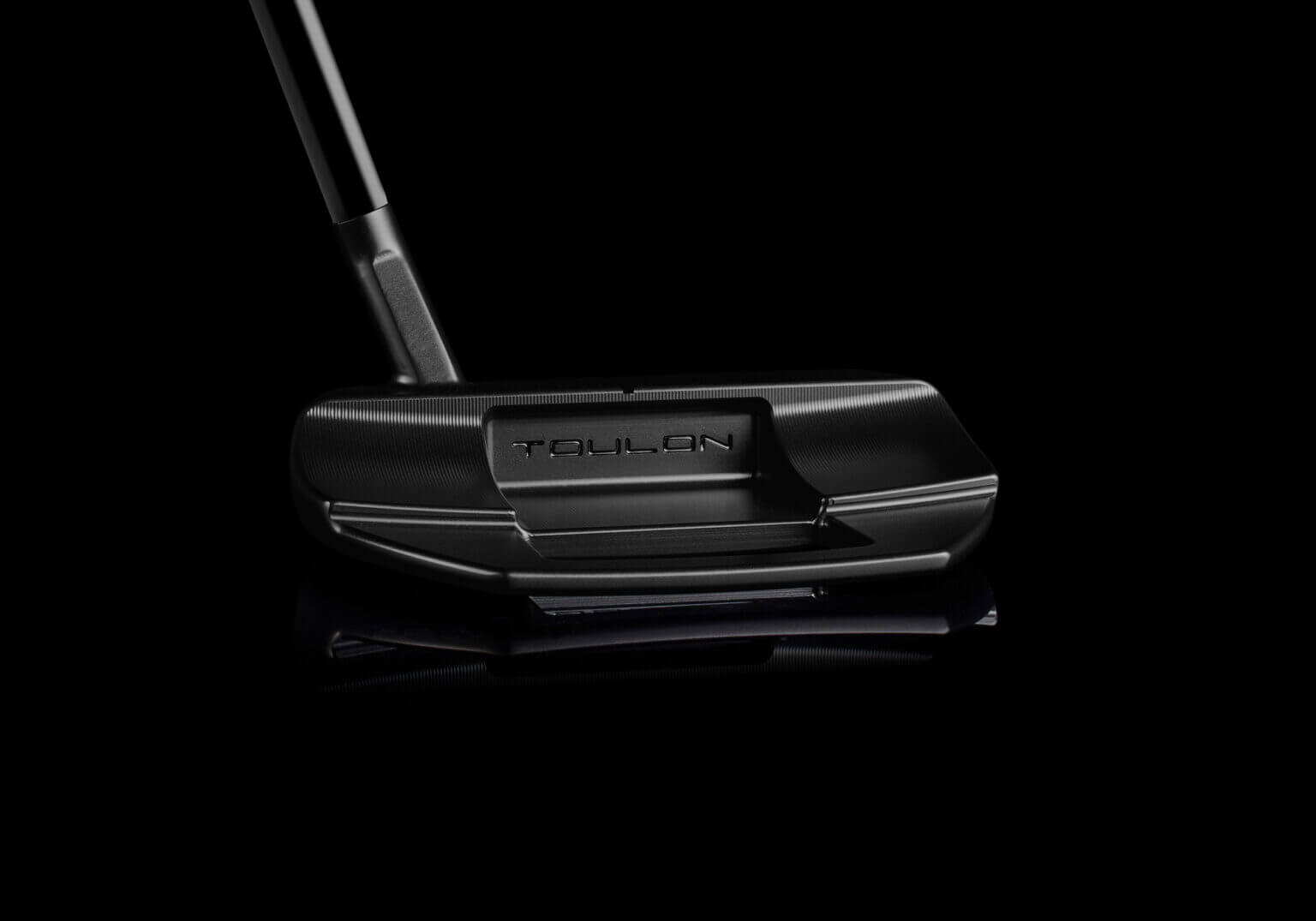
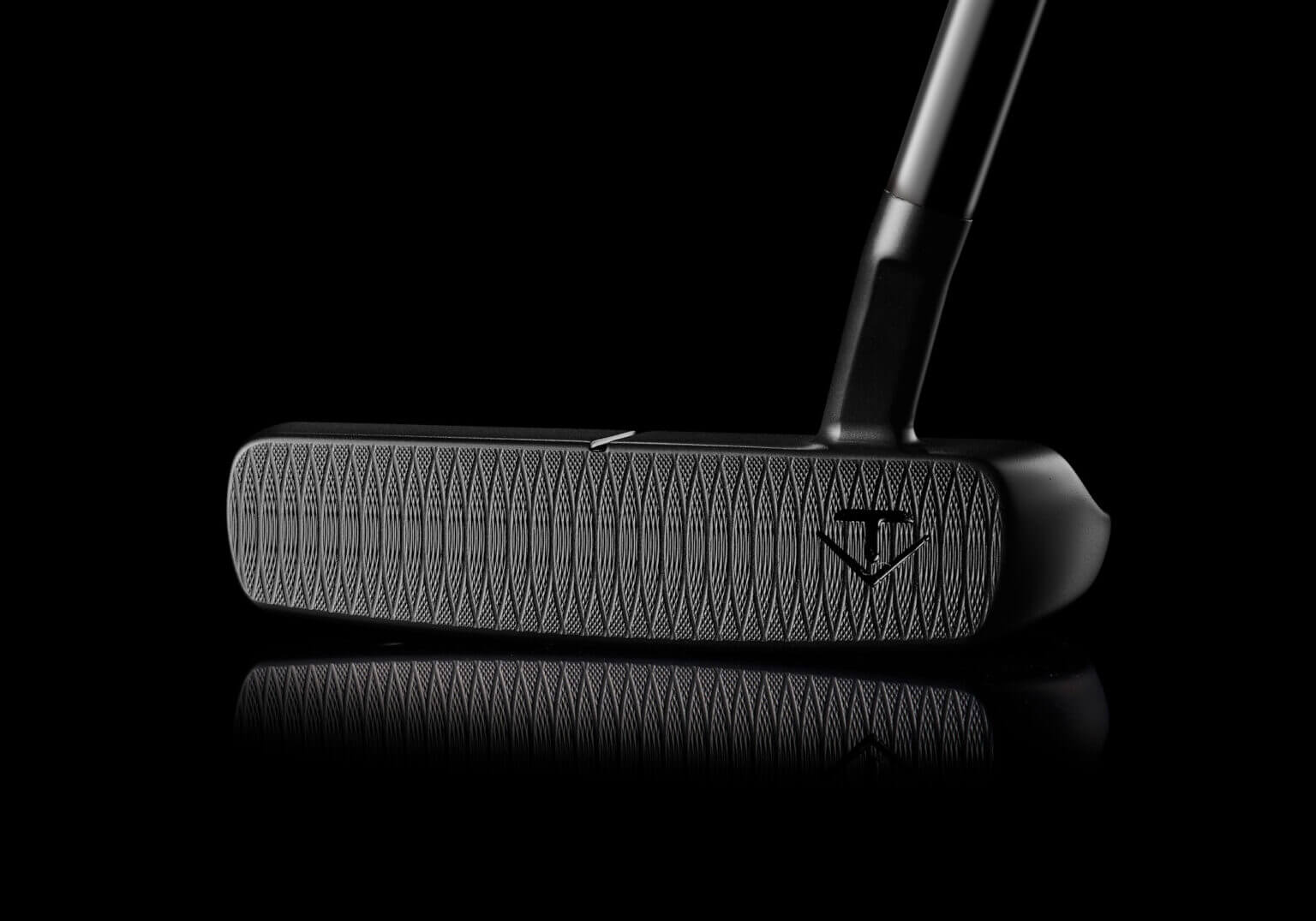

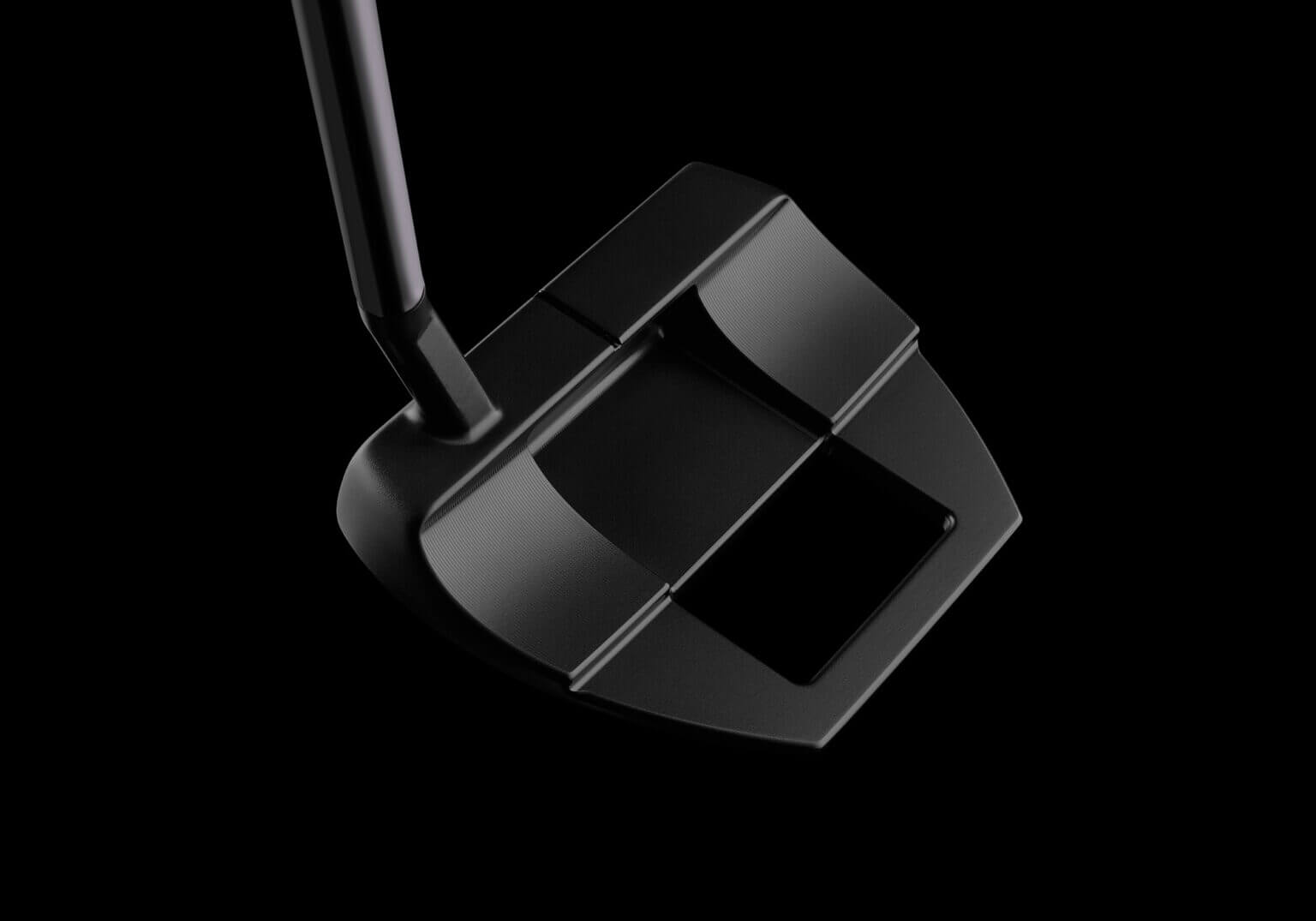
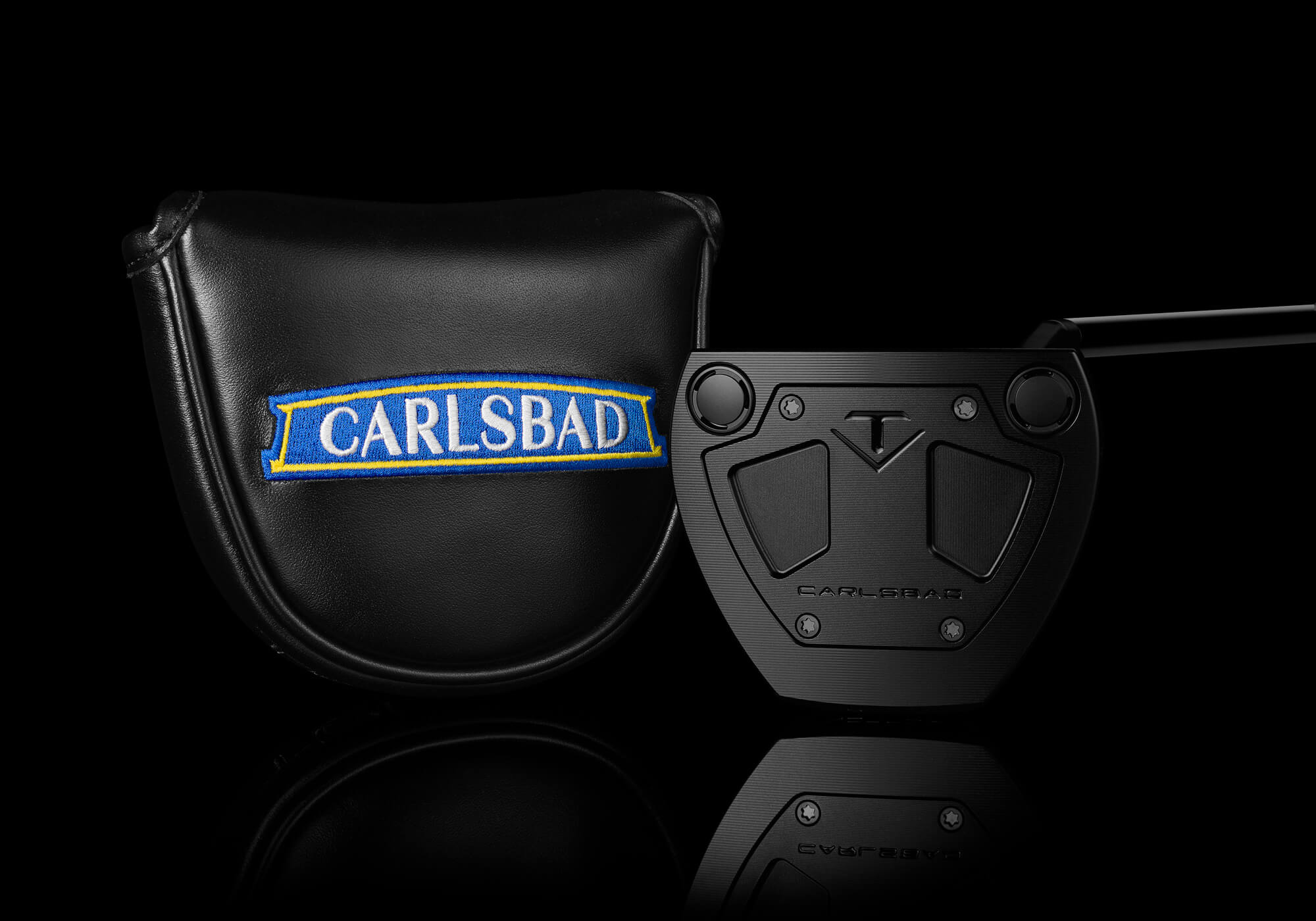
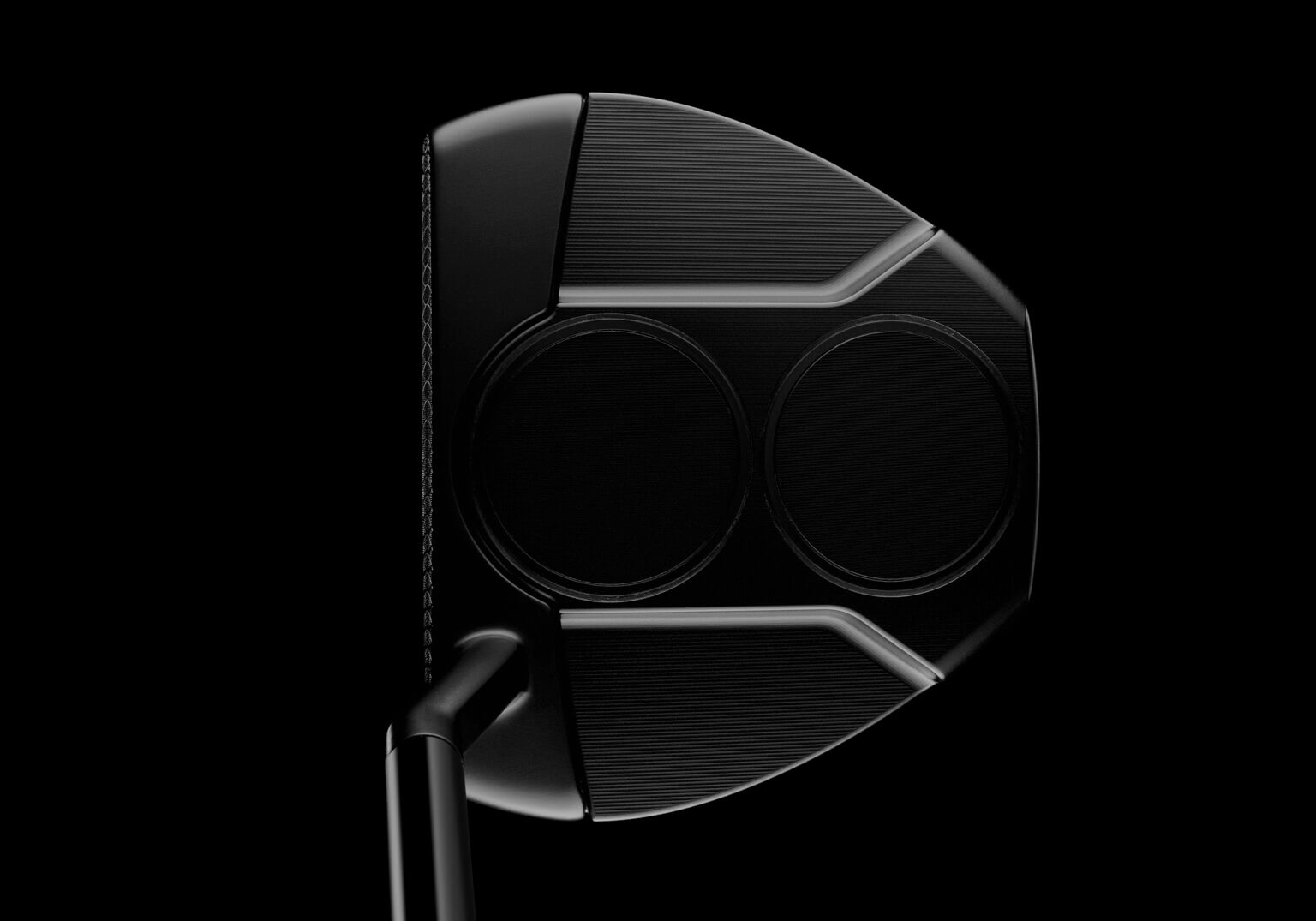
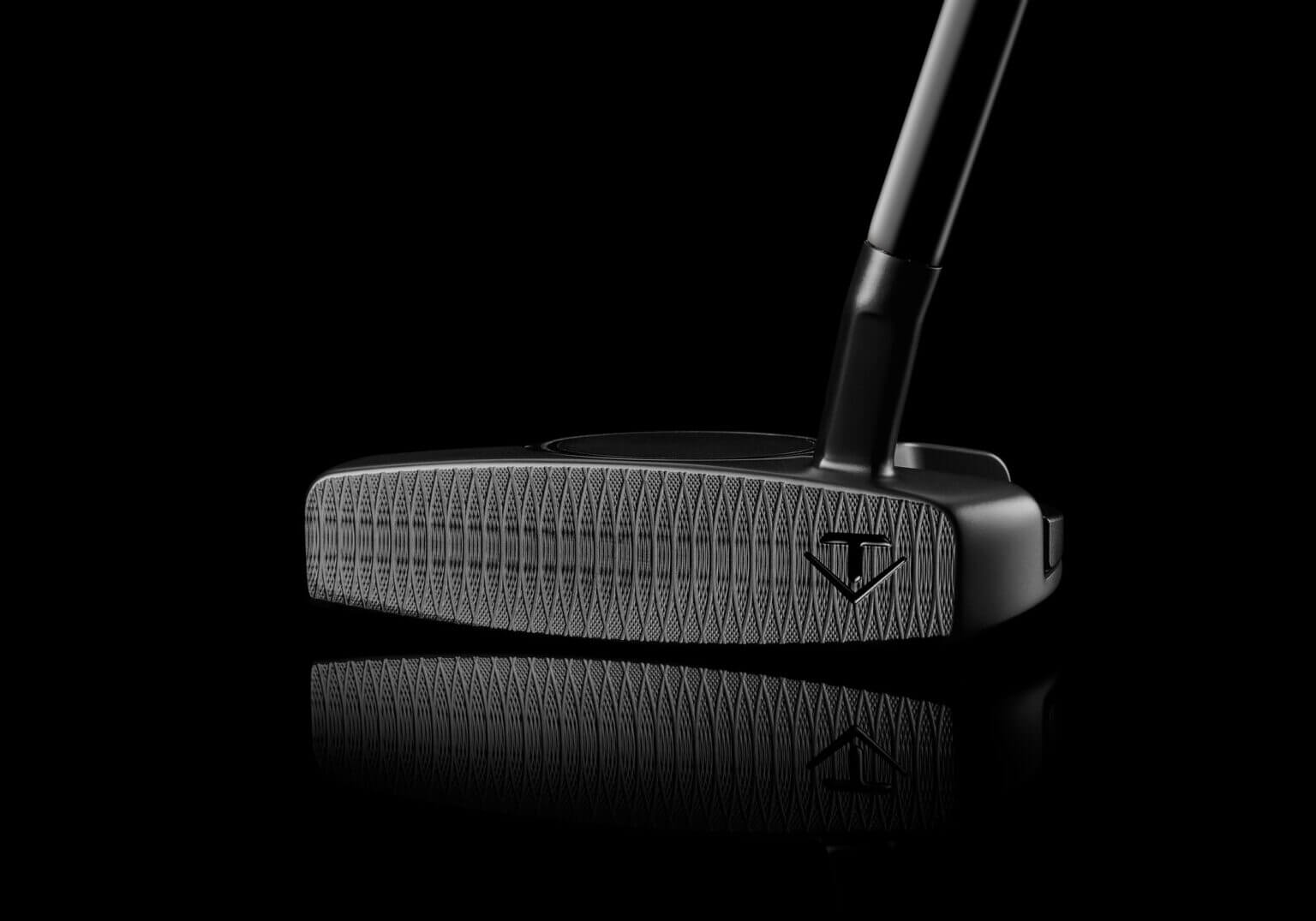
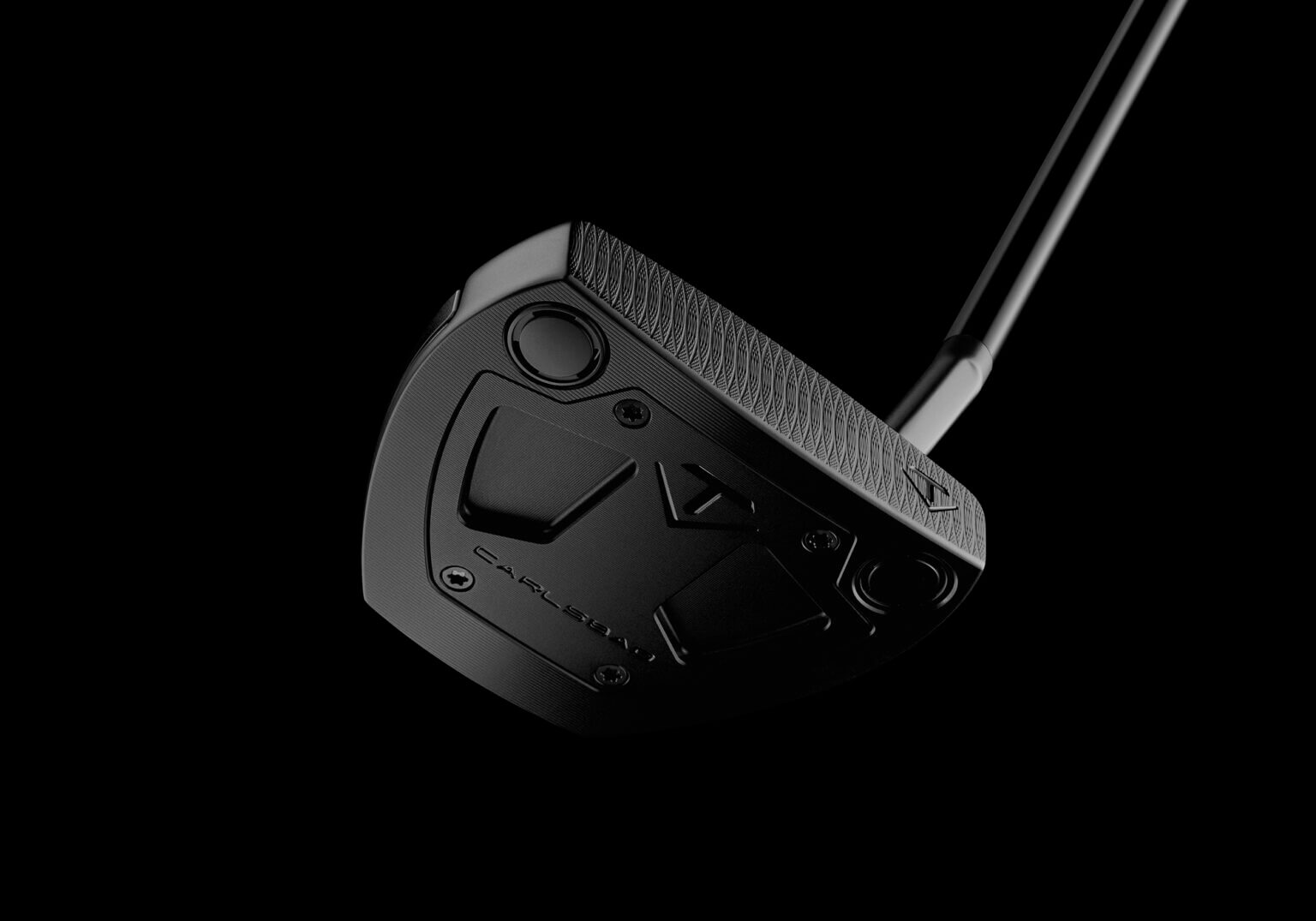
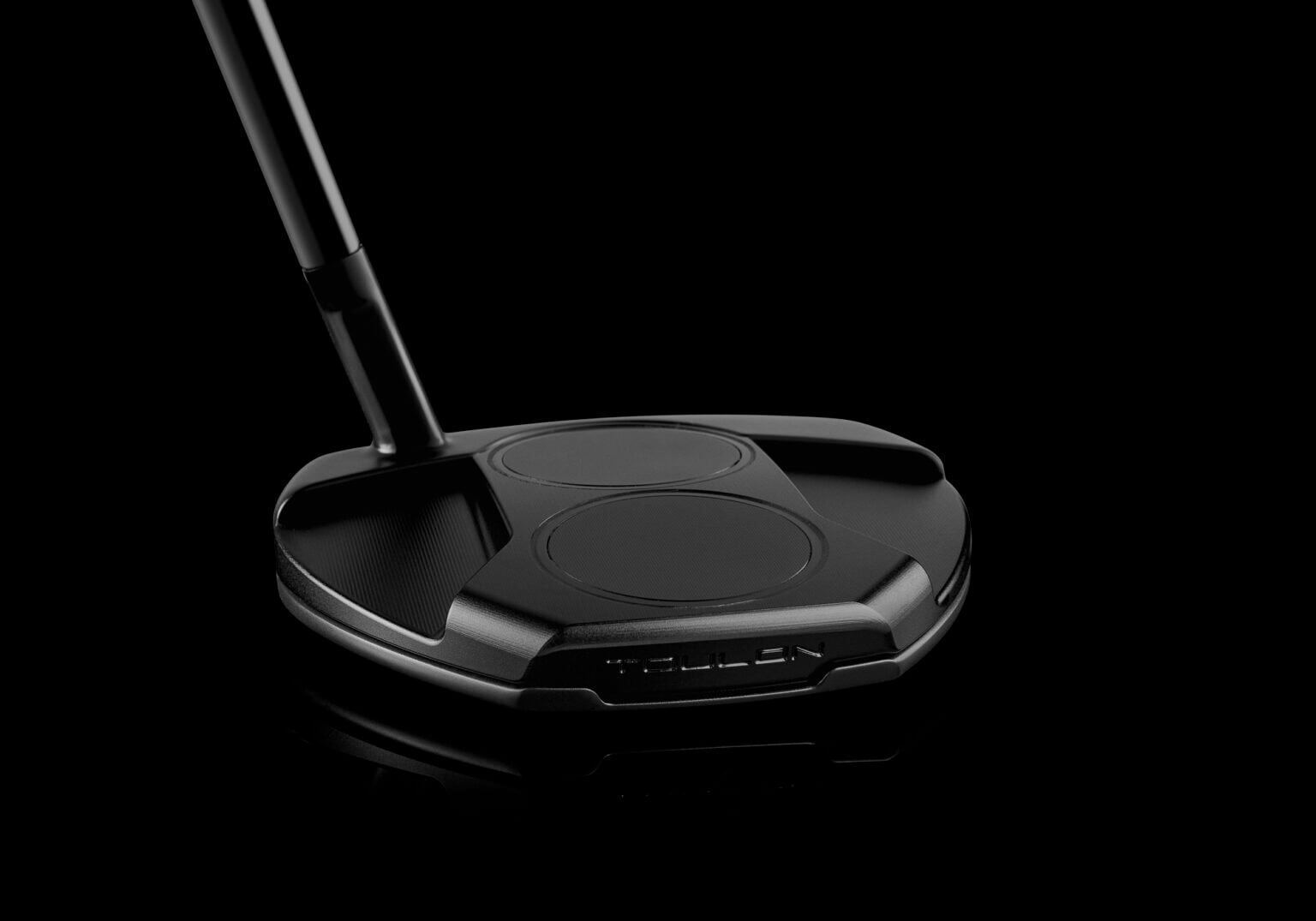
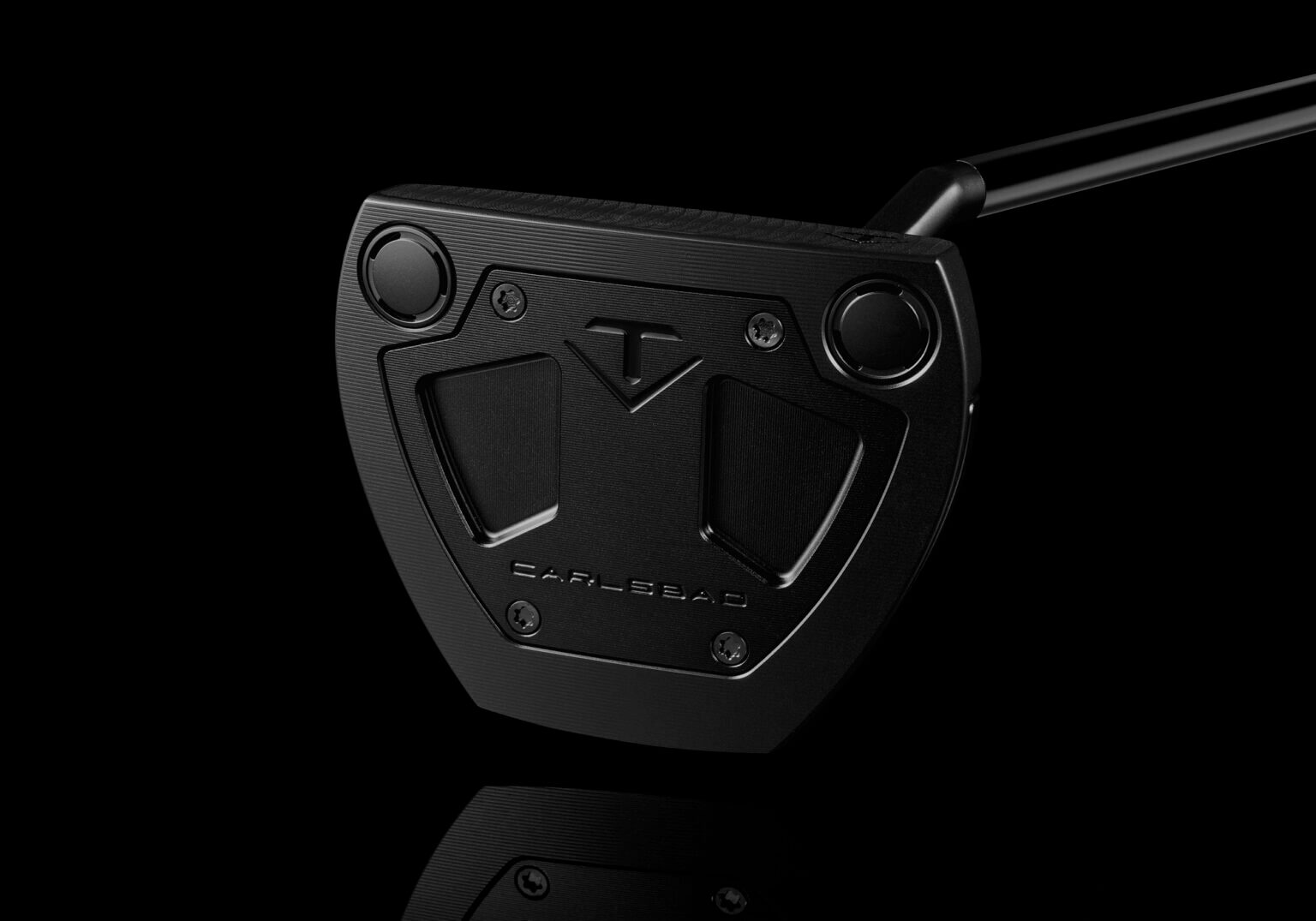


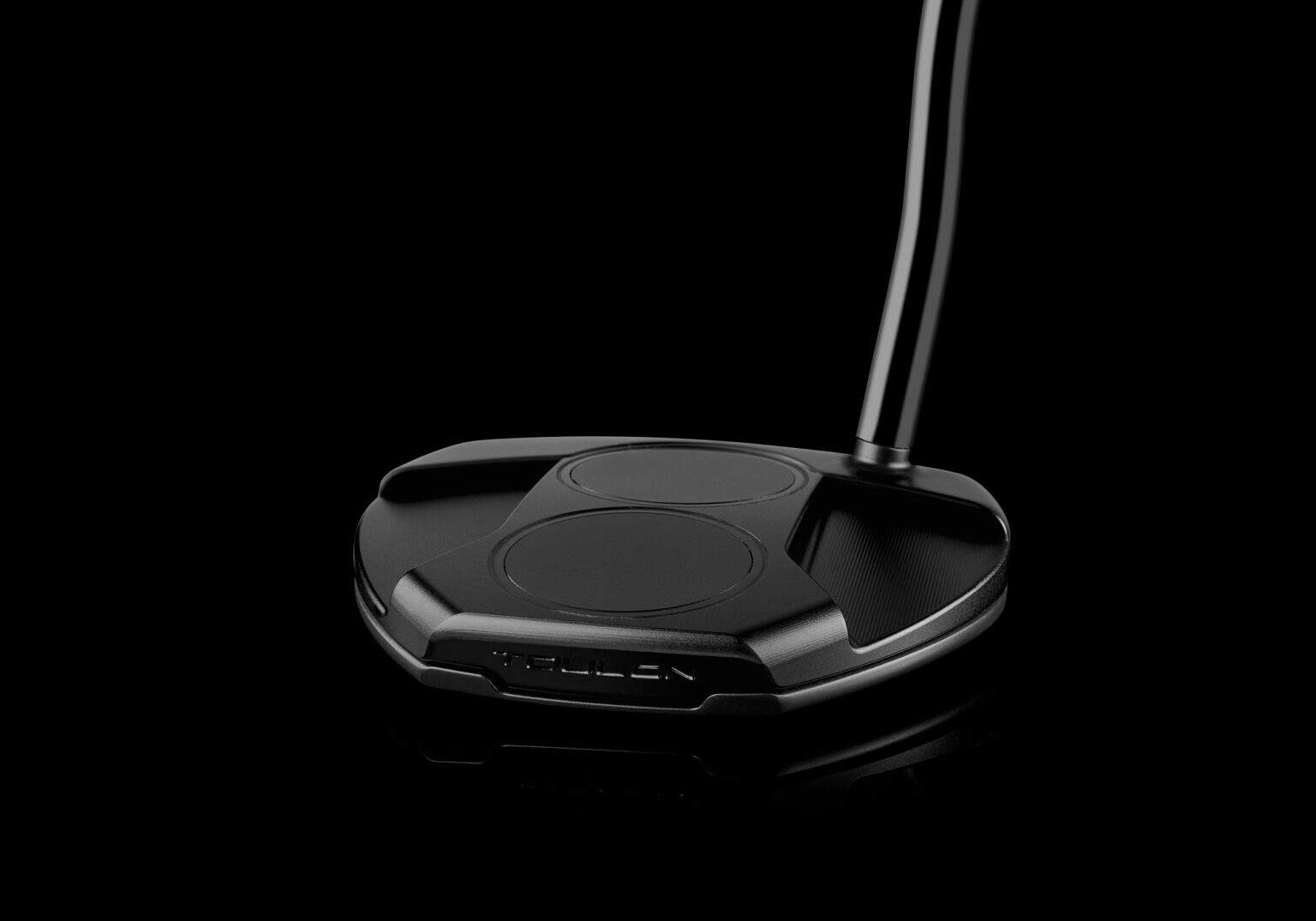
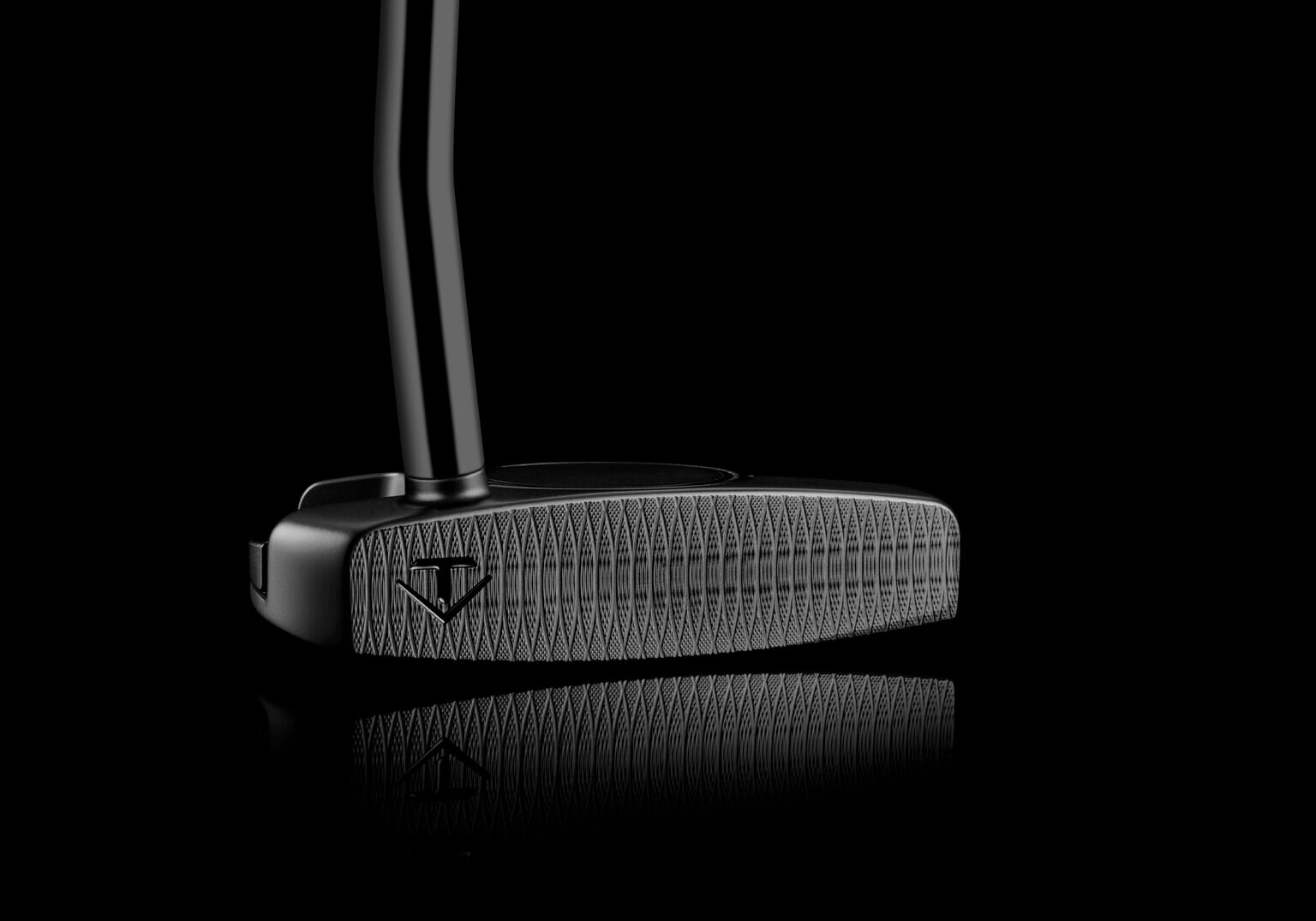
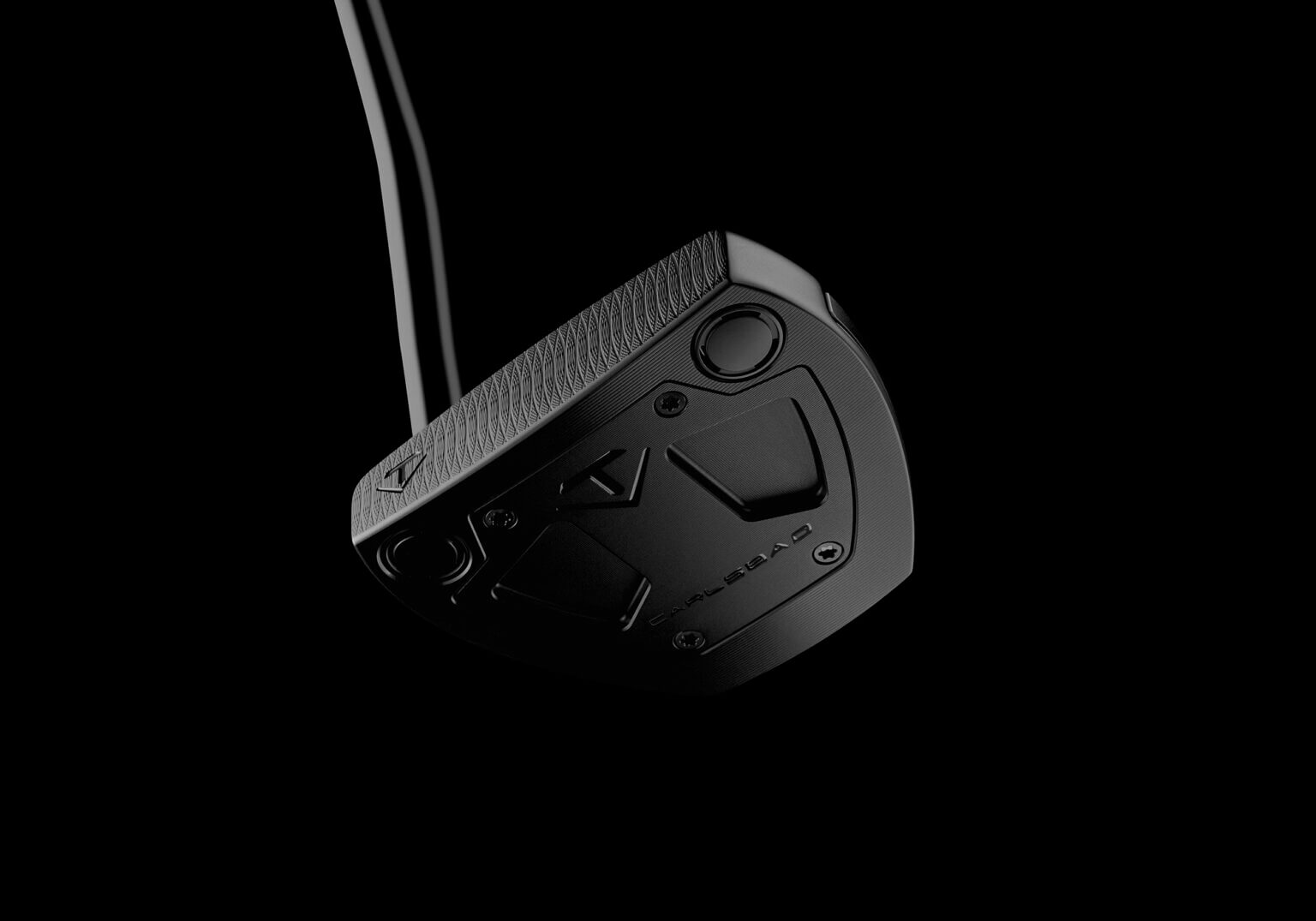
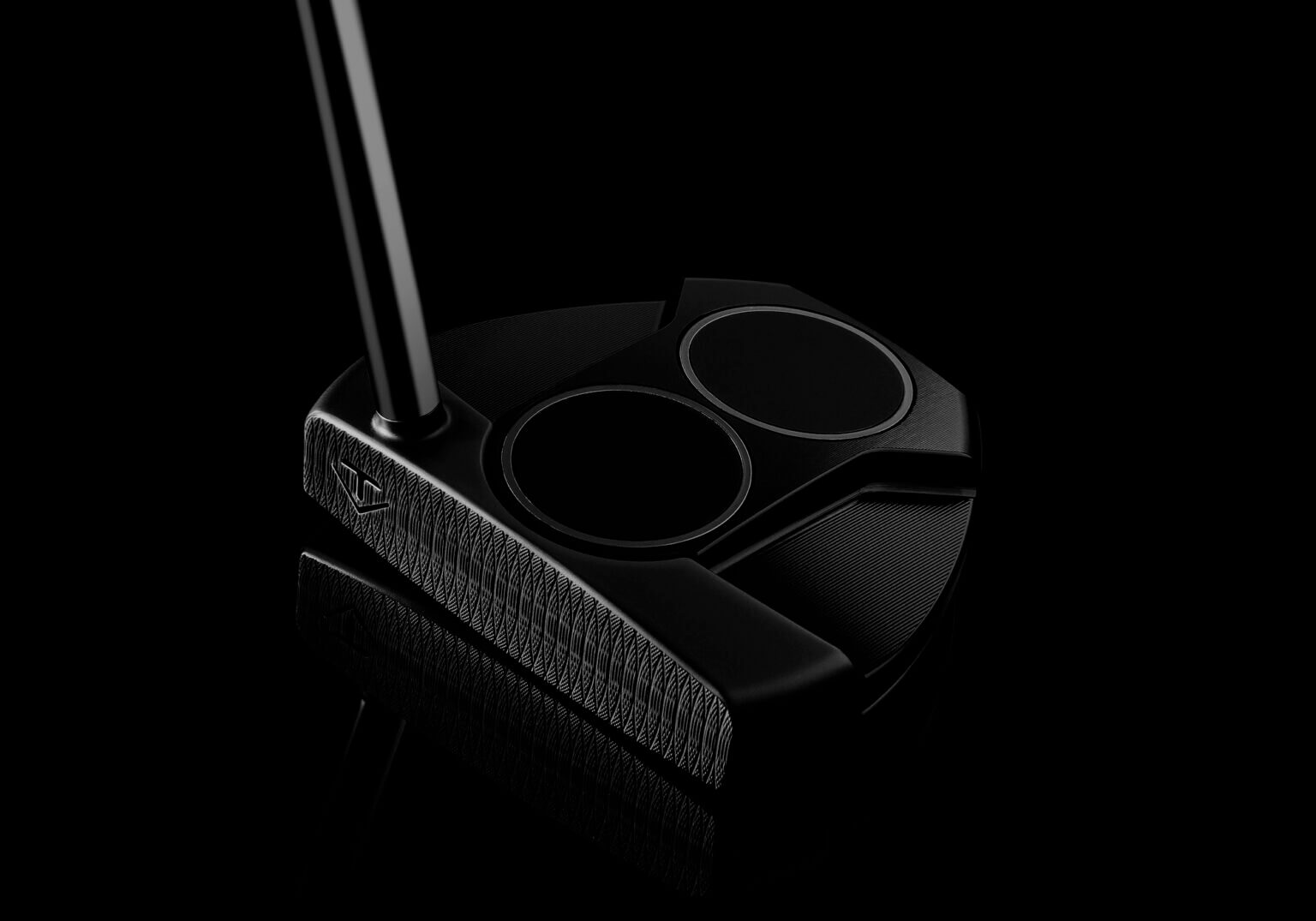
For a second, I thought TaylorMade was skipping Black Friday announcements this year. I was under the impression that, like that one neighbor, they had already moved on into December decorations.
Just last week, TaylorMade rolled out their TP5 Collector’s Edition ball set and an Abominable Snowman Spider Headcover. To me, those two releases indicated TaylorMade was well on their way toward Christmas.
As it turned out, they had another surprise for the start of shopping season: a blacked-out version of their popular zero-torque Spider 5K-ZT putter.
Technically, TaylorMade is promoting the Spider ZT Black as a line extension but they also say that quantities of the single-line version will be available in “limited quantities” at retail shops. Let’s just say some will be available for purchase today.
Scarcity aside, the Spider ZT Black is a very interesting (and a bit confounding) take on the outstanding zero-torque Spider 5K-ZT putter.
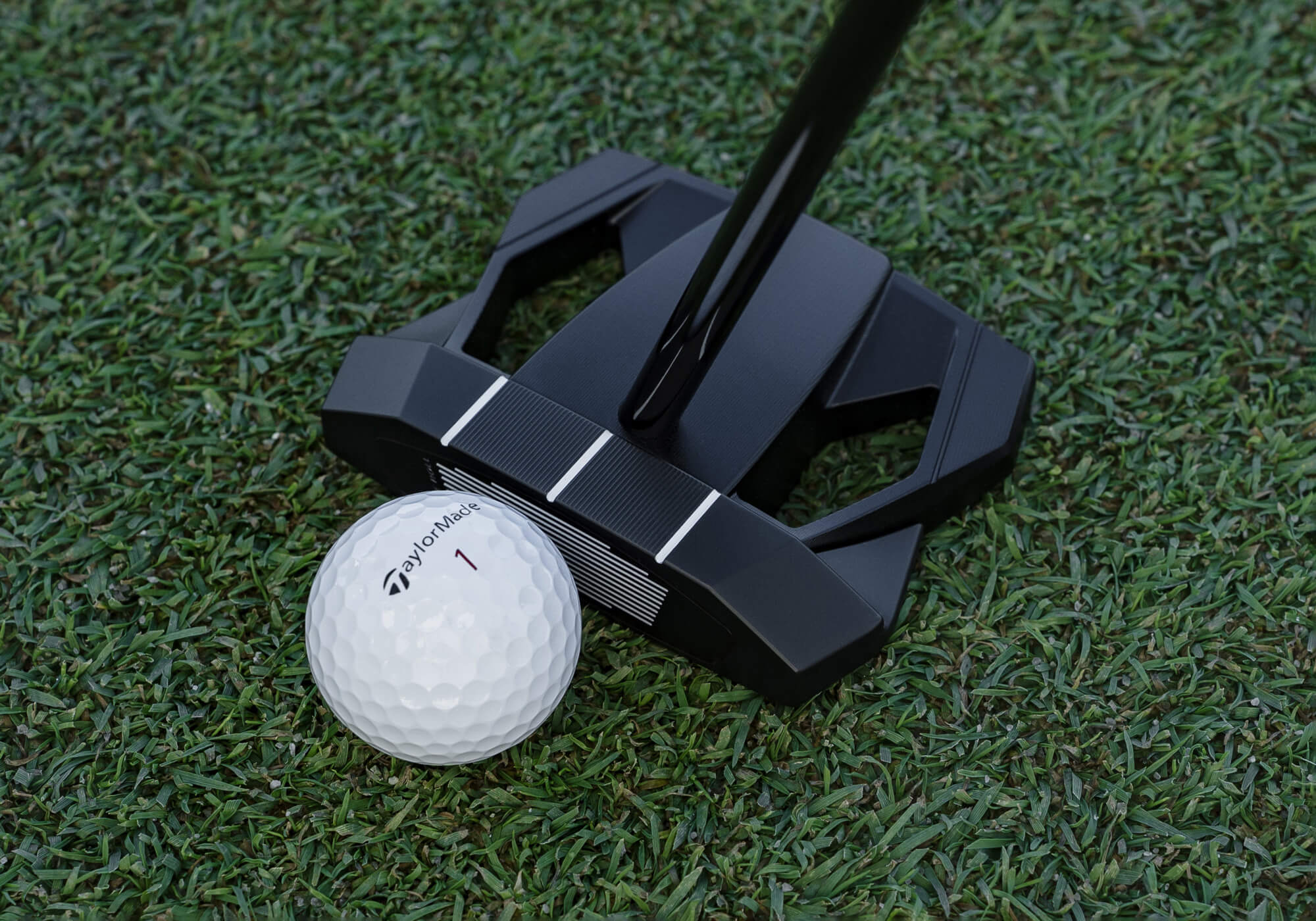
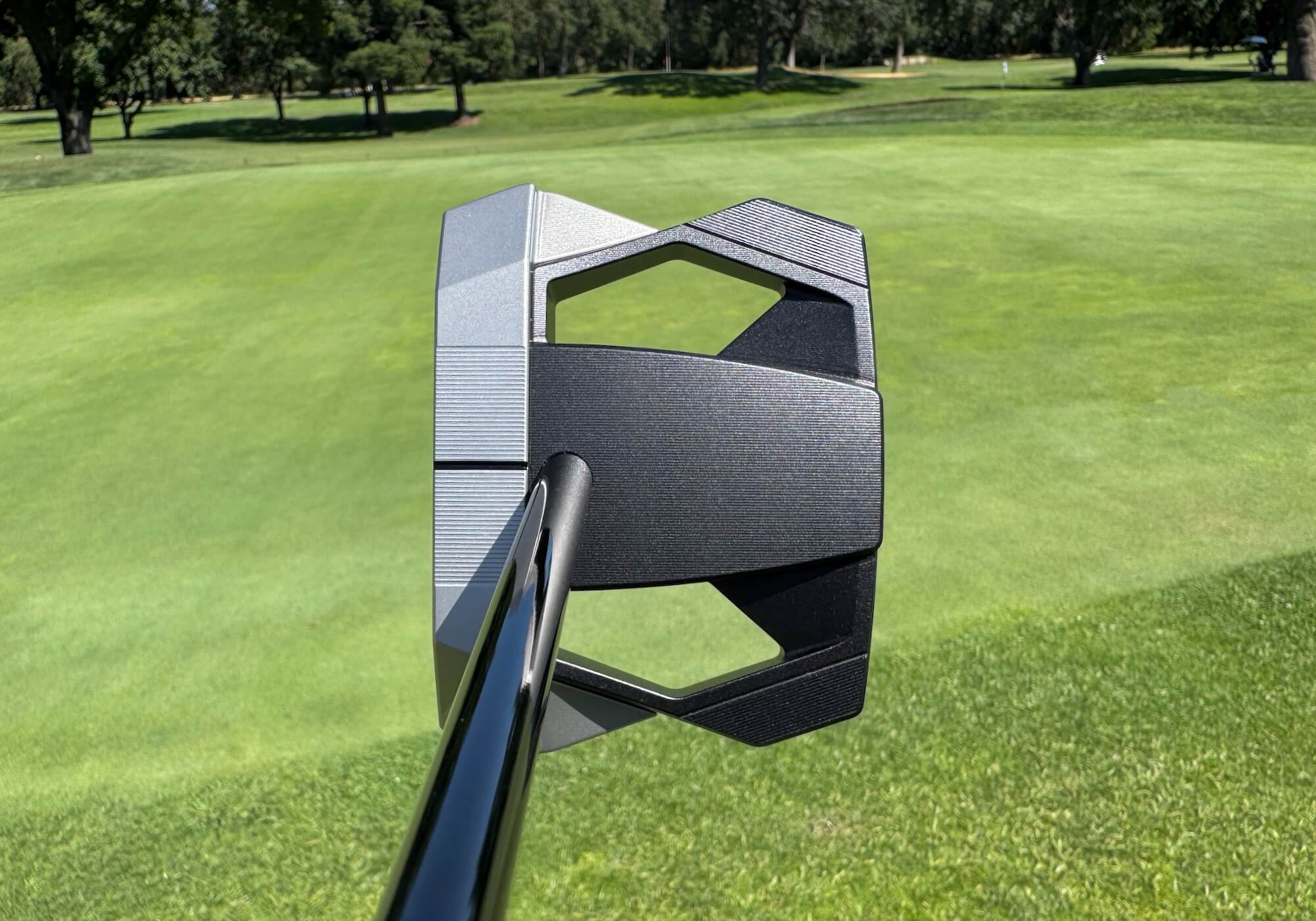
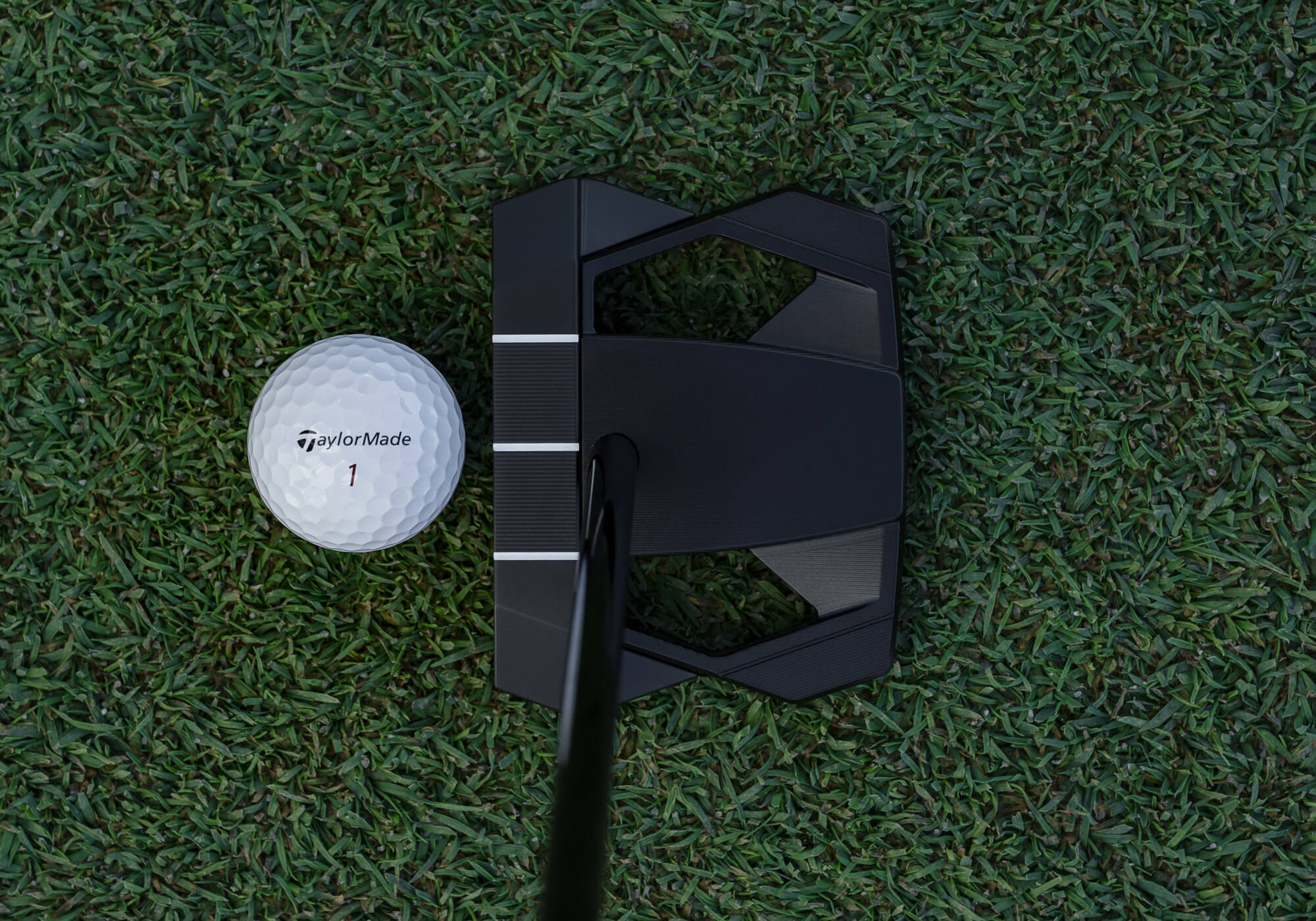
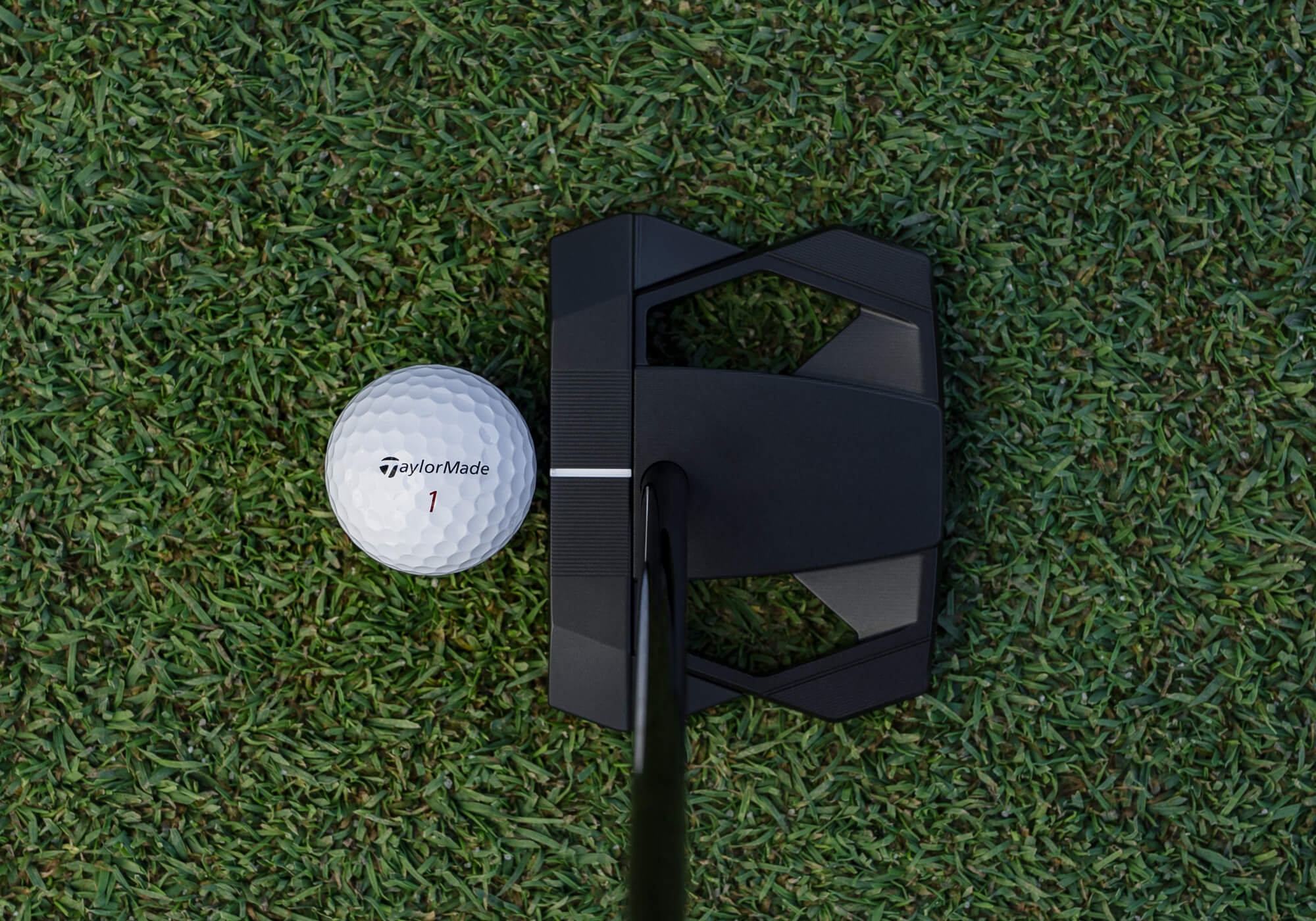

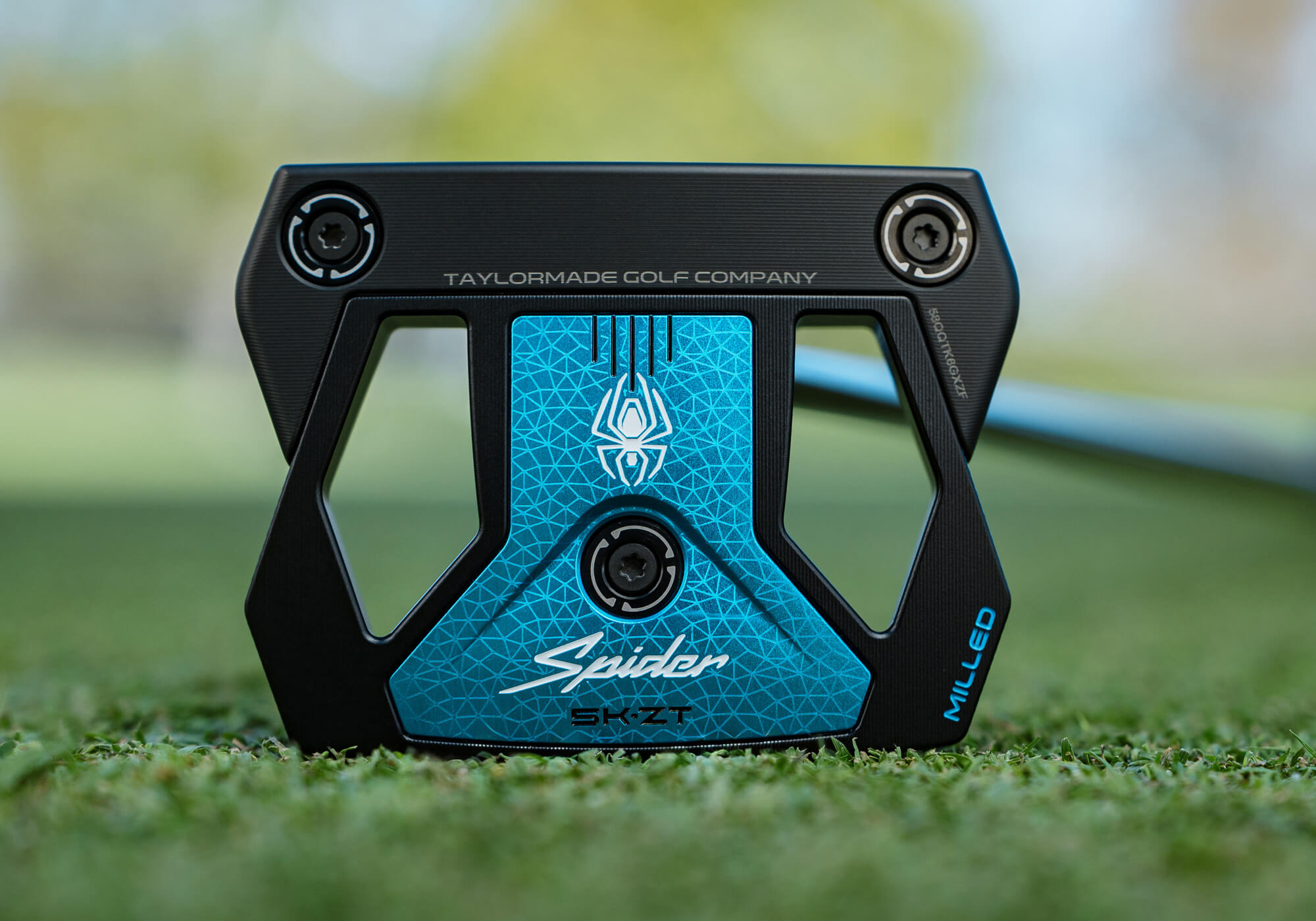
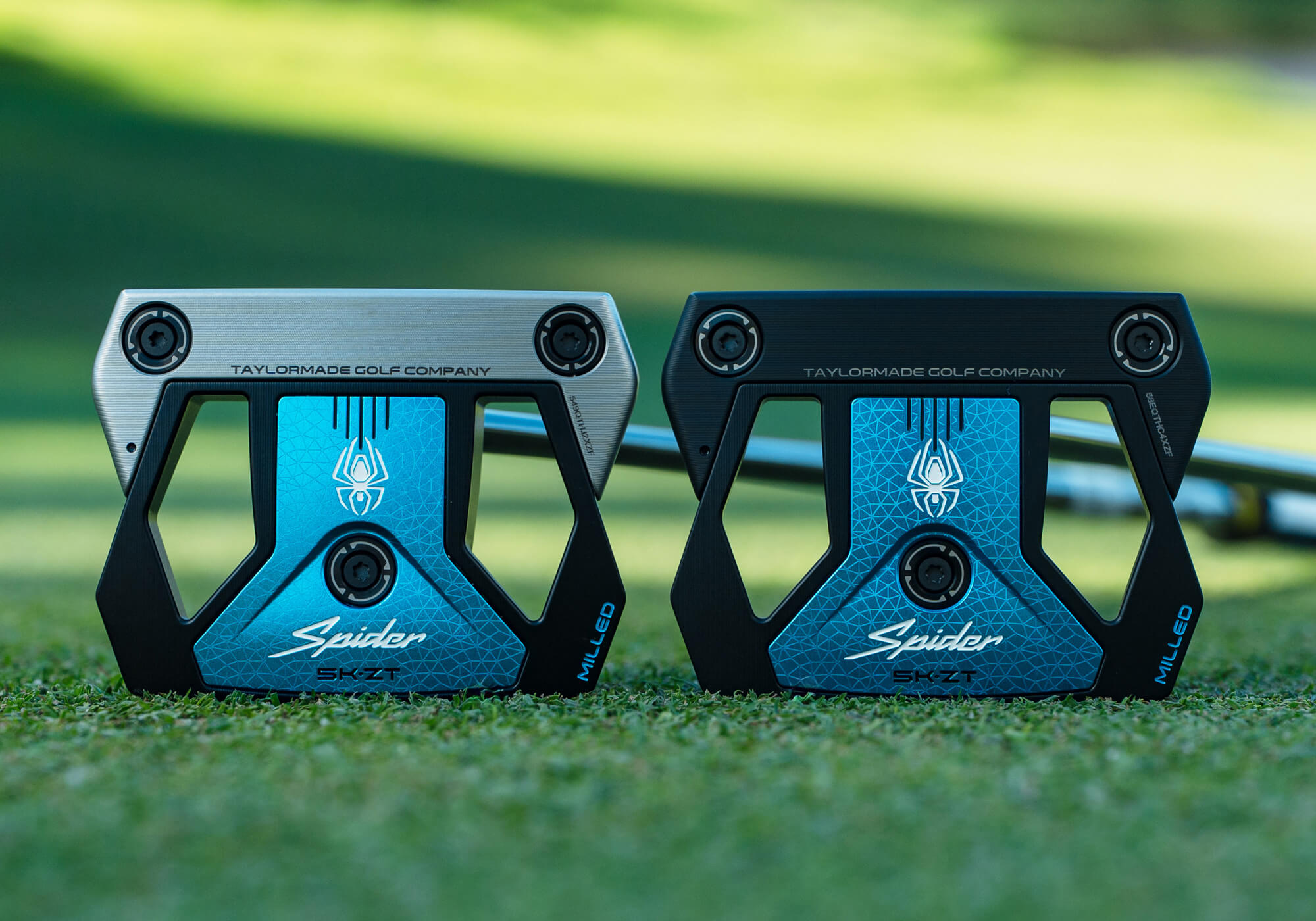
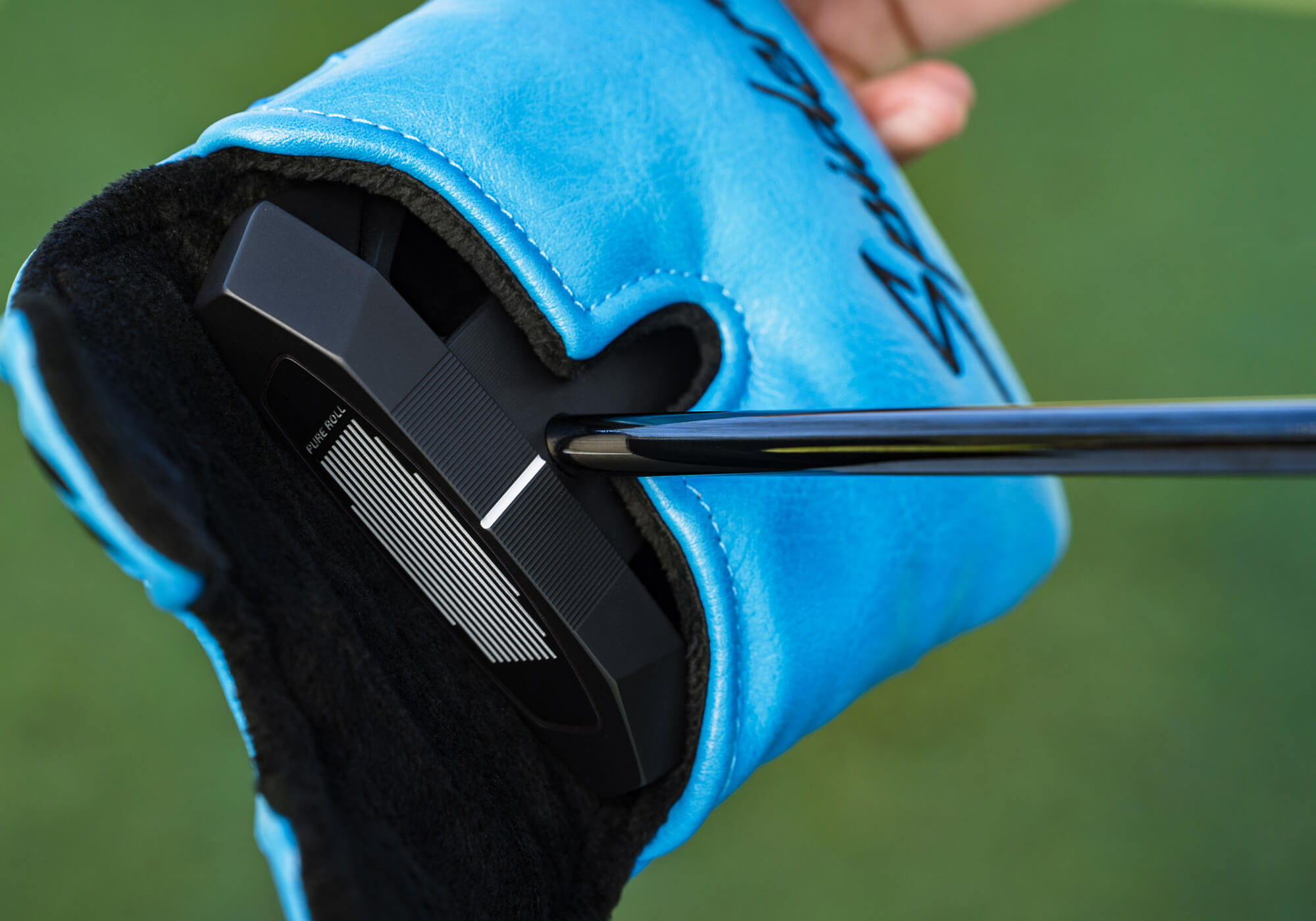
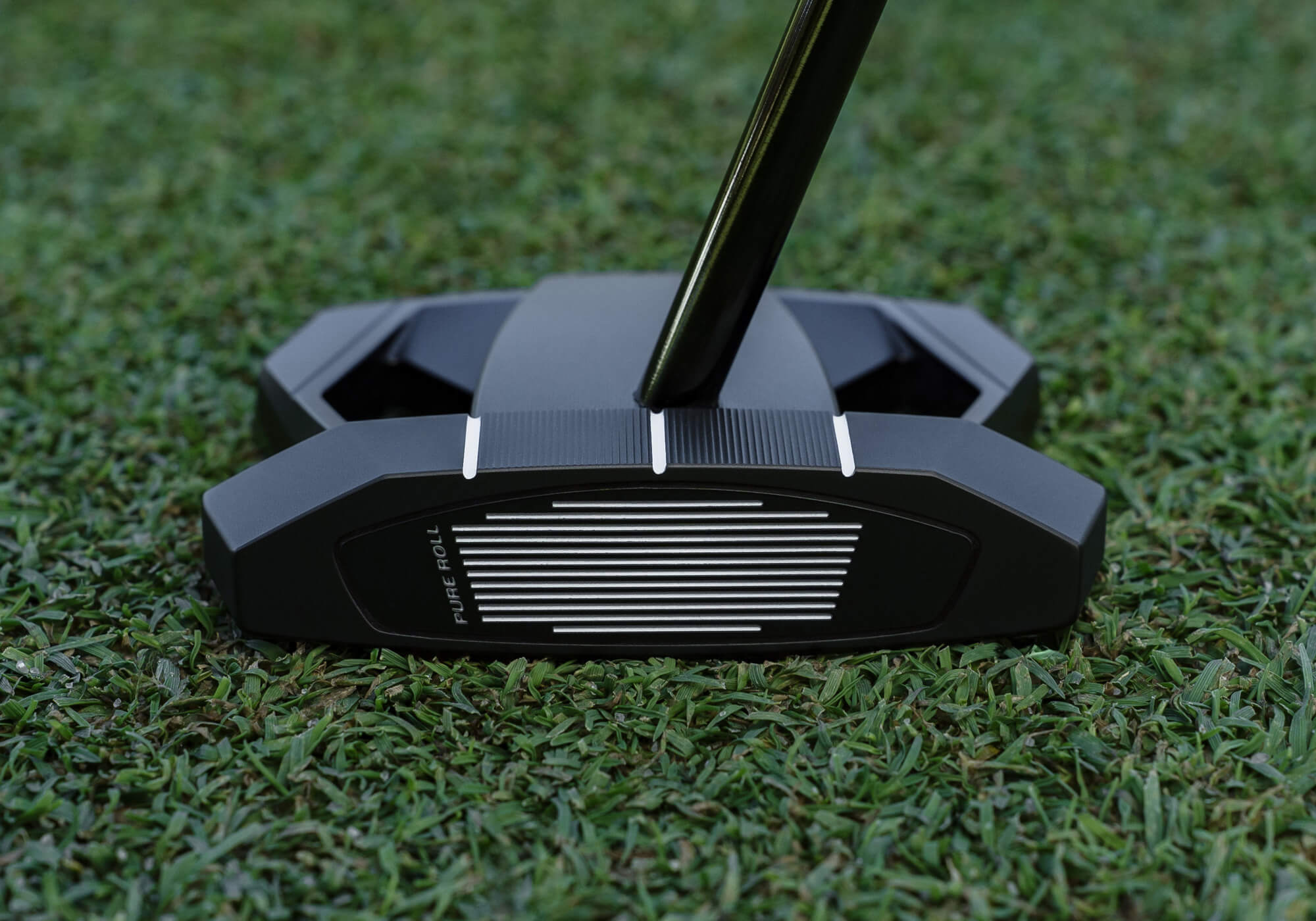
Notah Begay III provided two surprising places Tiger Woods could make his PGA Tour return in a recent podcast interview.
The post Insider predicts Tiger Woods could make surprise PGA Tour return appeared first on Golf.
In my estimation, few things in life lead to more bad decisions than cheap tequila, blue-eyed brunettes, and 64-degree wedges.
That’s not to say those bad decisions aren’t without merit. Often they result in one hell of a good time.
The regret comes later.
All of that brings me to the last Vokey WedgeWorks release of 2025: the limited-edition Wedge Works 64 T Grind.
Oh. My. God. A 64-degree T Grind?
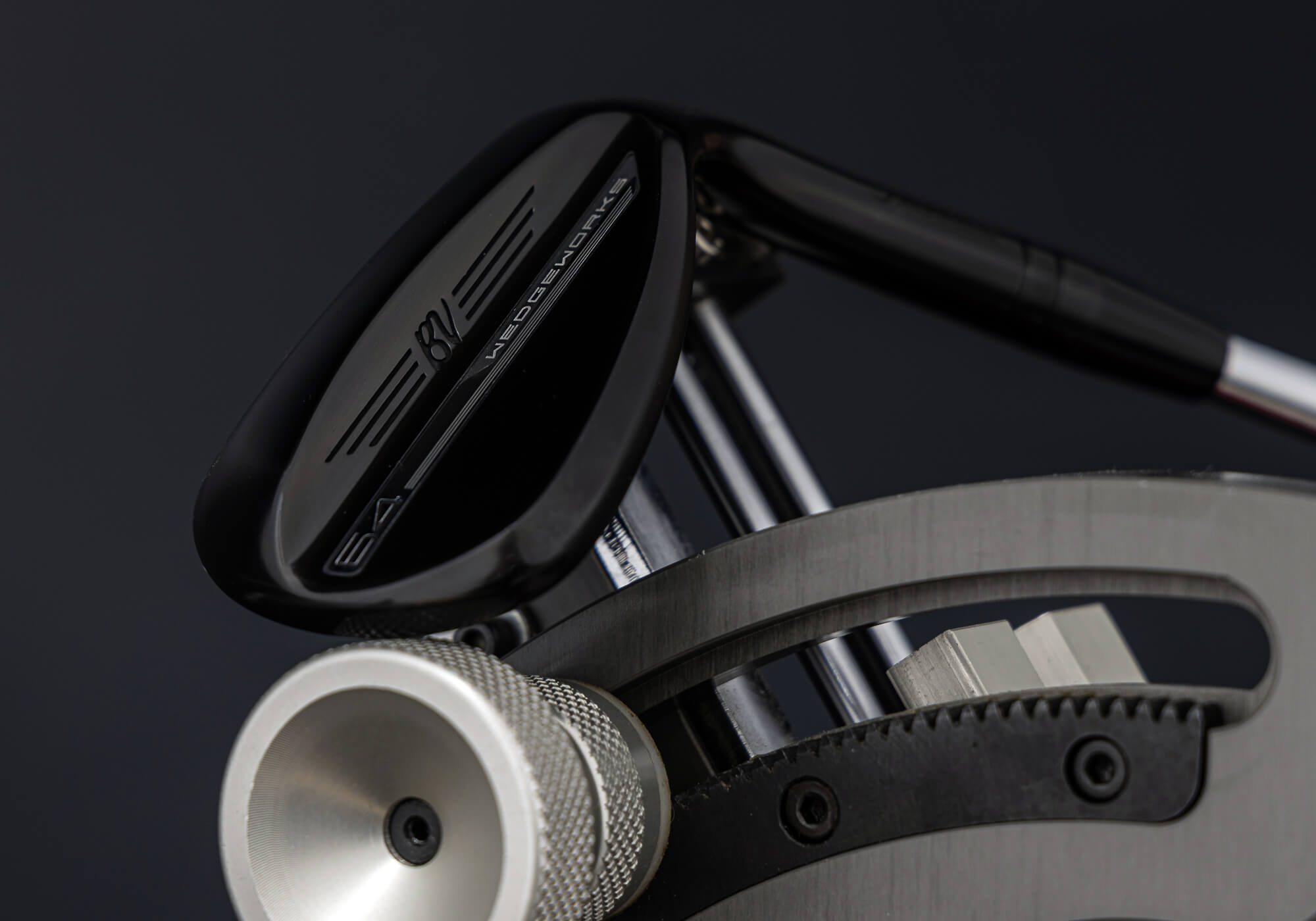
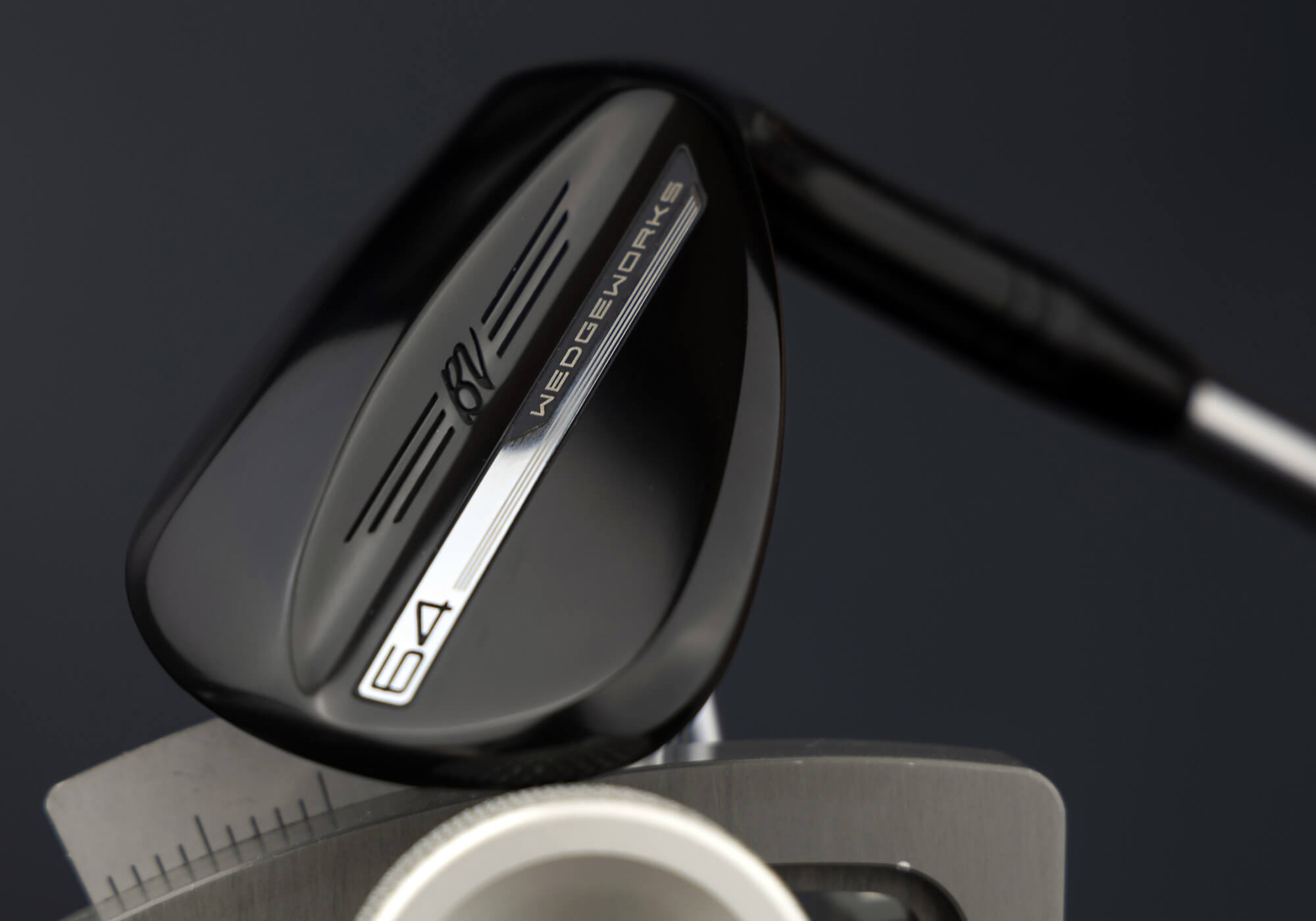
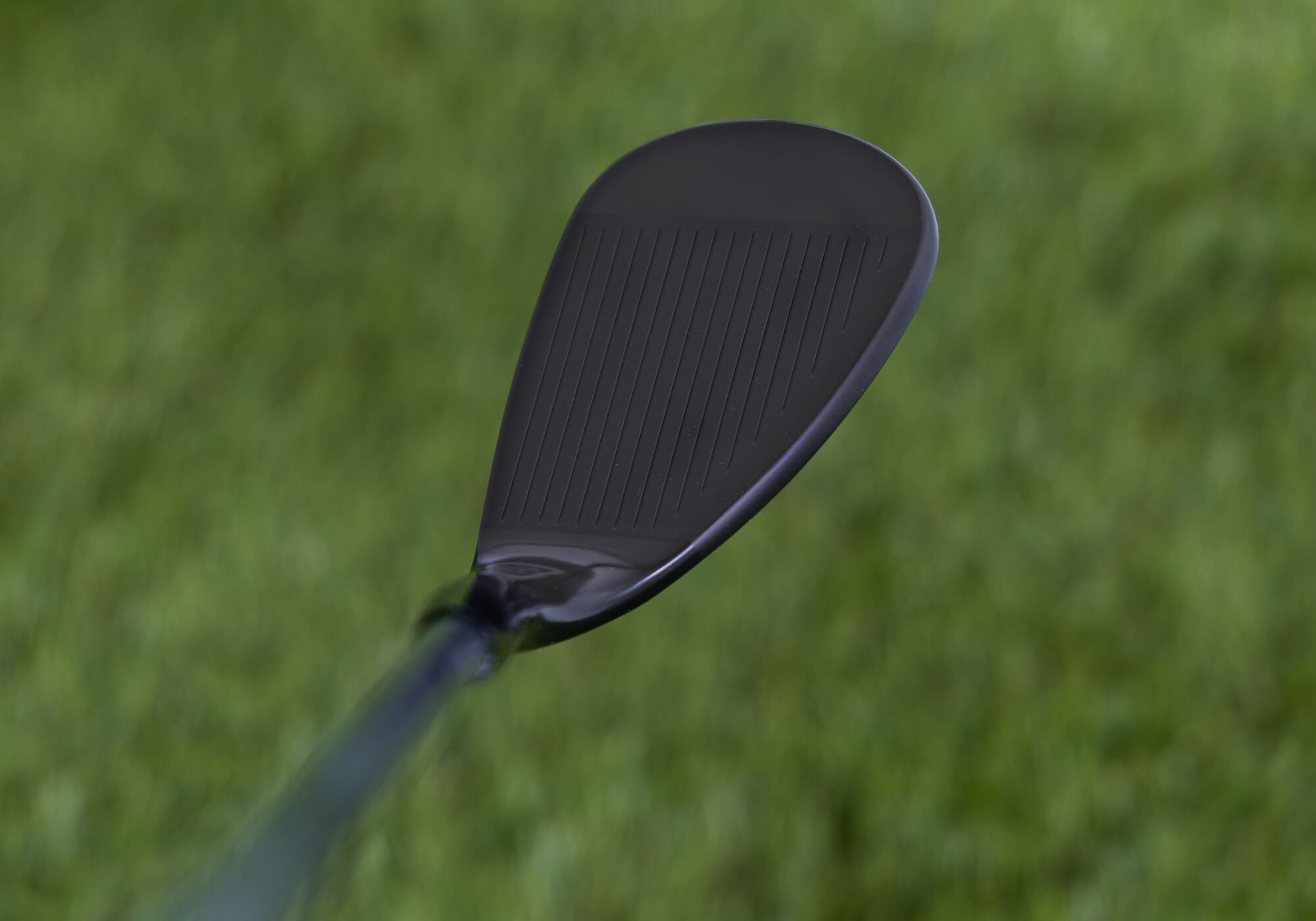
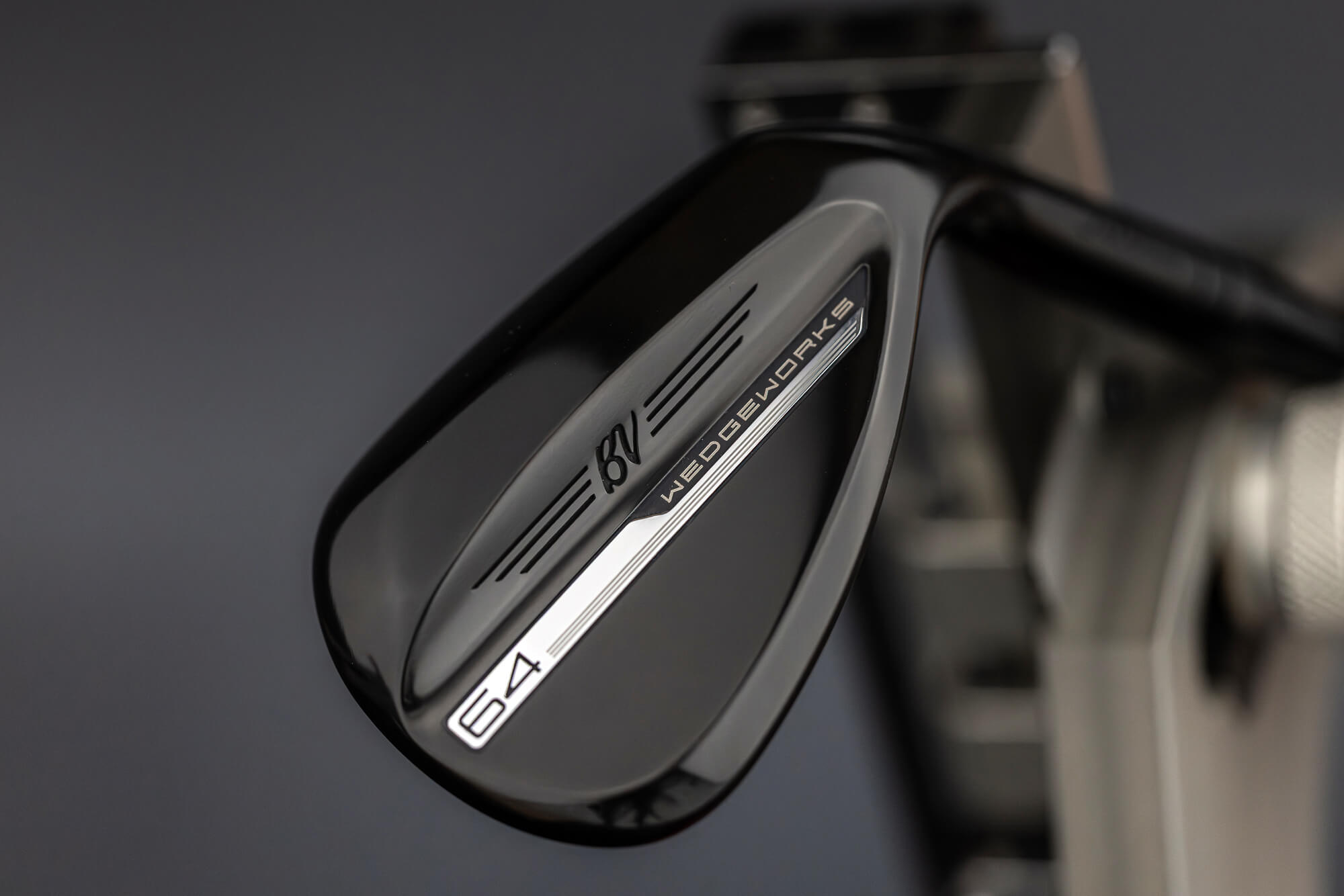
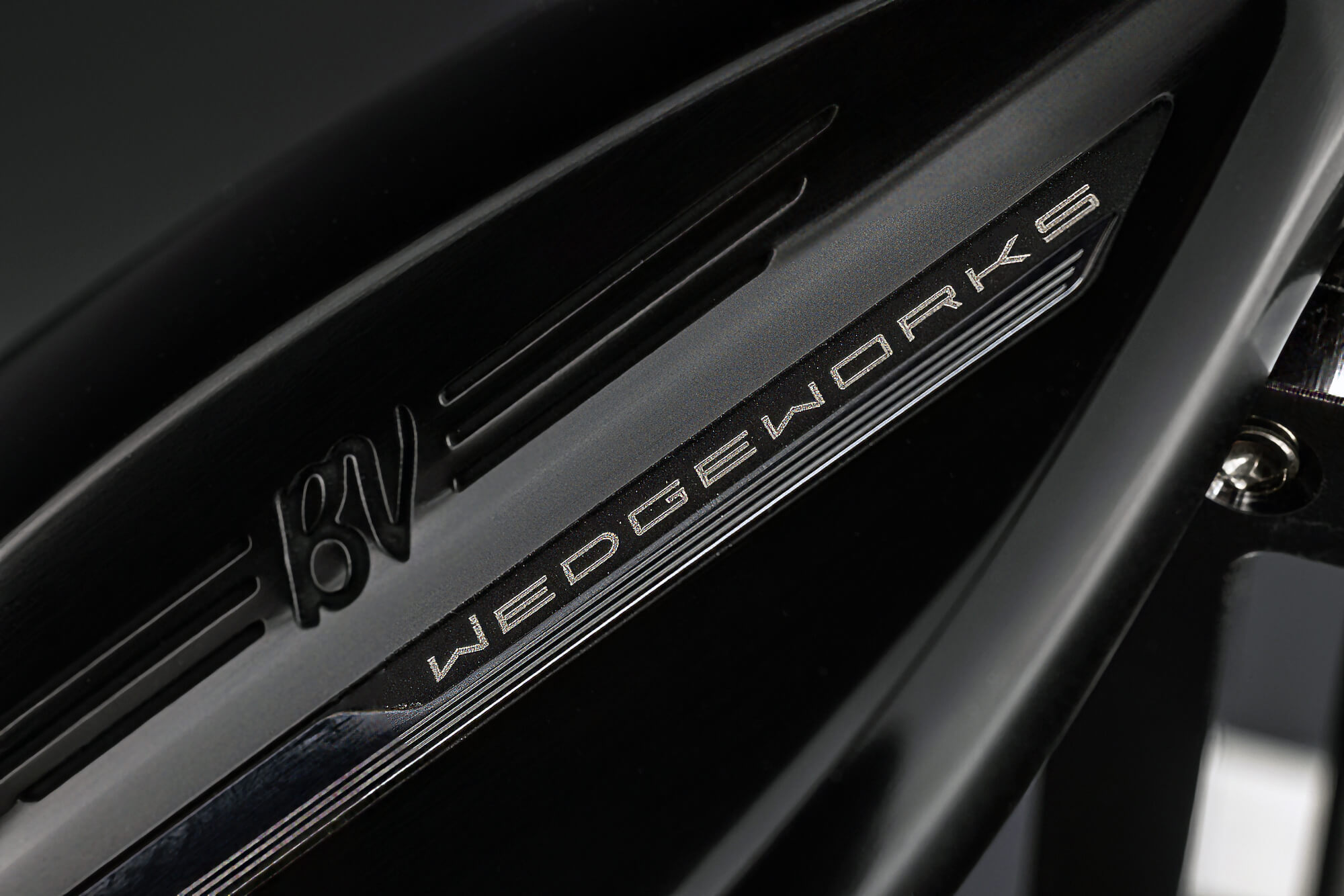
How to watch the 2025 RSM Classic on Thursday, including full RSM Classic TV coverage and streaming details for Round 1.
The post 2025 RSM Classic Thursday TV coverage: How to watch Round 1 appeared first on Golf.
Golf businesses come in many forms, but few are dug out of the dirt like Stacked Golf.
The premise of Stacked is simple: they find interesting golf equipment and you buy it at online auction. Included in that are all sorts of hidden-gem clubs—vintage, limited-issue, modern, nostalgic—that are being discarded far below their value.
The man realizing that value? Jon Armstrong, a rare-find club hunter, who alongside his thrifty wife Ashley, has turned this speciality into a thriving golf club resale community that generates $175,000 a week through live auctions, making Stacked a destination for club collectors. And his YouTube channel, which has surpassed 325,000 subscribers, takes the audience through the exciting-yet-unpredictable club discovery process.
For many MGS readers, Armstrong is living your dream.
Getting to that dream? It was no easy find.

Today’s exploration started with a simple question:
“Is the new Vessel Player V bag better than my Vessel Player IV bag?”
As the calendar year ends, the new golf gear season begins. Over the next few months, companies will sing the praises of their new products.
But are they actually better?
For clubs, companies can quote and promote the superior spin and distance data generated by robots and analyzed by computers. Naturally, their statistics will show that you should ditch the previous model and spend another $600 this year on that new driver.
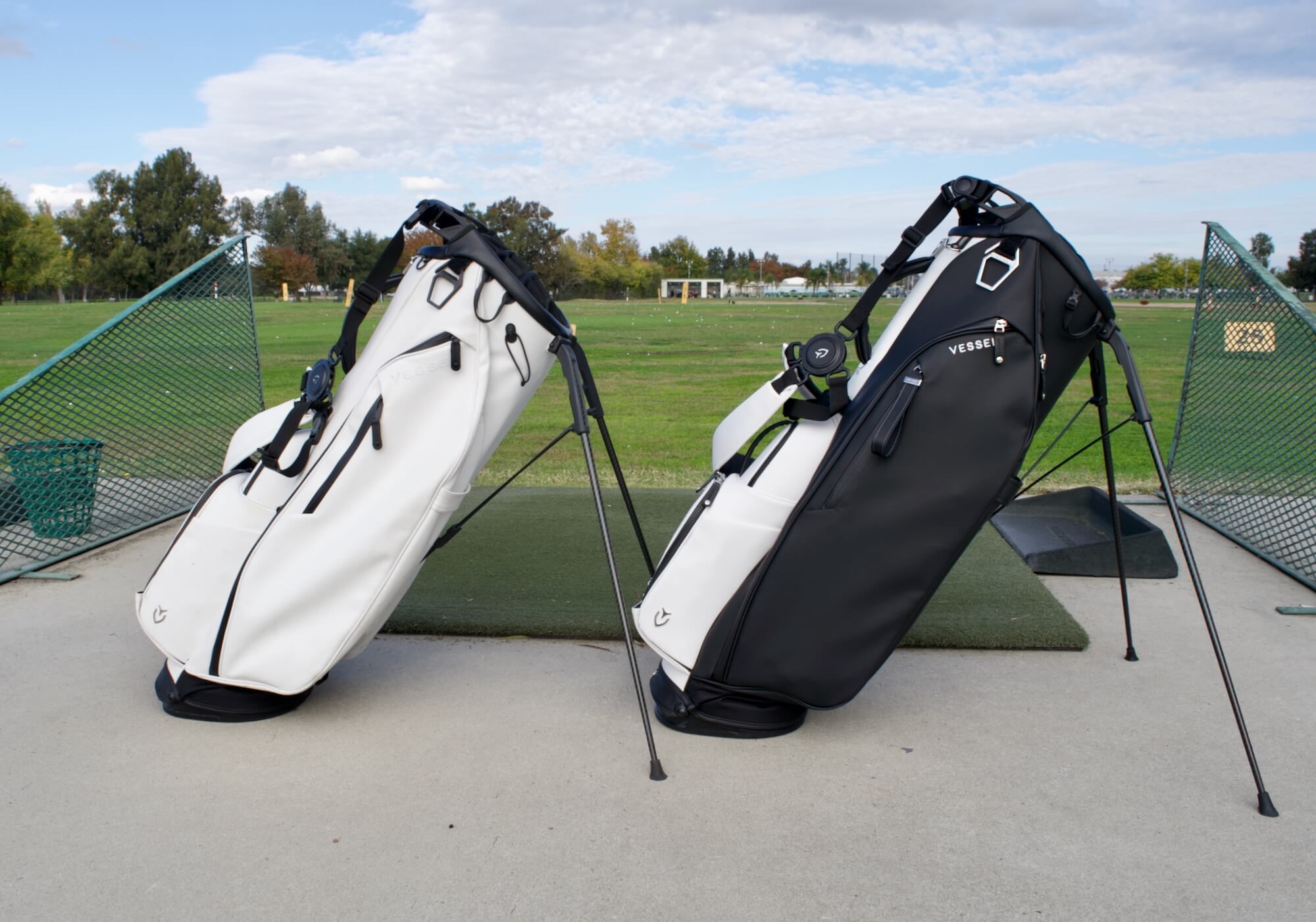
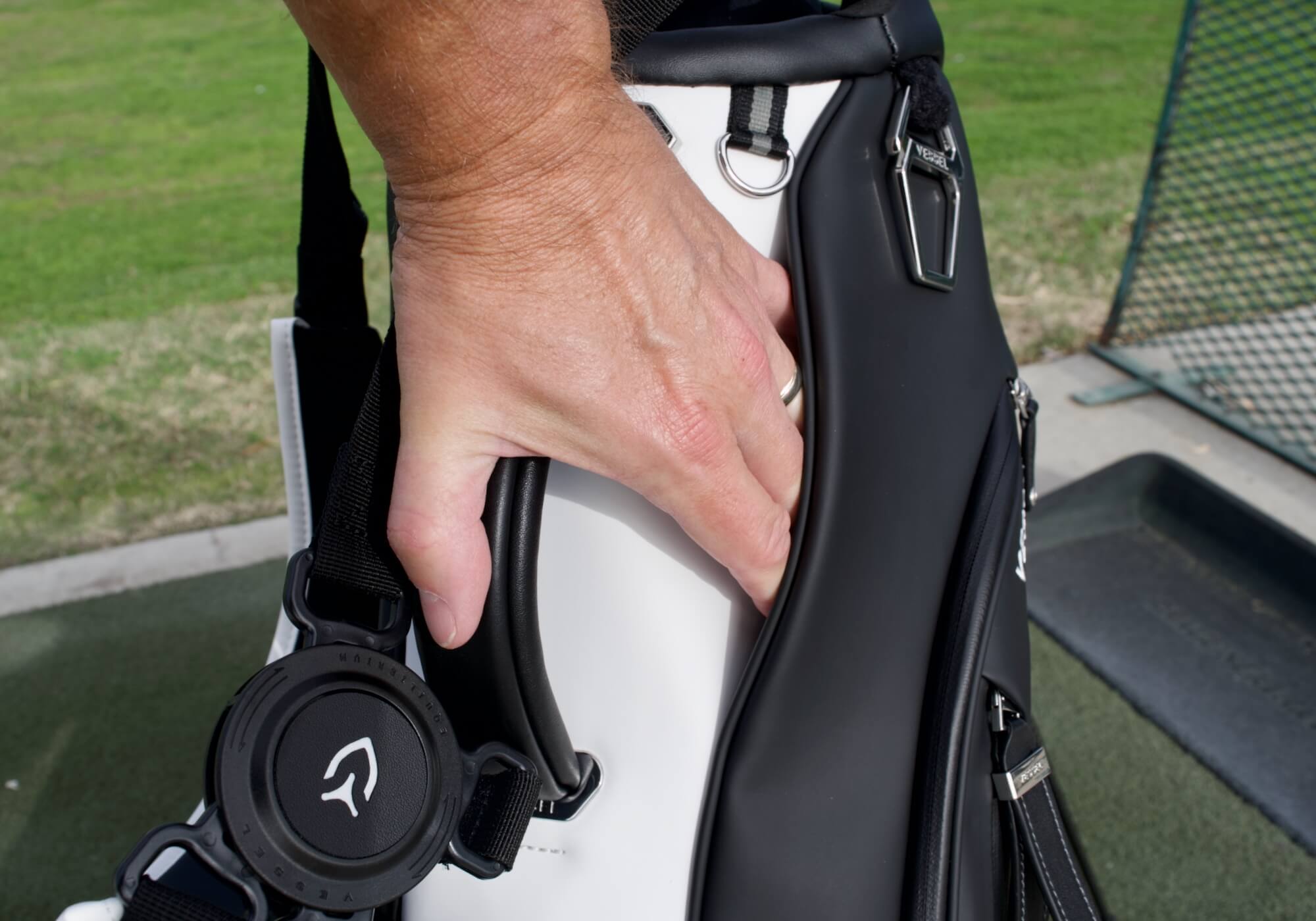
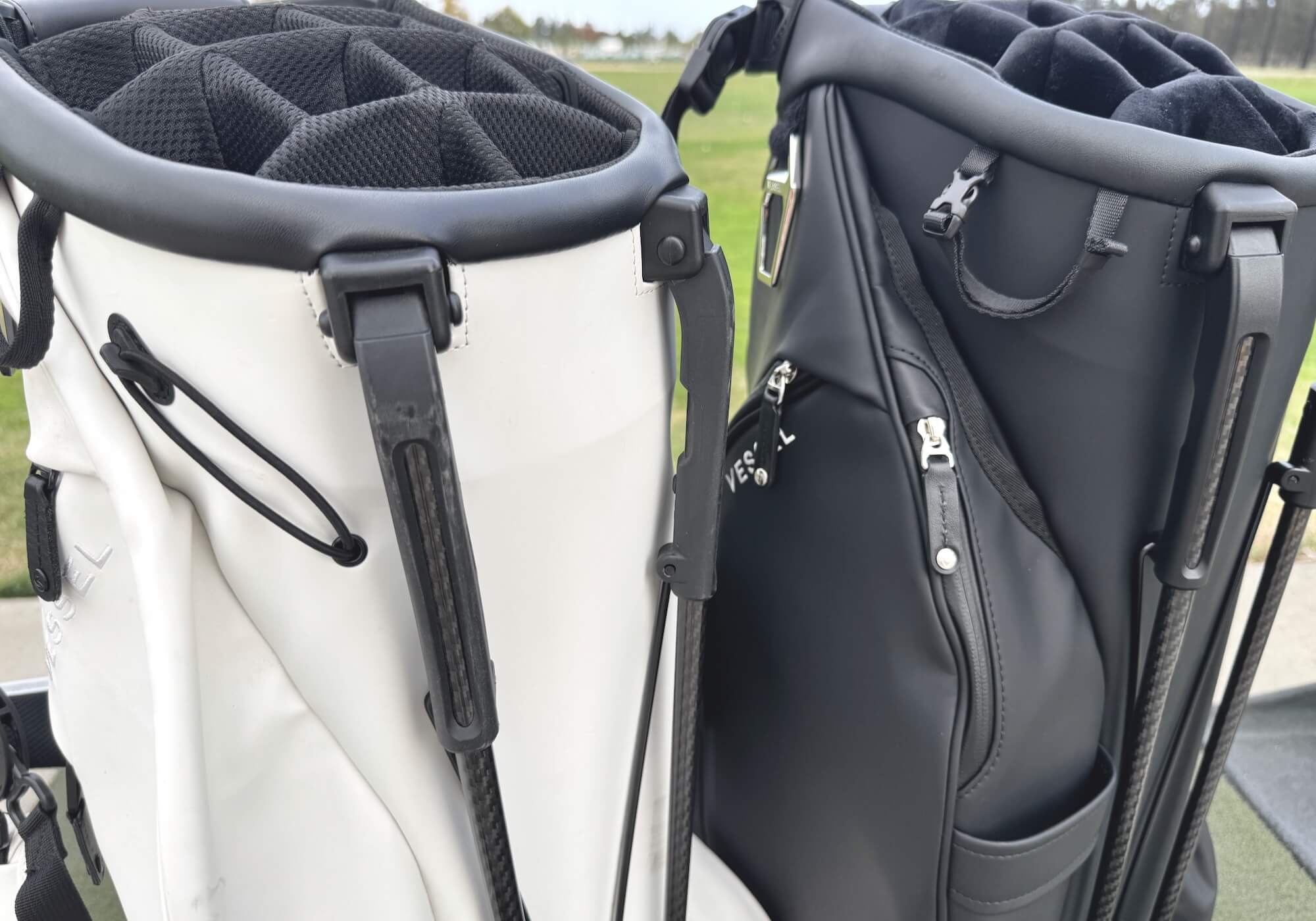
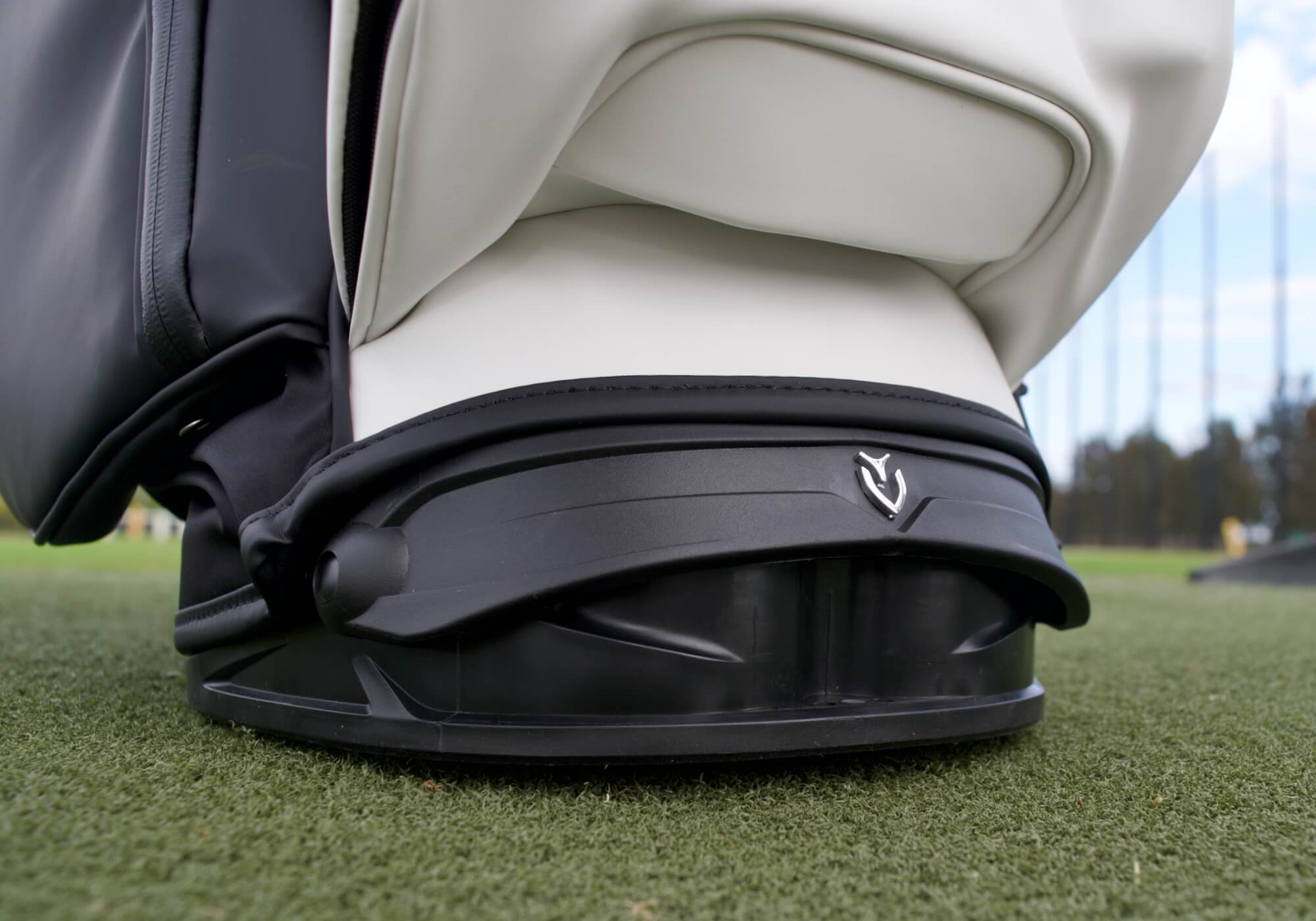
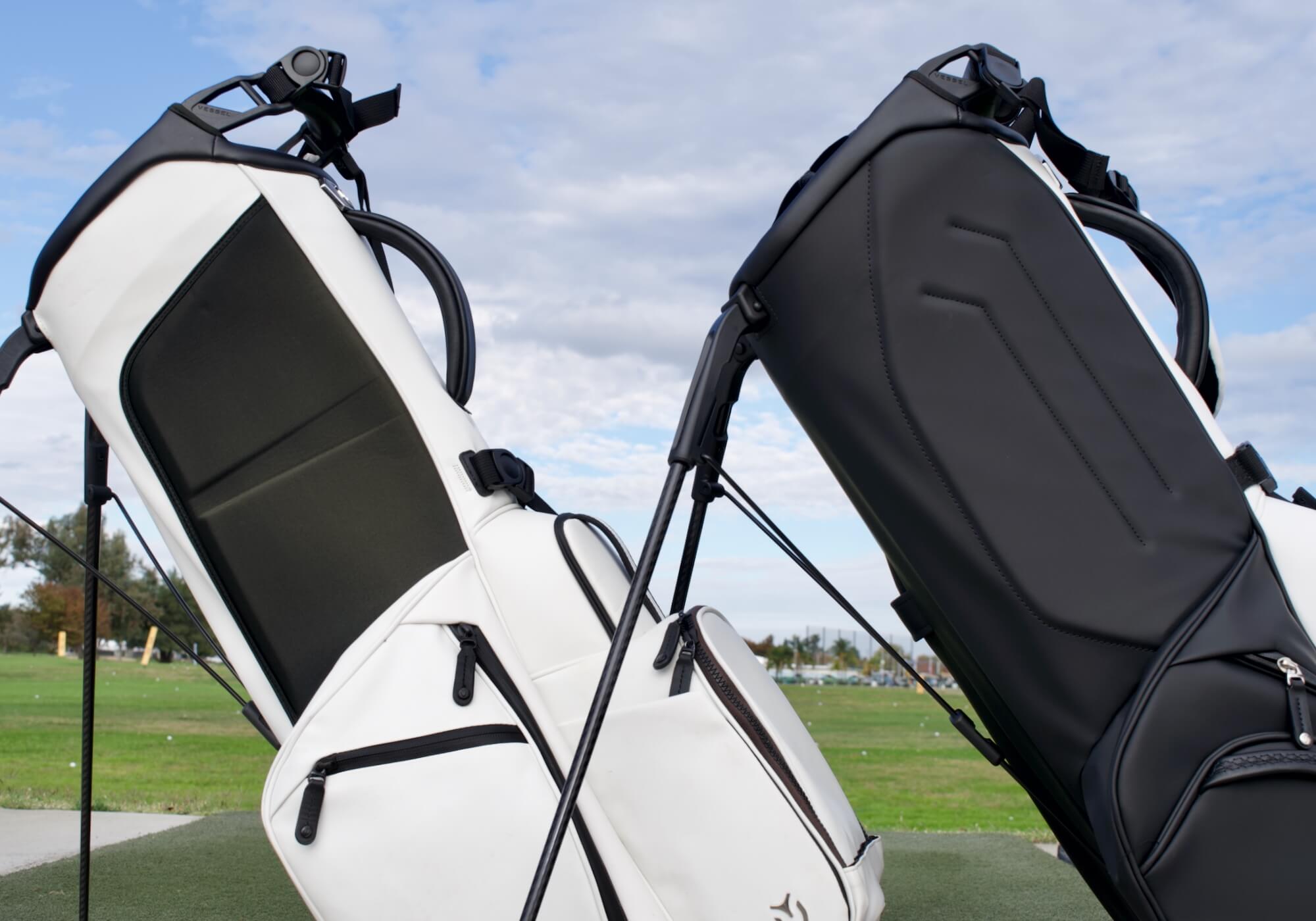
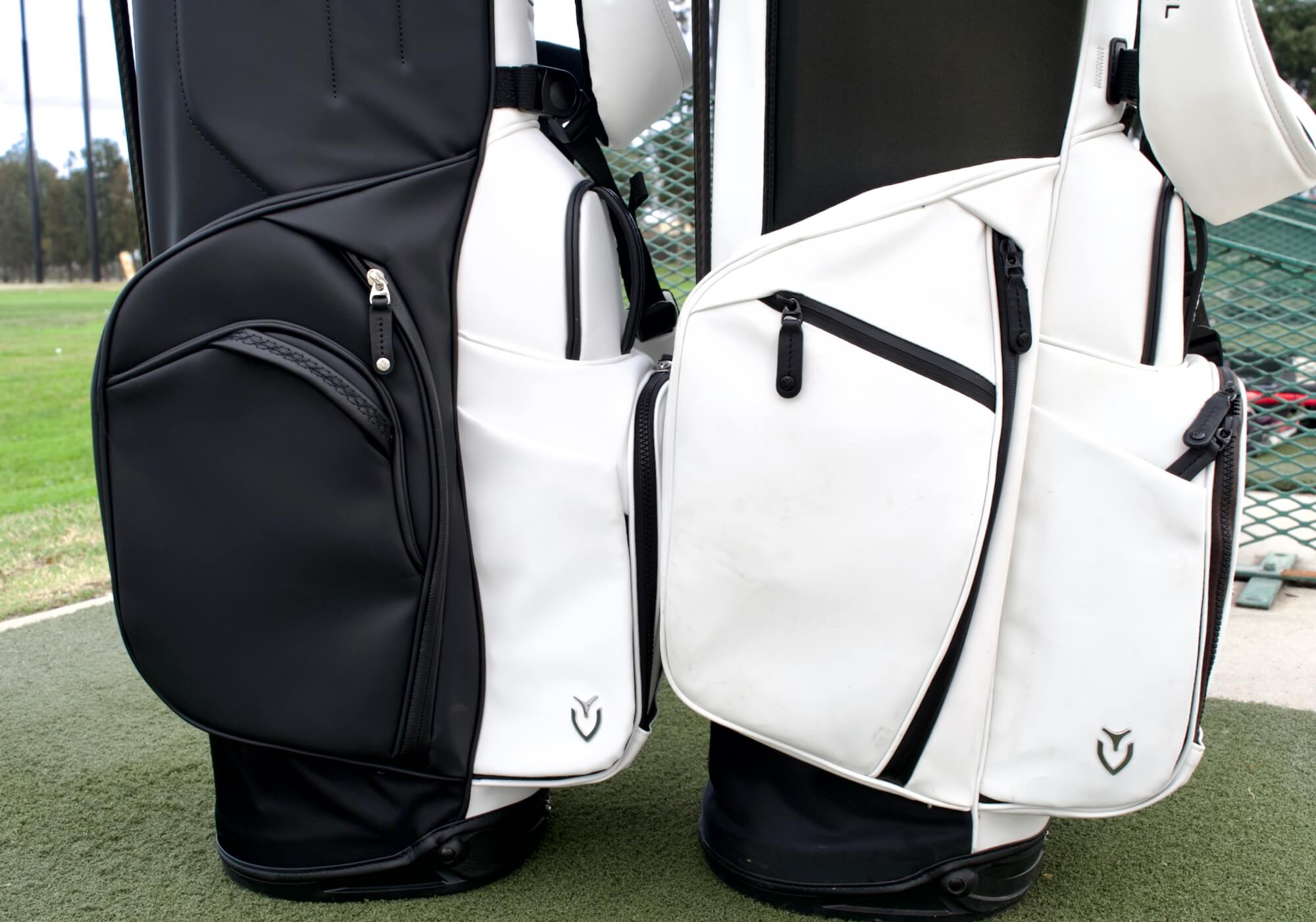
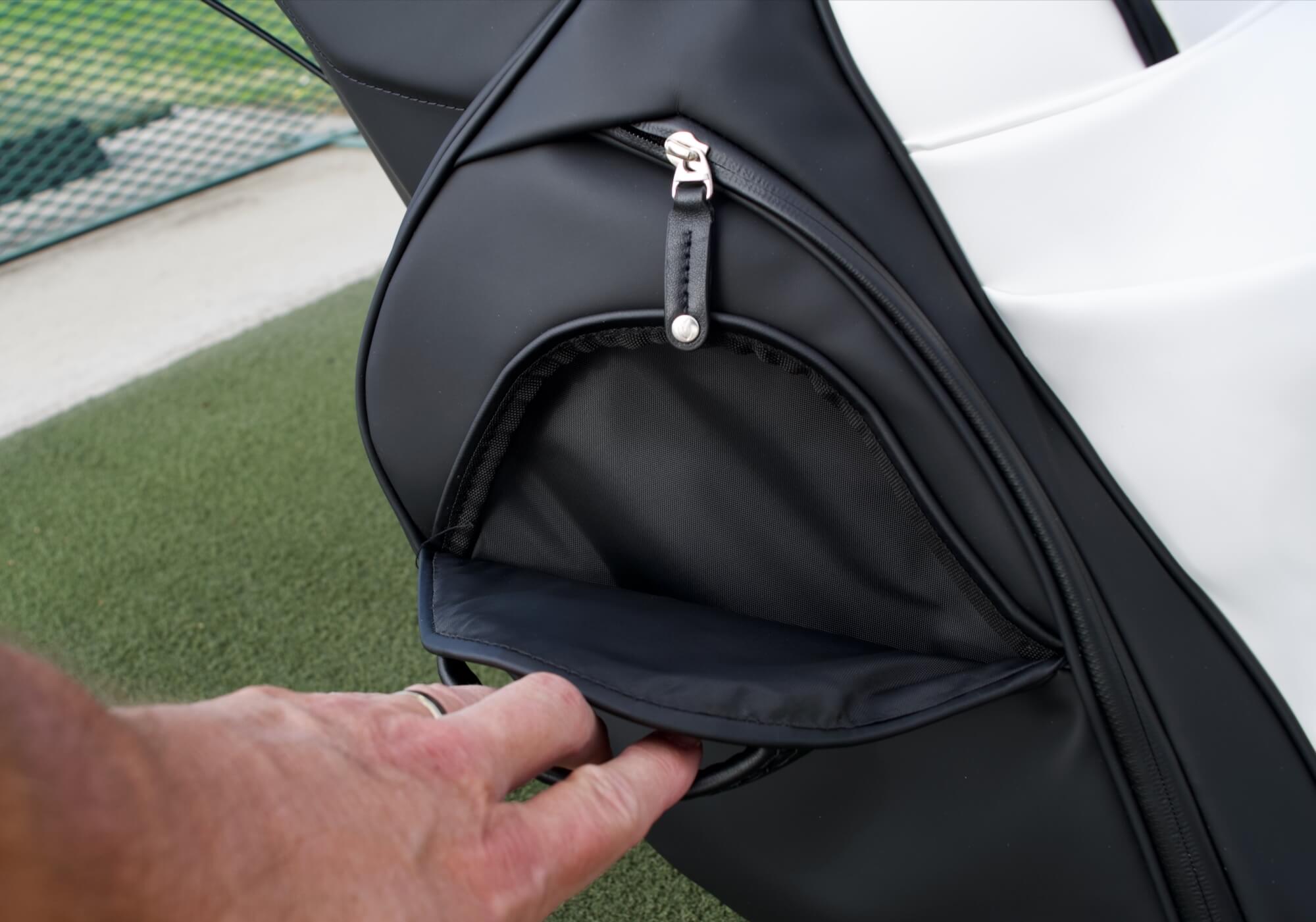
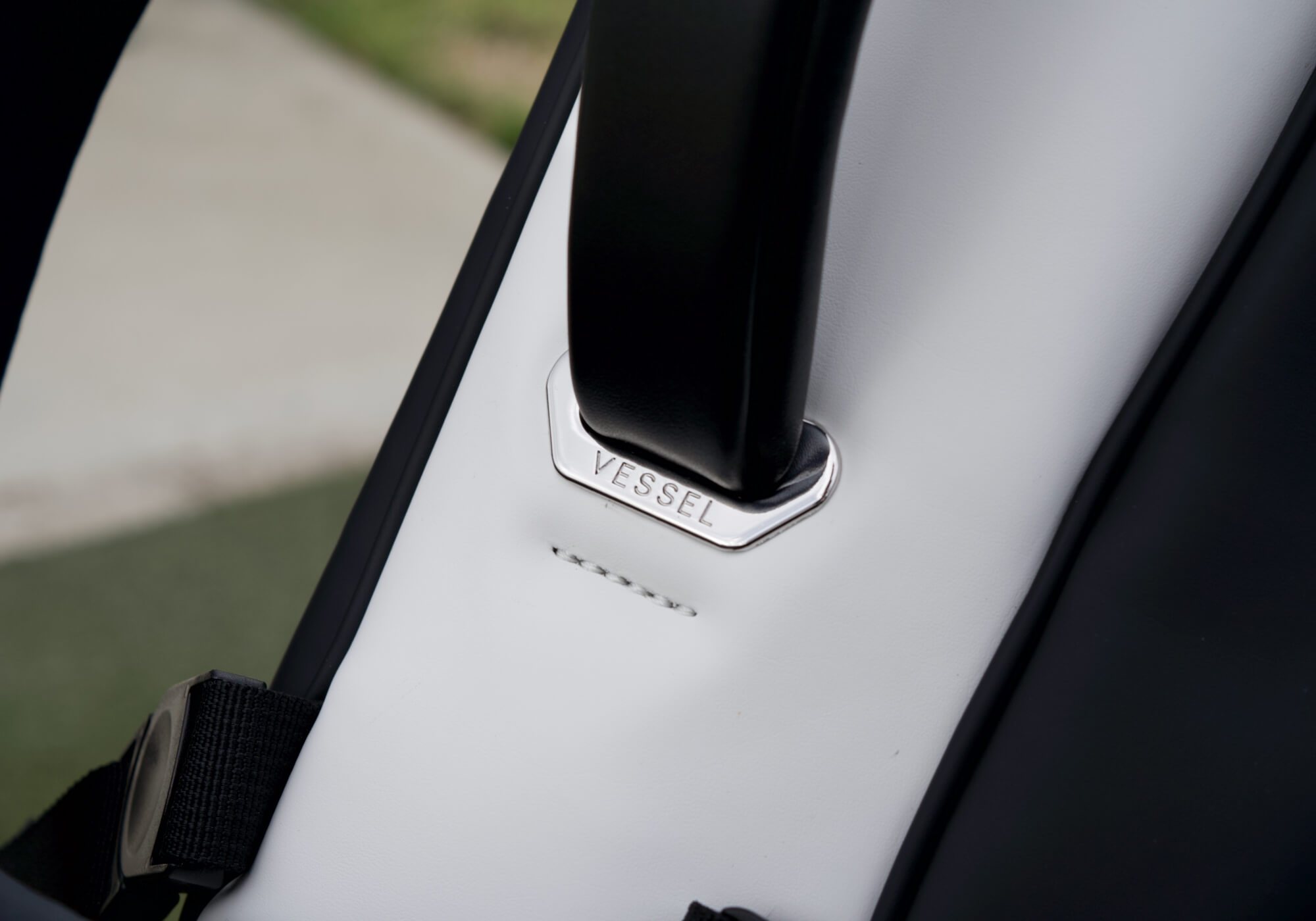
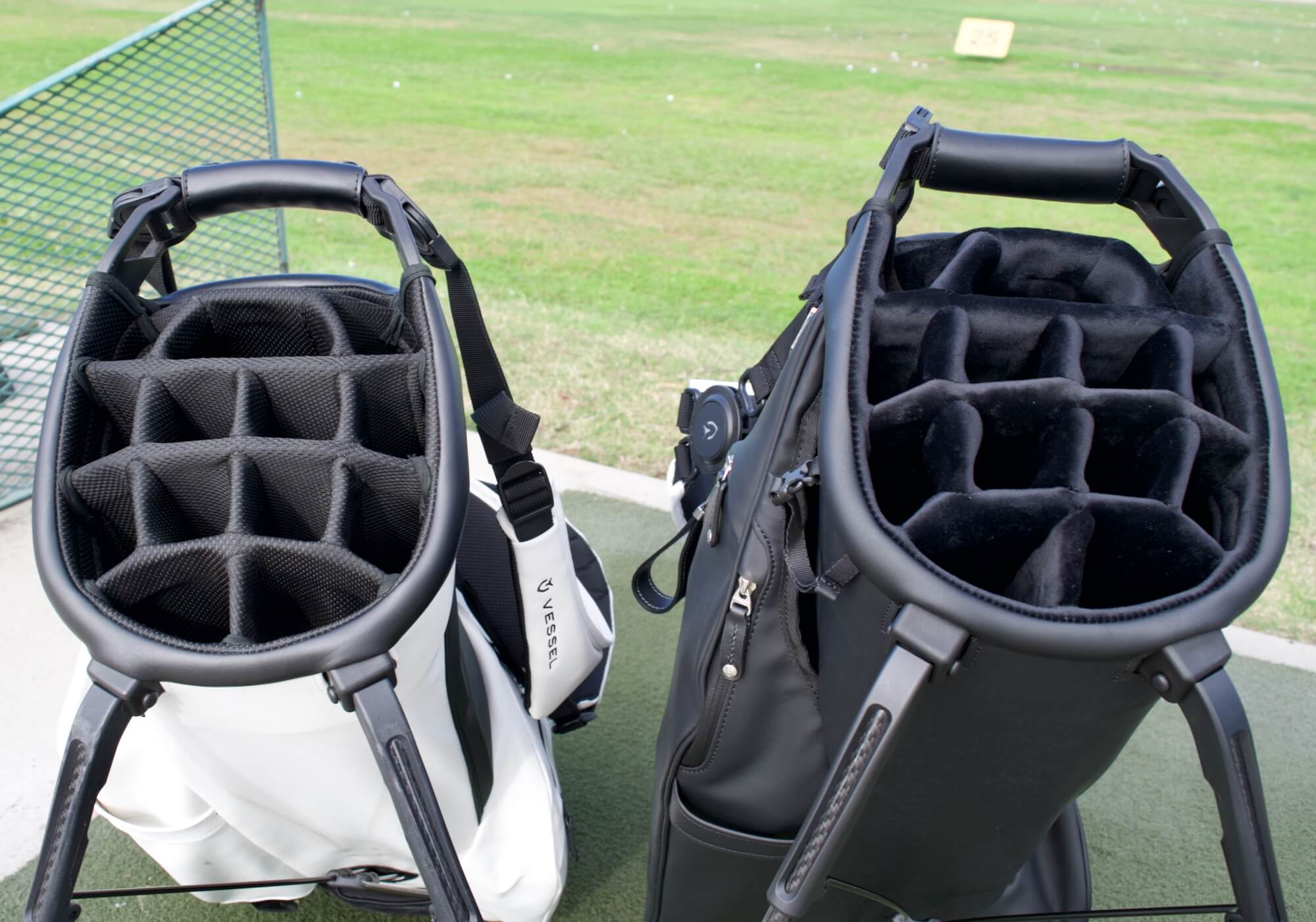
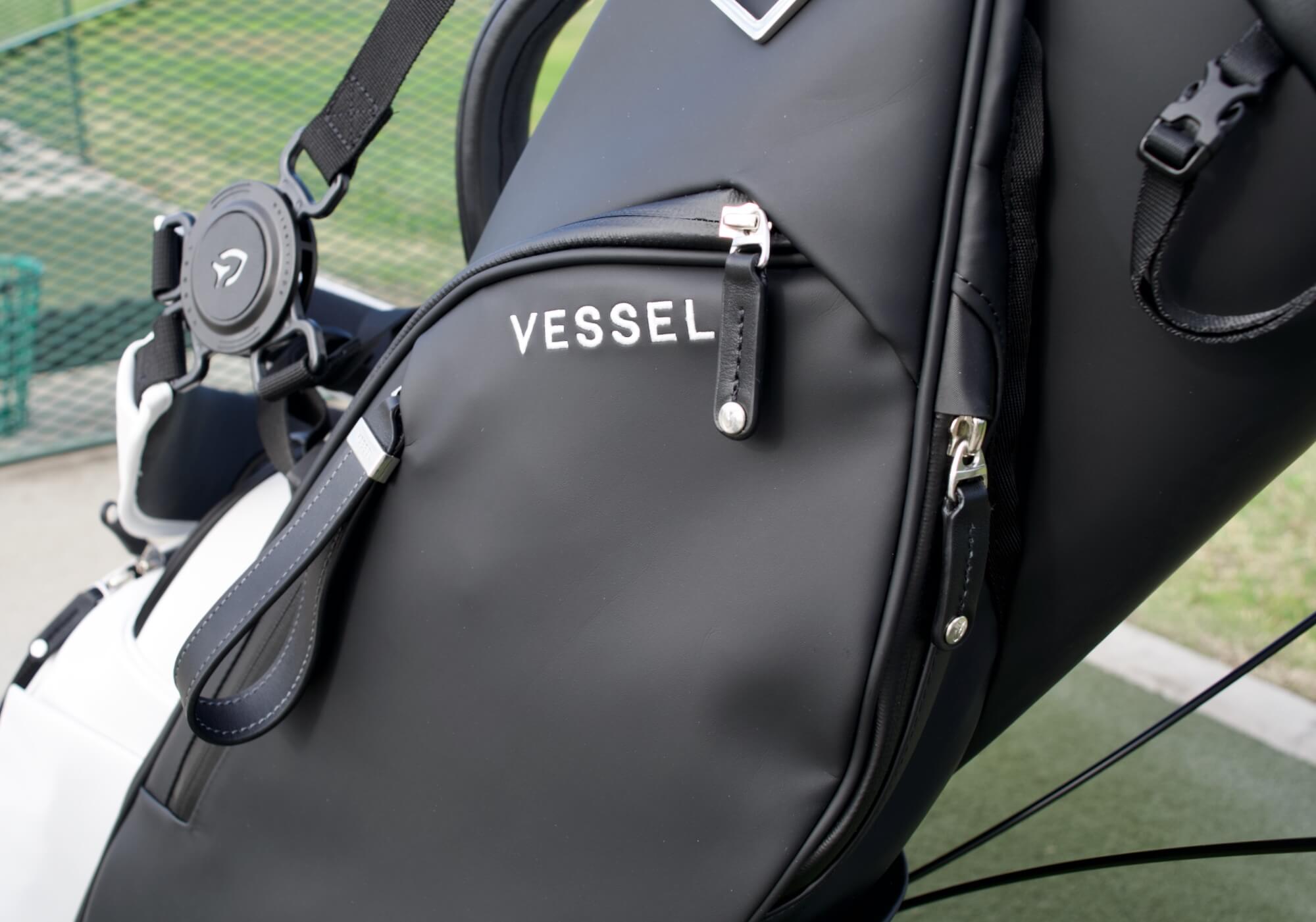
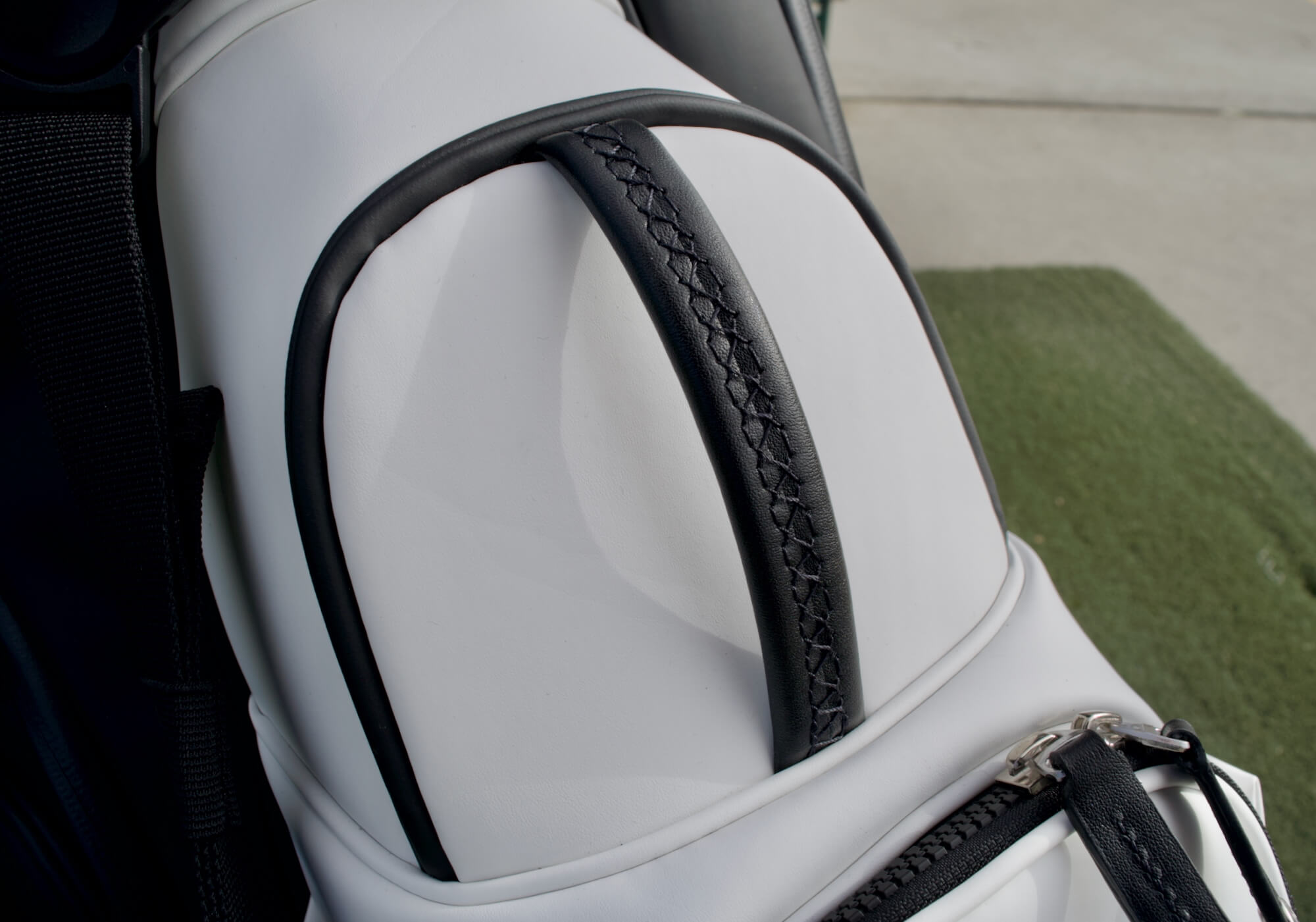
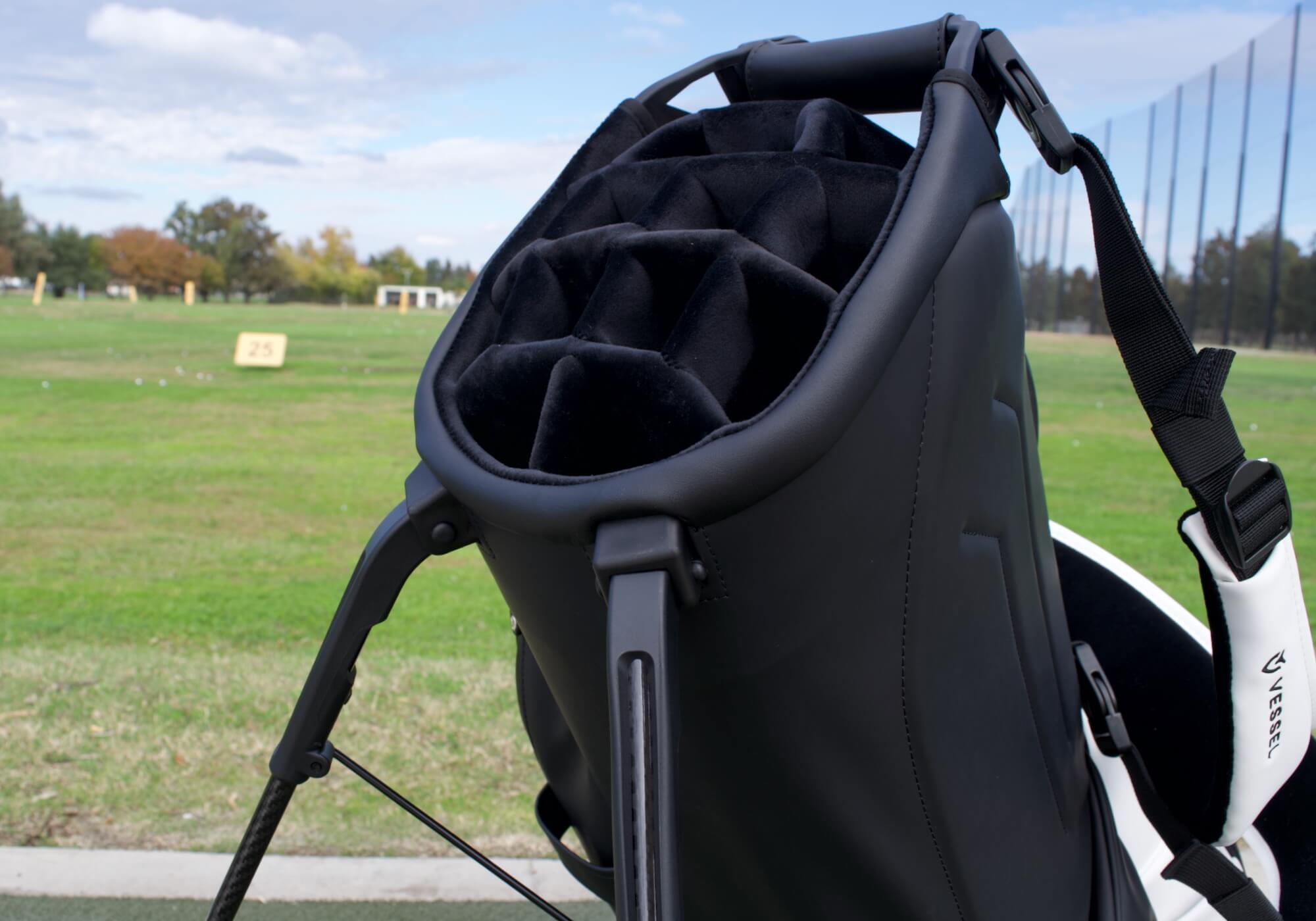
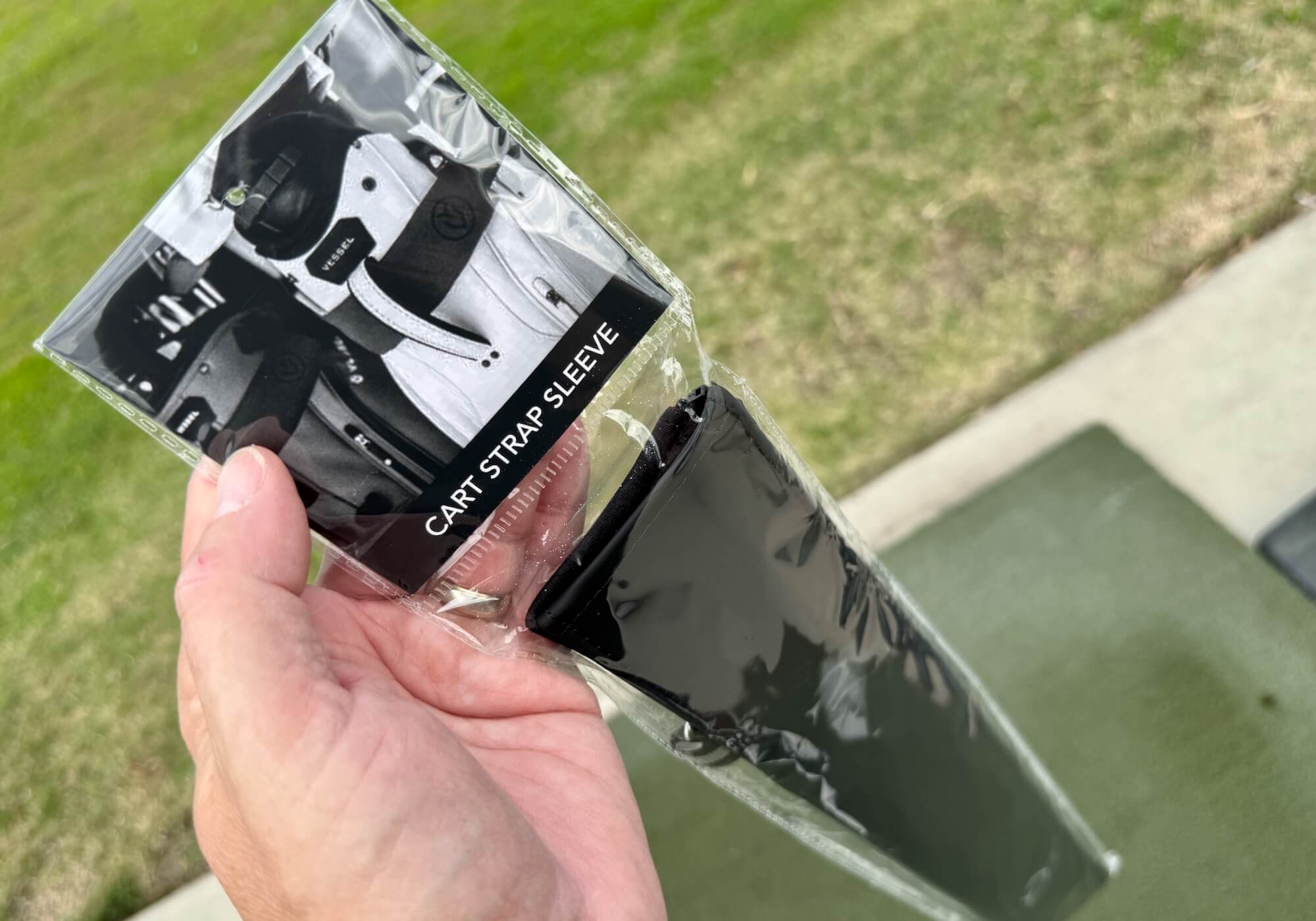
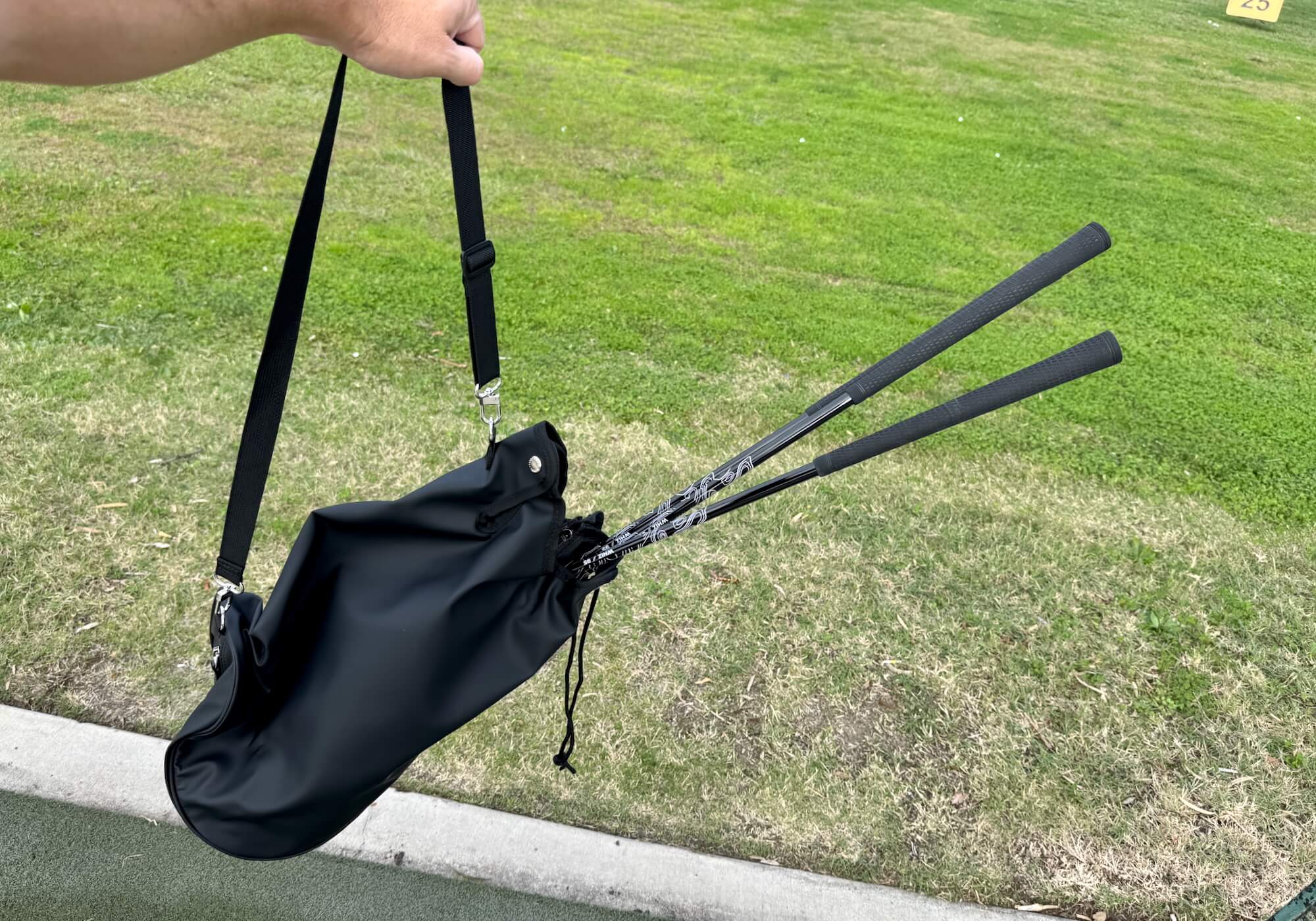
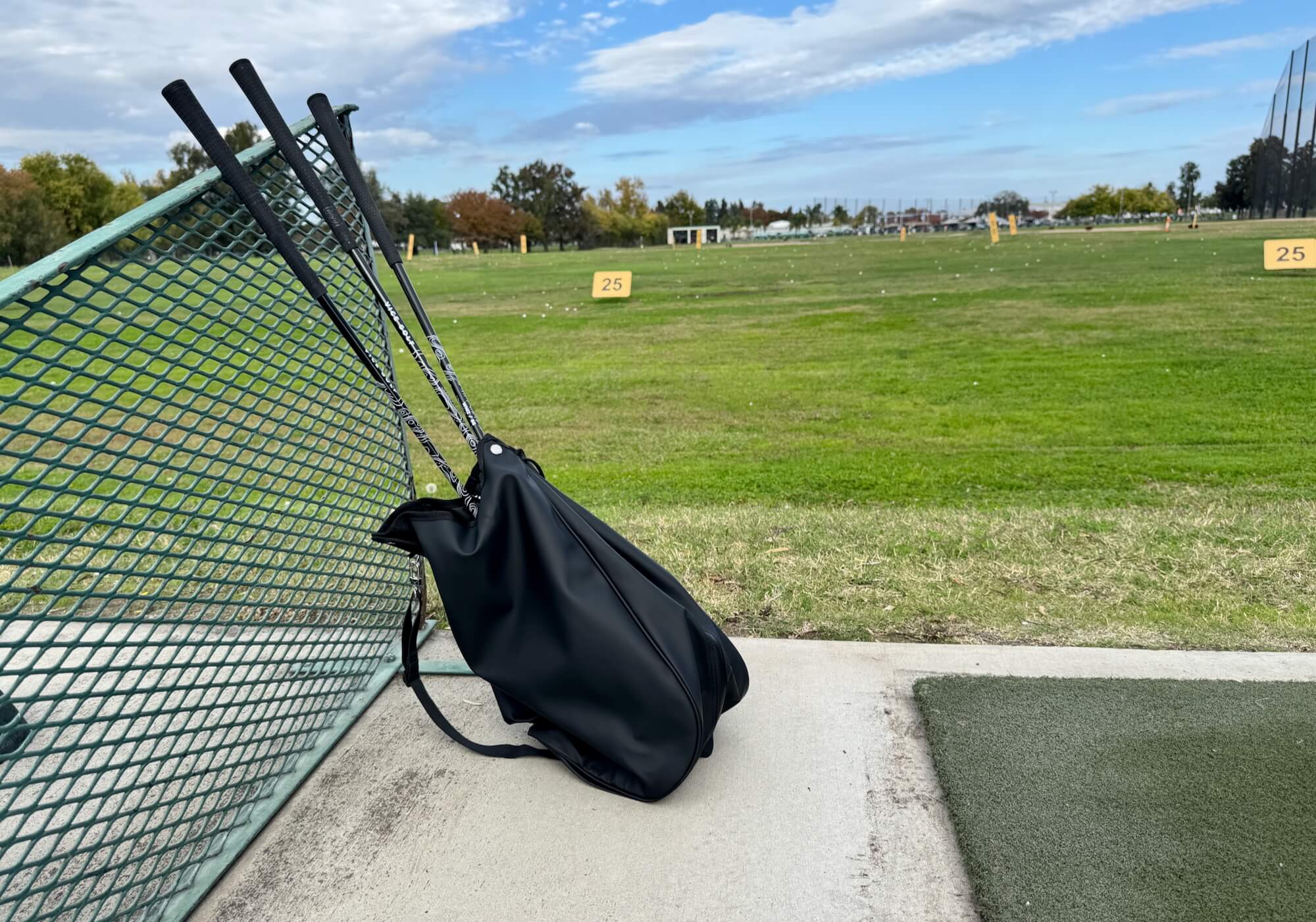
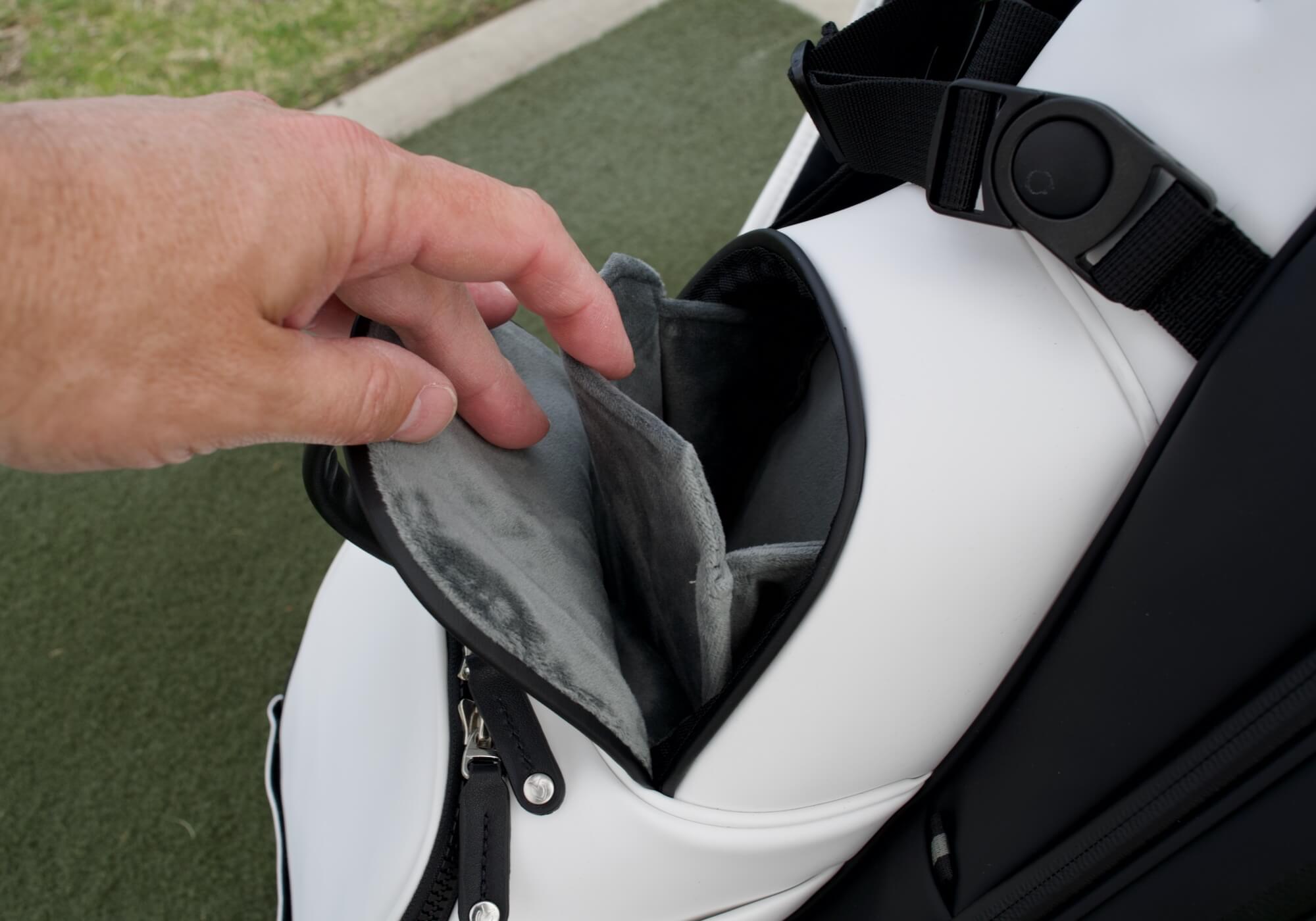
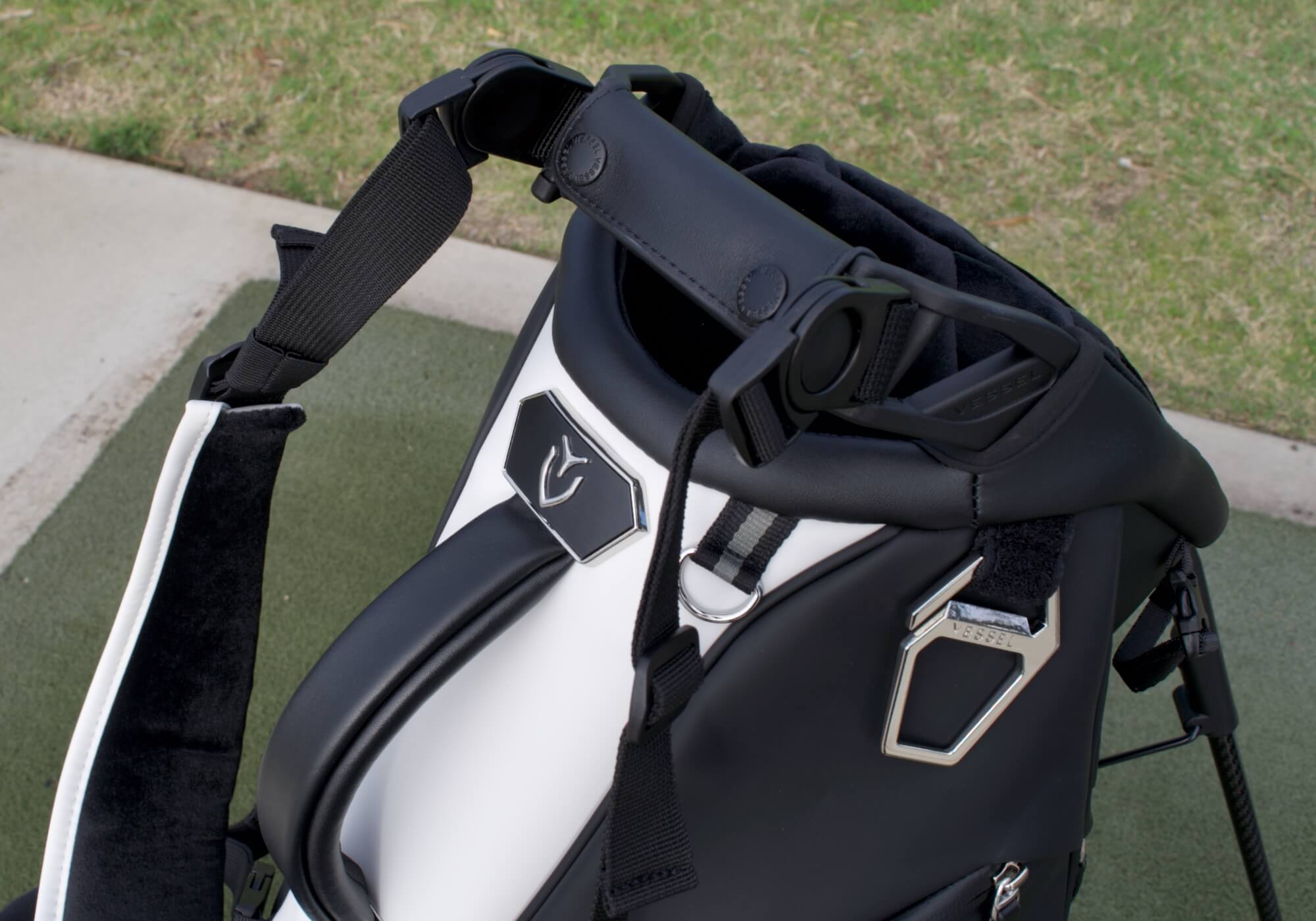
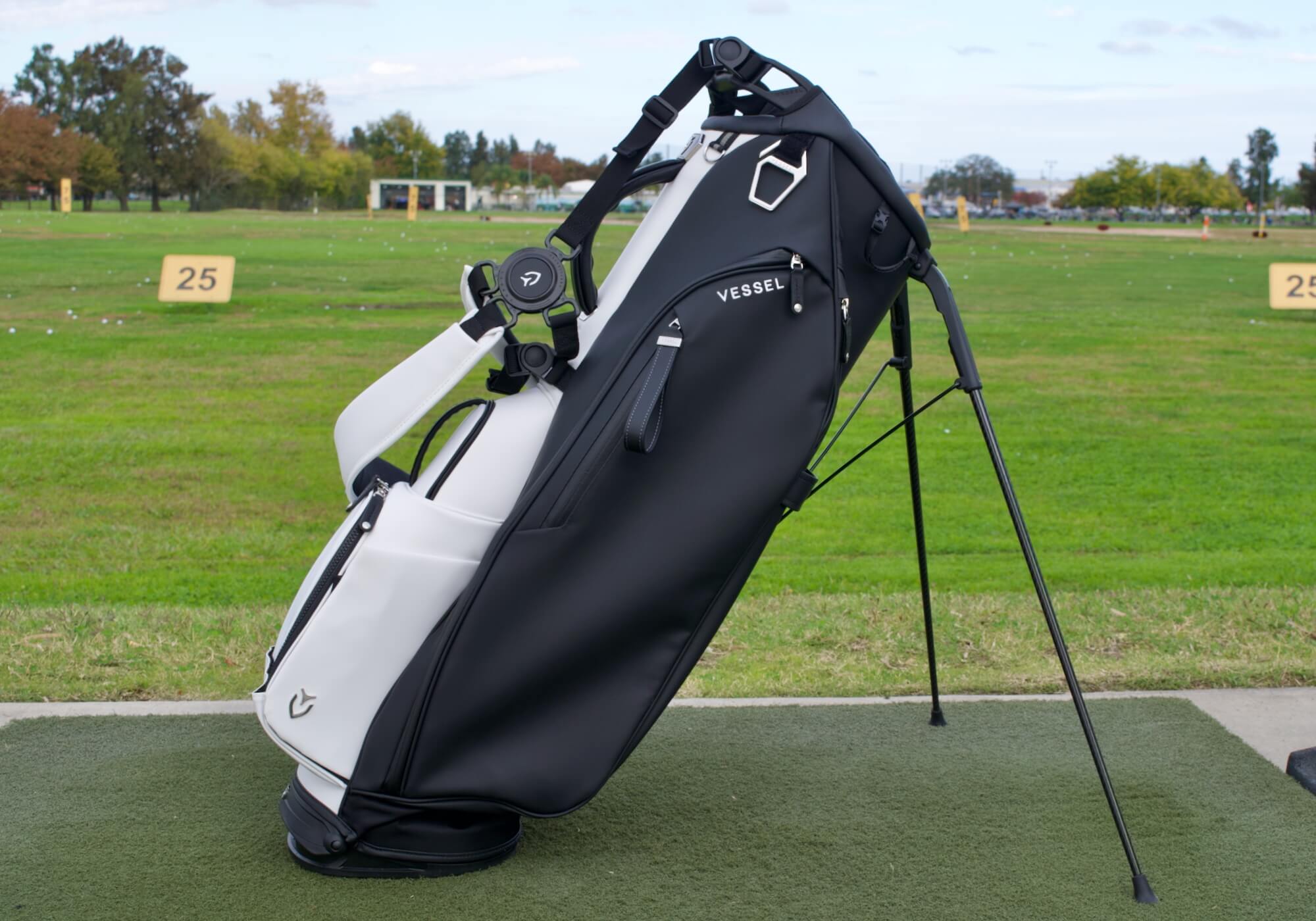
The 2025 MyGolfSpy Ball Test shows how every model in the Titleist lineup truly performs. Some models lived up to their reputations. Others surprised us. If you’re trying to figure out which Titleist ball is right for your game, here’s the data-driven breakdown.
Pro V1x delivered the most complete tee-to-green performance of any ball in the test. It paired fast ball speed, useful spin and a higher flight window, giving golfers better stopping power on approach shots without sacrificing distance.
On the 35-yard wedge test, where performance gaps between balls are the biggest, the Pro V1x produced reliable, predictable greenside spin. It also performed well across all three swing speeds, which reinforces why it finished as the No. 1 ball overall.
Play Pro V1x if
You want the most complete Titleist ball for every part of your game.You prefer a higher flight with dependable stopping power.You want a ball that fits a wide range of swing speeds.Skip Pro V1x if

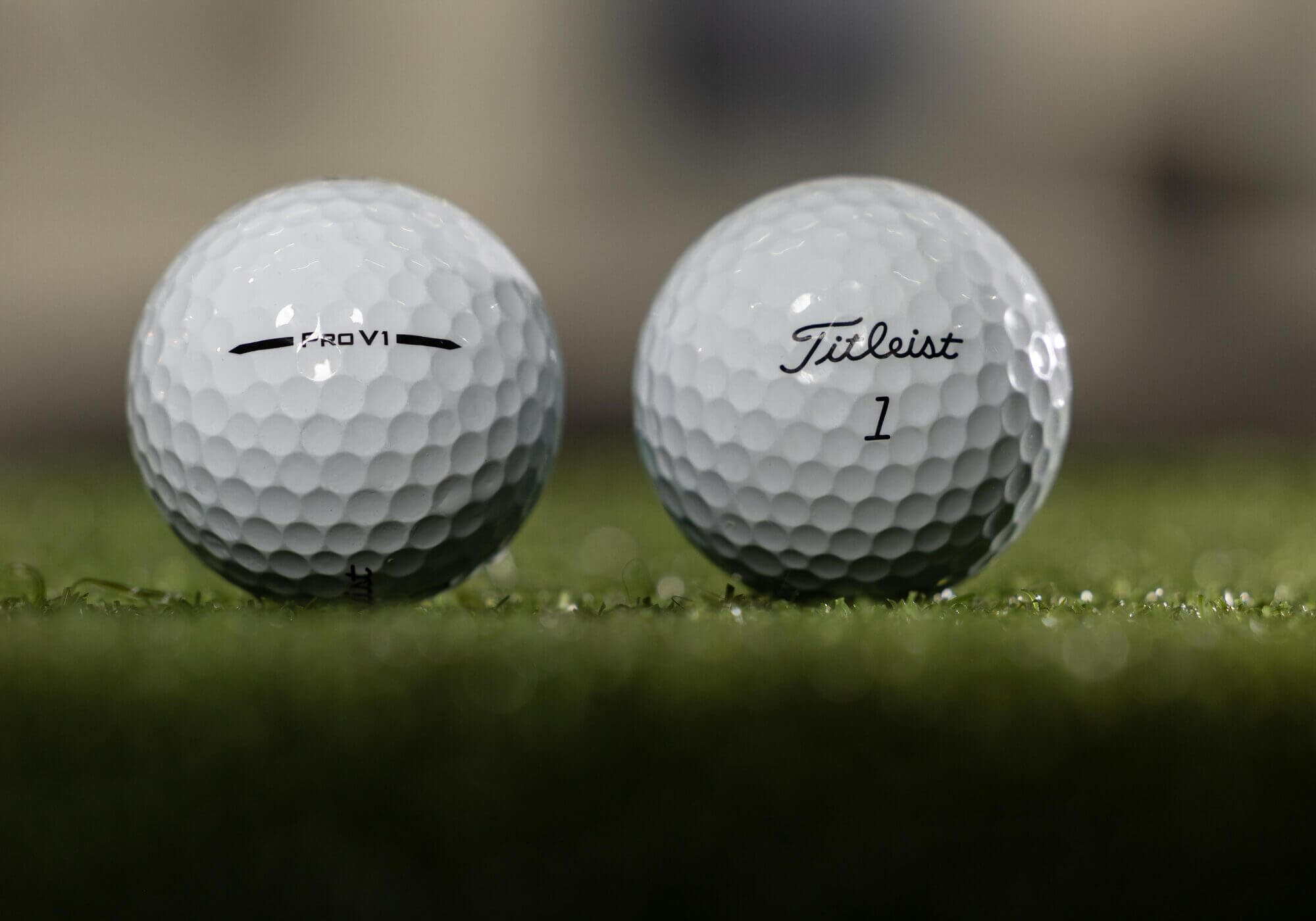

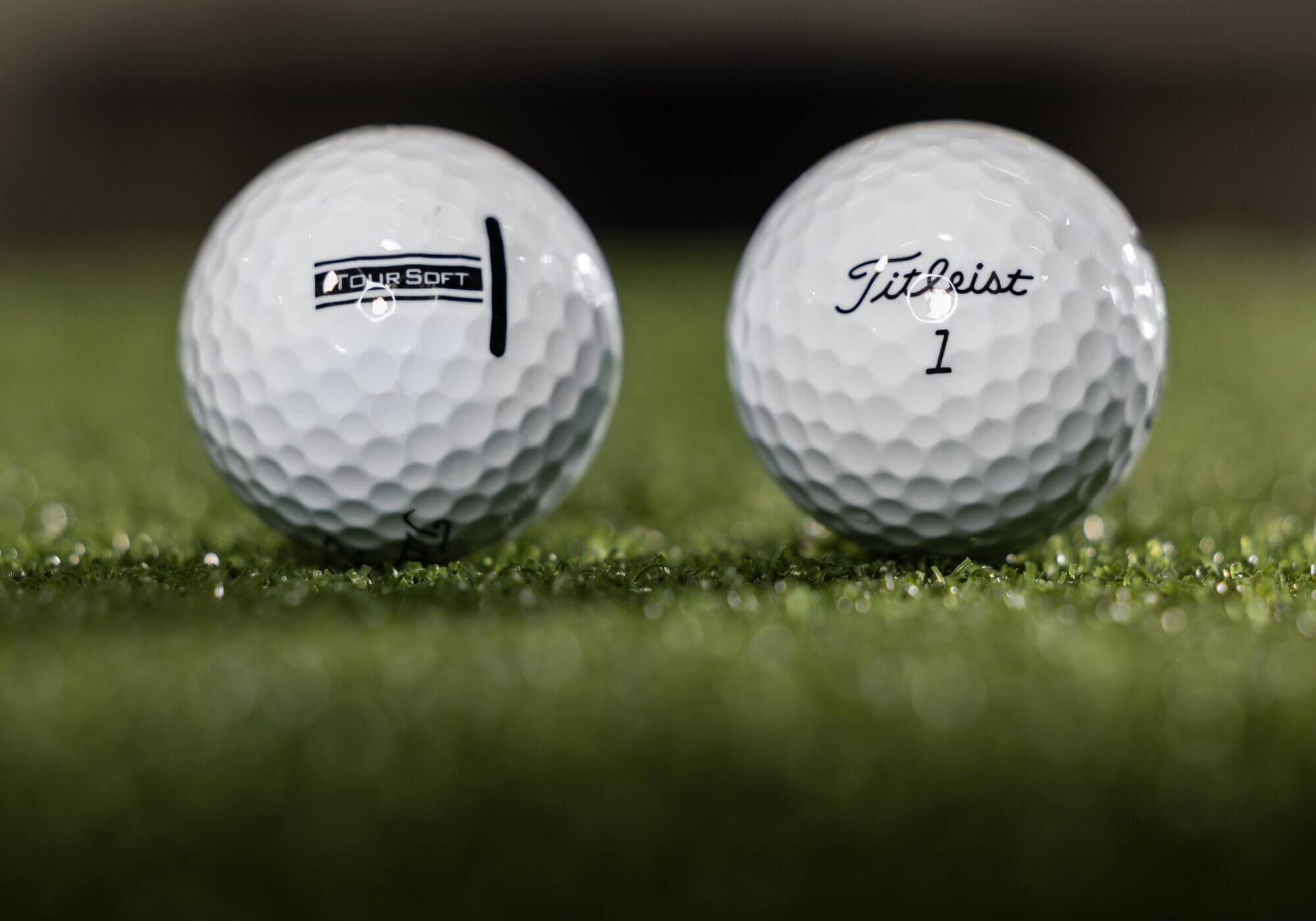
Buying golf gifts for kids can be weirdly tricky. Some junior gear is more “toy” than equipment, some of it only fits for a season and a lot of it just doesn’t hold up to how hard kids are on their stuff.
This list focuses on gifts that are fun, practical and built to survive real play. From starter clubs and push carts to training aids and apparel, these are the best golf gifts for kid golfers in 2025.
The Bridgestone Electron is one of the more kid-friendly golf balls to hit the market this year. It’s bright and easy to spot which helps when your junior golfer is still learning to keep the ball in play. The softer construction also helps slower swing speeds create a bit more launch and ball speed. For kids who are still losing a handful of balls every round, the Electron is a nice balance between performance and price.
For the smallest golfers, this Charlie Golf Co. bag feels like a “real” golf bag without overwhelming them. It’s made from waxed canvas and leather so it looks and feels premium but stays light enough for little shoulders. It’s sized for kids under 45 inches tall, holds up to four clubs (or the matching Charlie kids’ club set), and can be personalized with their name. For a first golf bag, it hits all the right notes.
Once kids grow out of that tiny stage, this Charlie Golf Co. junior set is a logical next step. The stand bag is made from durable 1000D Cordura and includes a two-strap system. One strap can be removed if they’re more comfortable with a single. The six-club setup (driver, hybrid, 6-iron, 8-iron, PW, putter) with headcovers gives them everything they need to play full rounds.

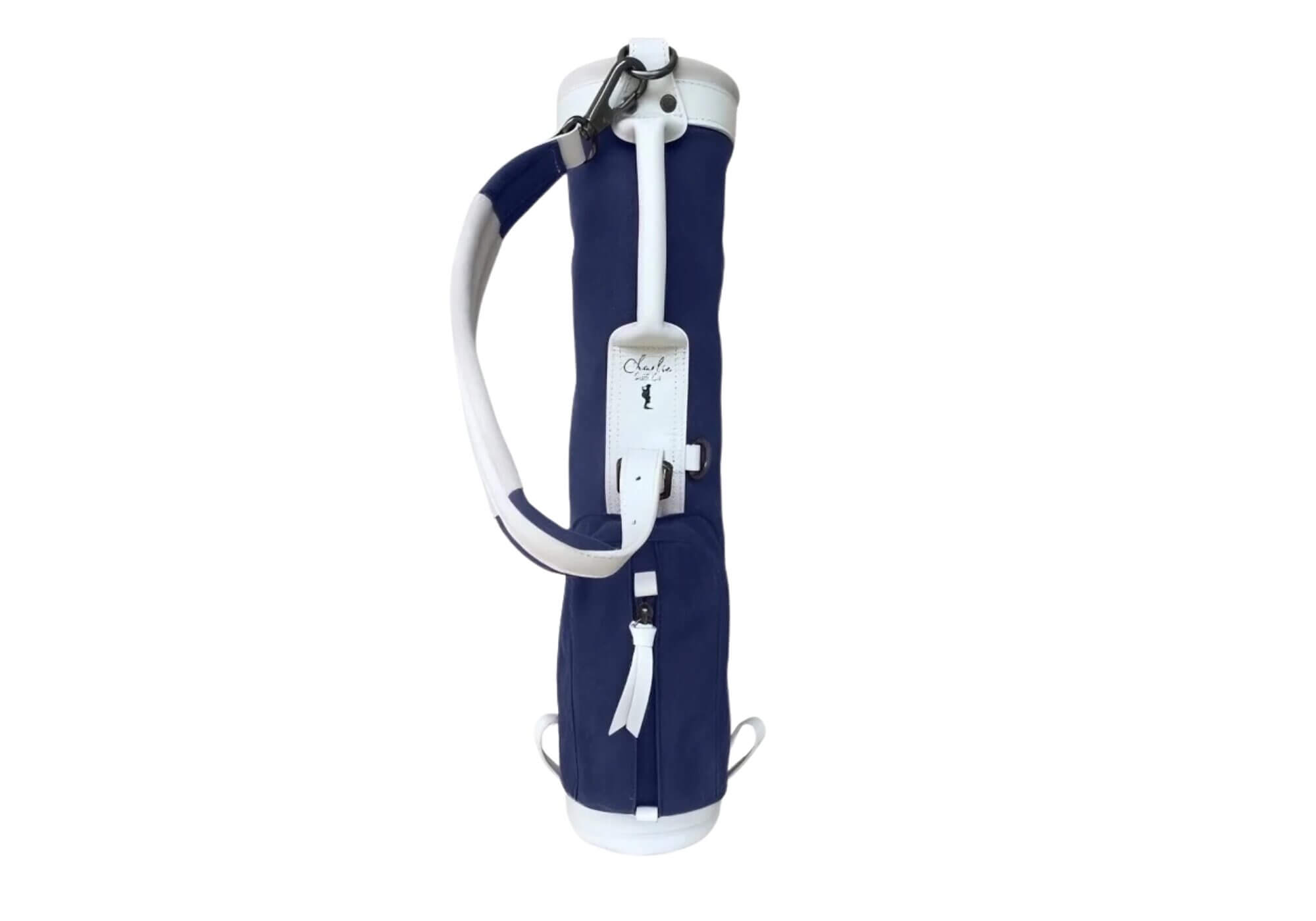
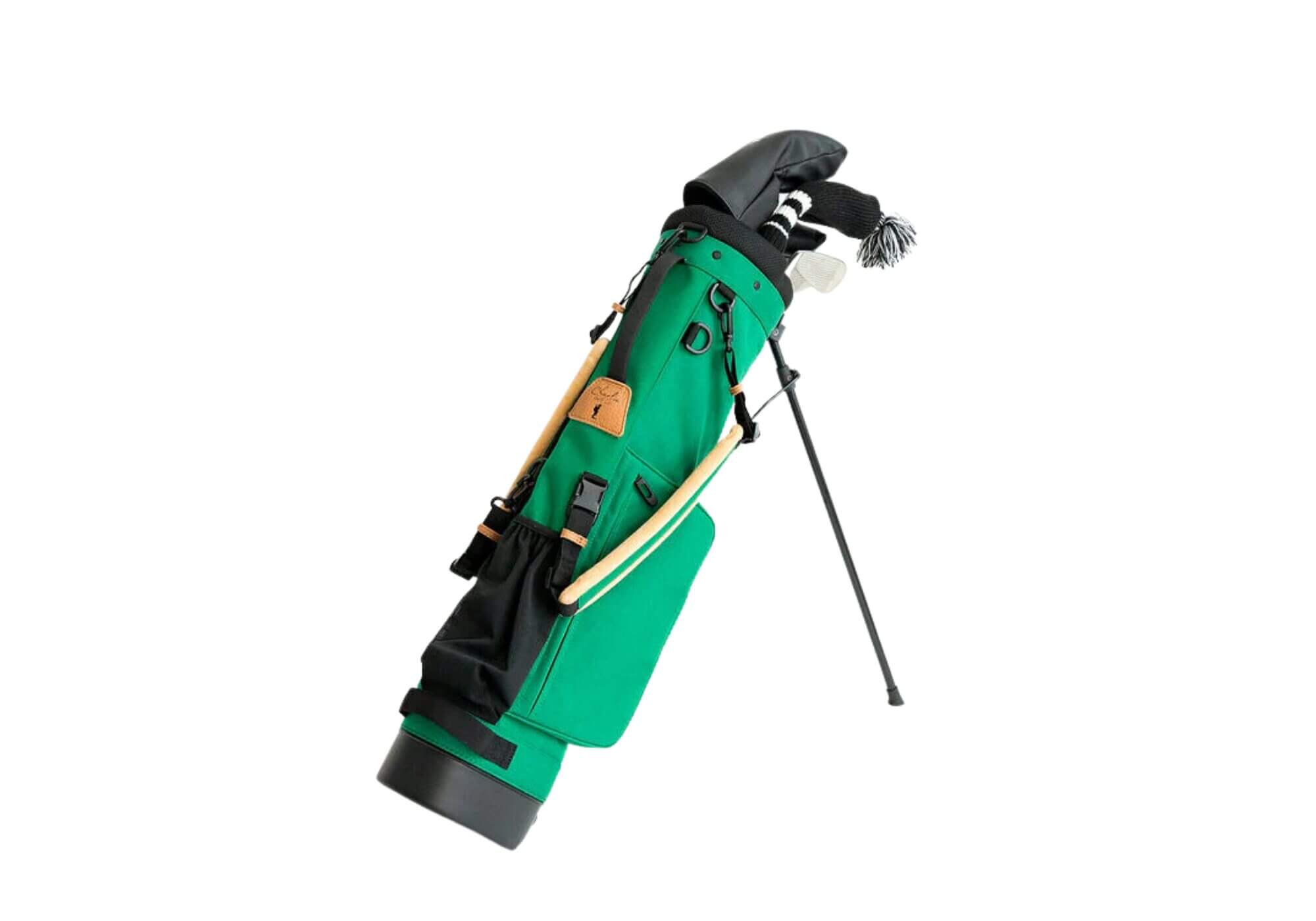

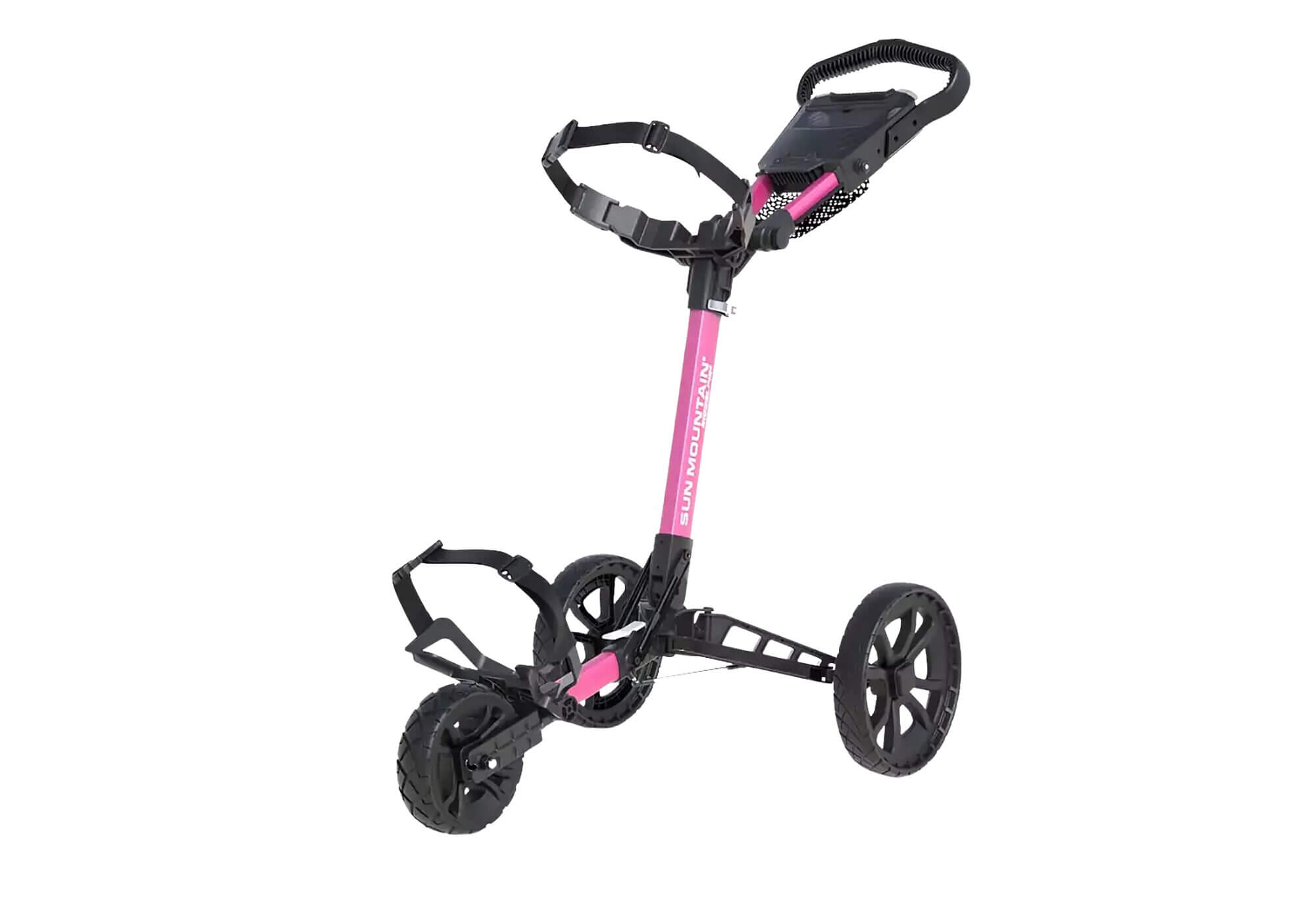


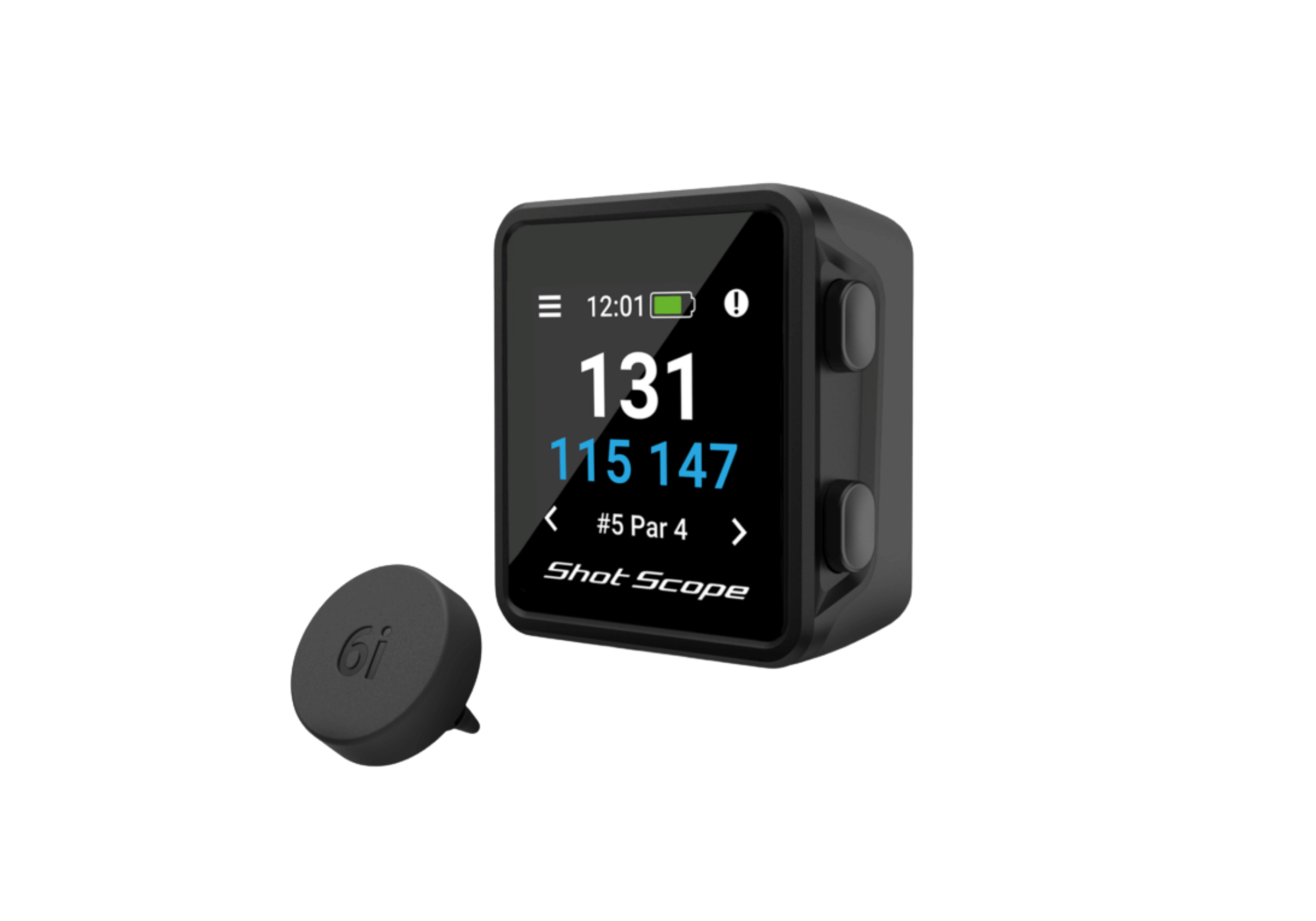
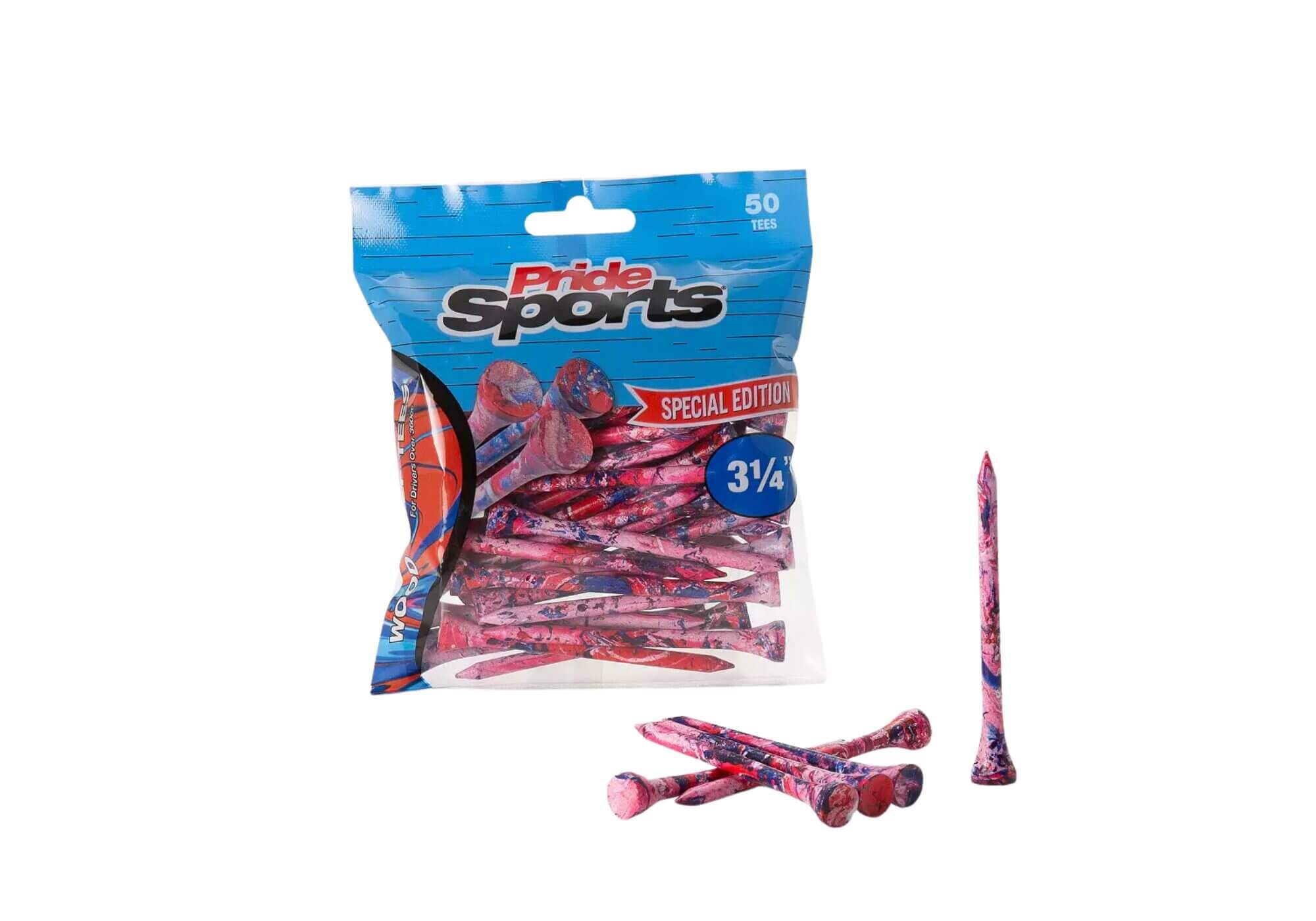


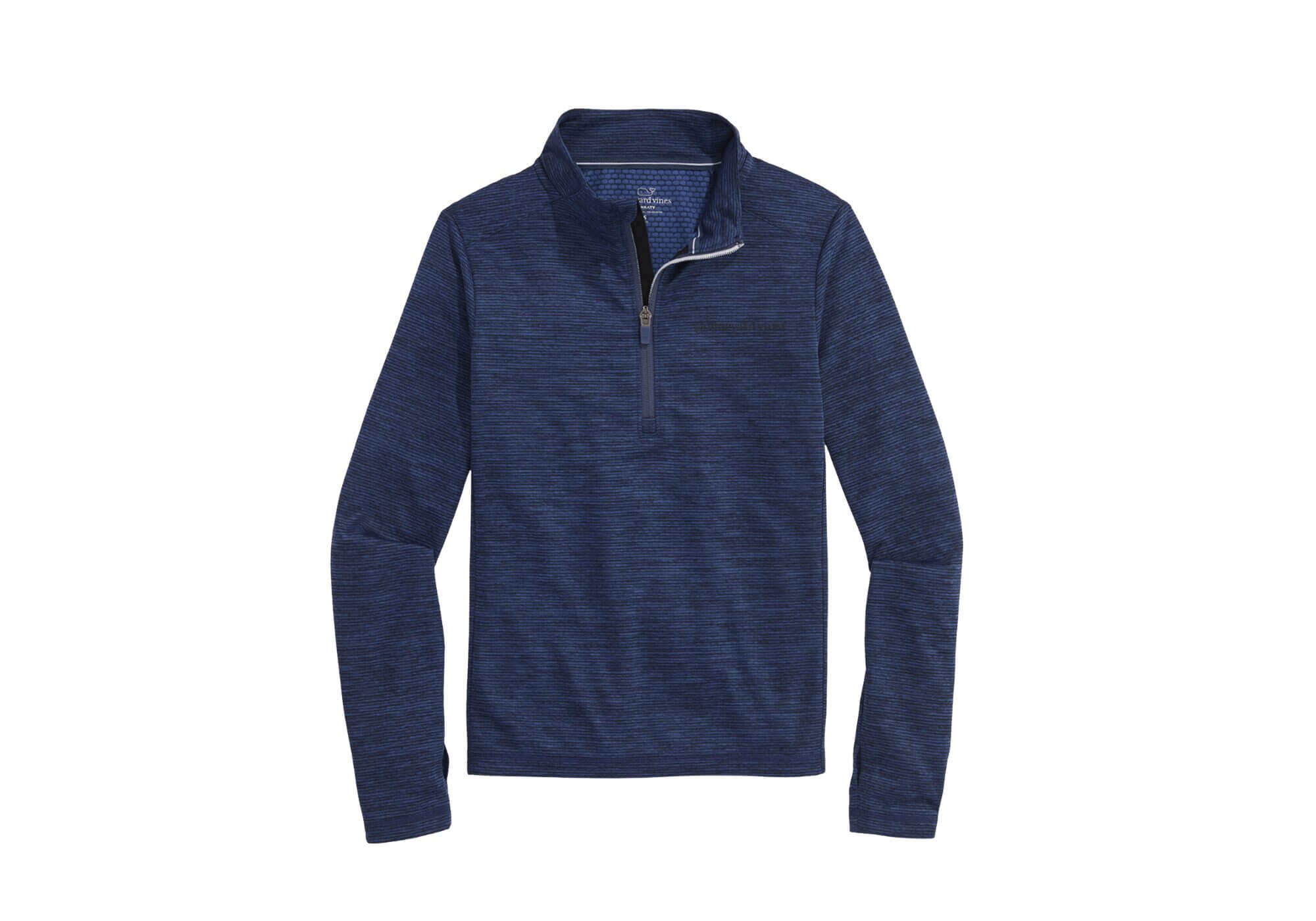

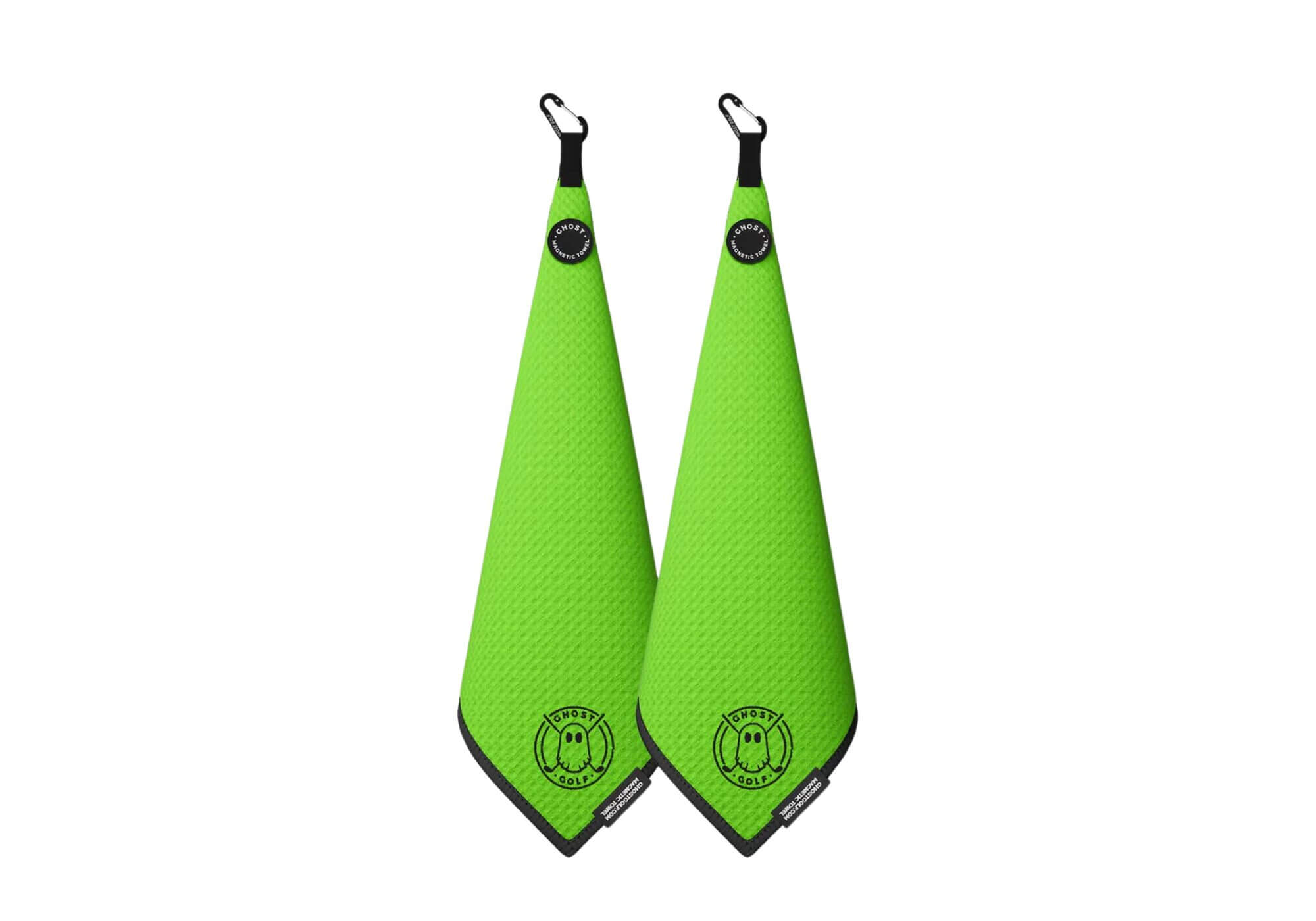

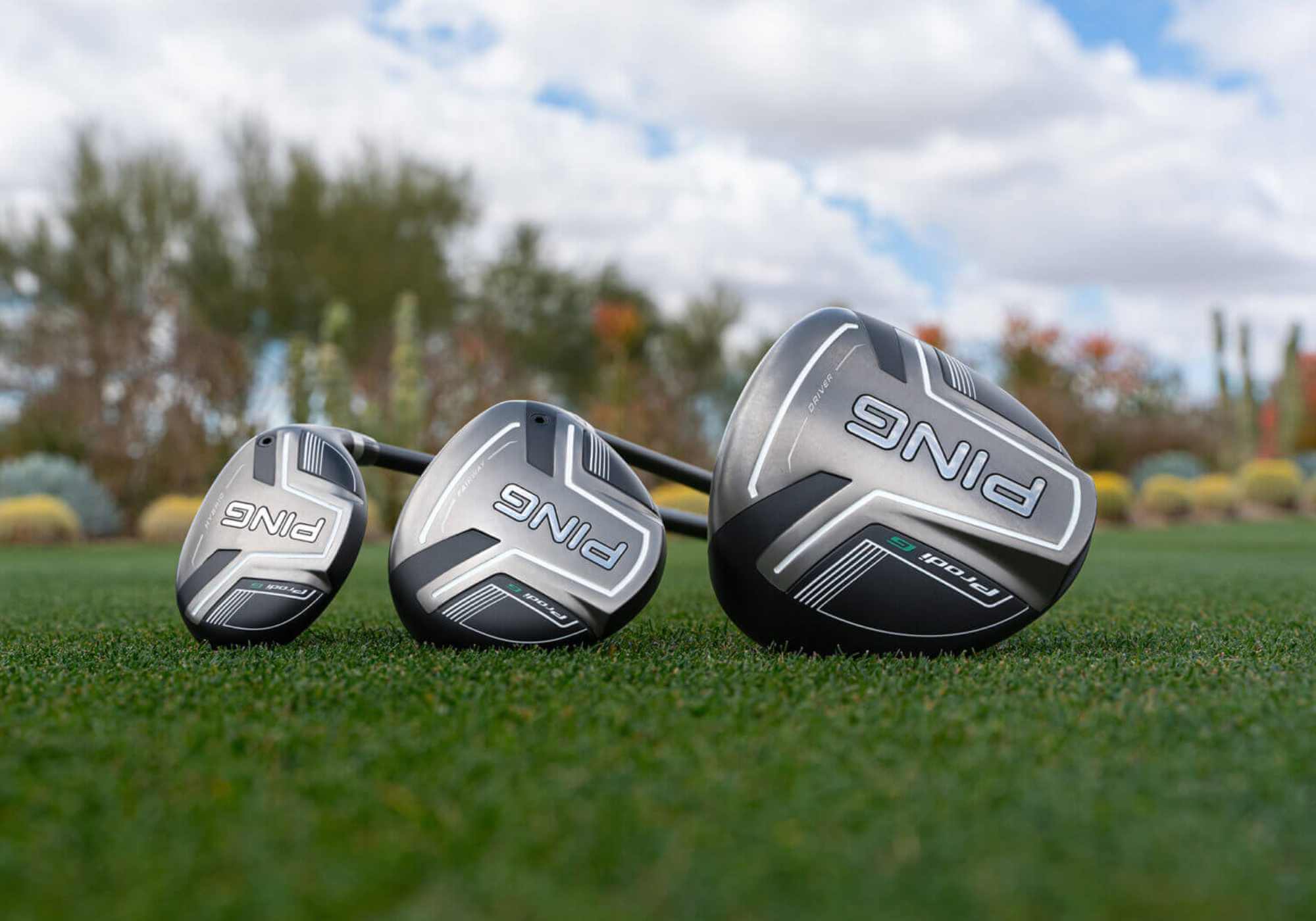
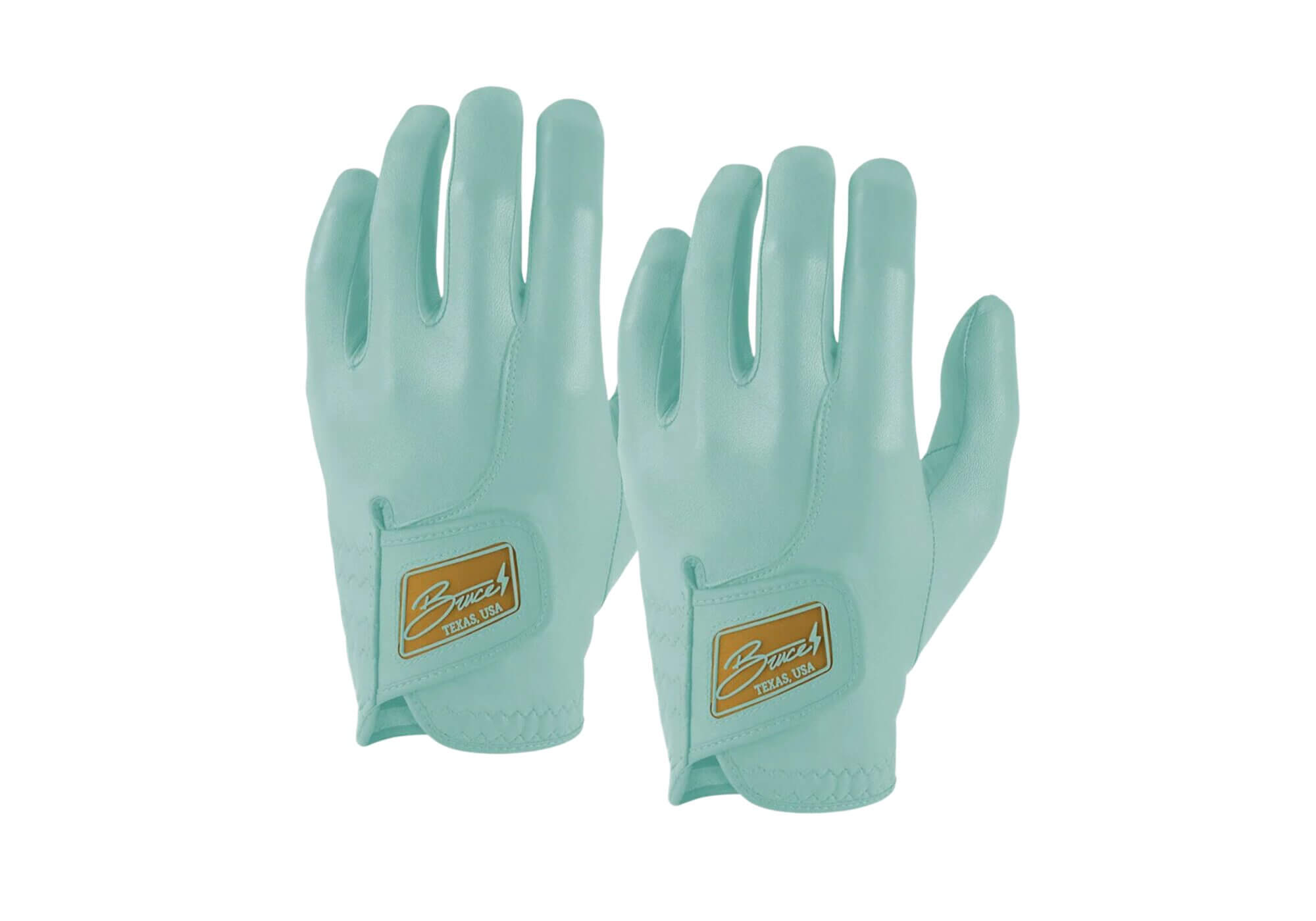
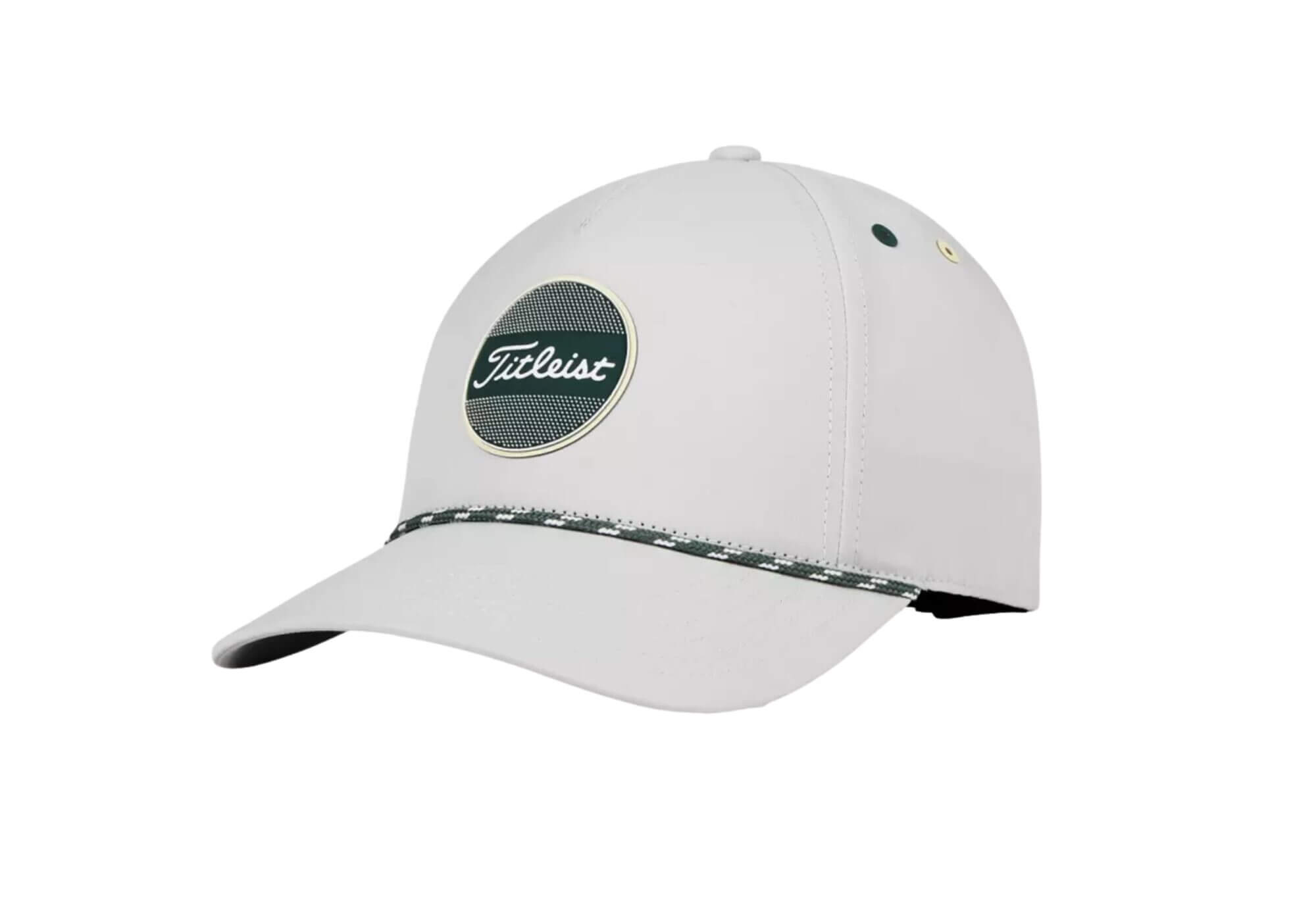

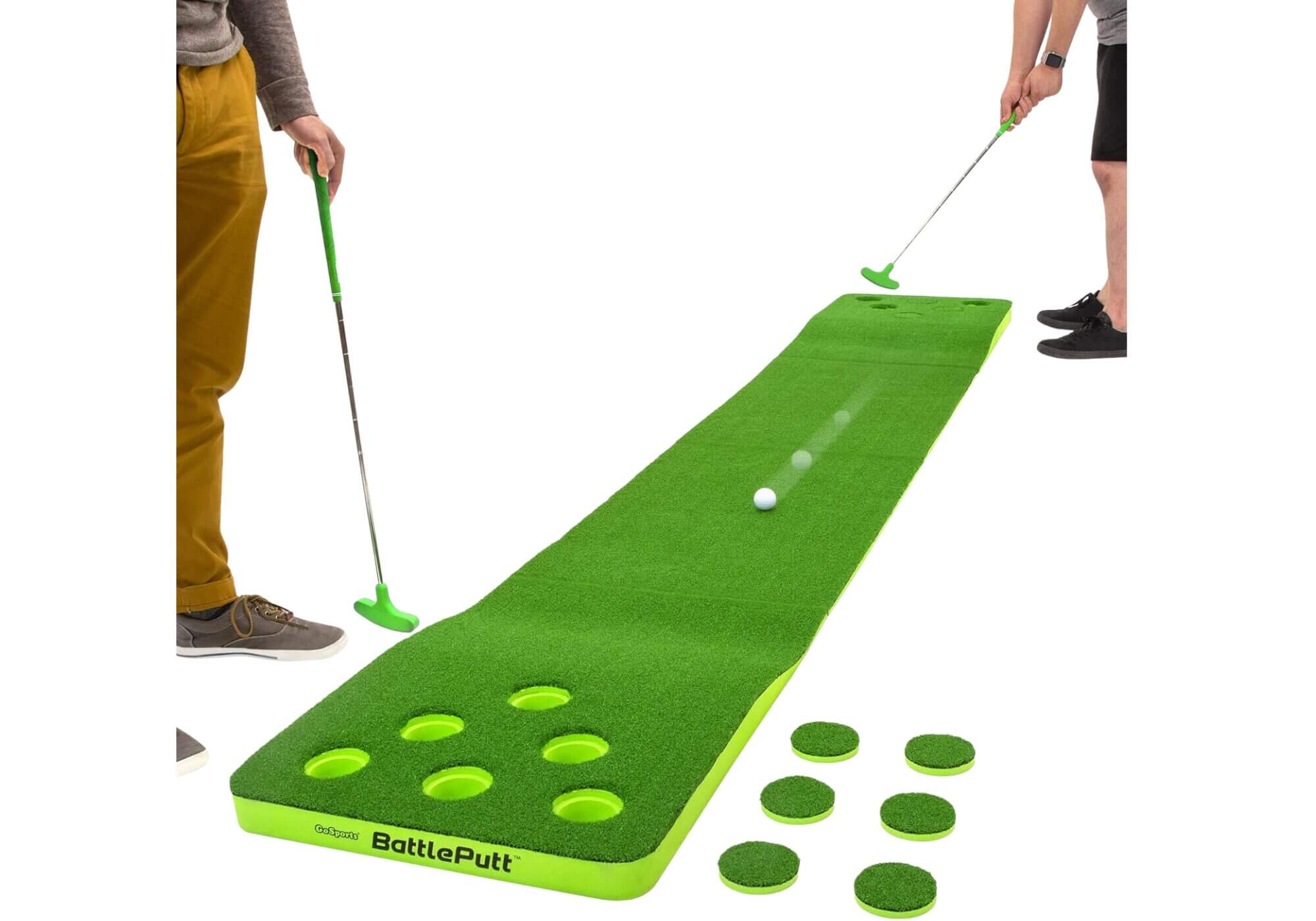
I was not great at opening the face of my wedges for a long time. I played everything square. I leaned the handle forward because it felt “safe.” But it cost me strokes.
Once I finally got comfortable opening the face, even just a little, it completely changed what I could do around the greens. I could use the bounce. I could get the ball to stop. I could hit different trajectories without changing my swing.
If you want to improve your short game, opening the face (at least slightly) is essential.
Most everyday golfers set up with a square clubface because that’s what feels natural. A square wedge sits with the leading edge exposed, which means the club wants to dig. Digging leads to:
Chunked chipsThin “skippers” you can’t controlLow, knuckly shots with no spinNo ability to land the ball softIf you rotate the face open just a little, you’ll notice that it:
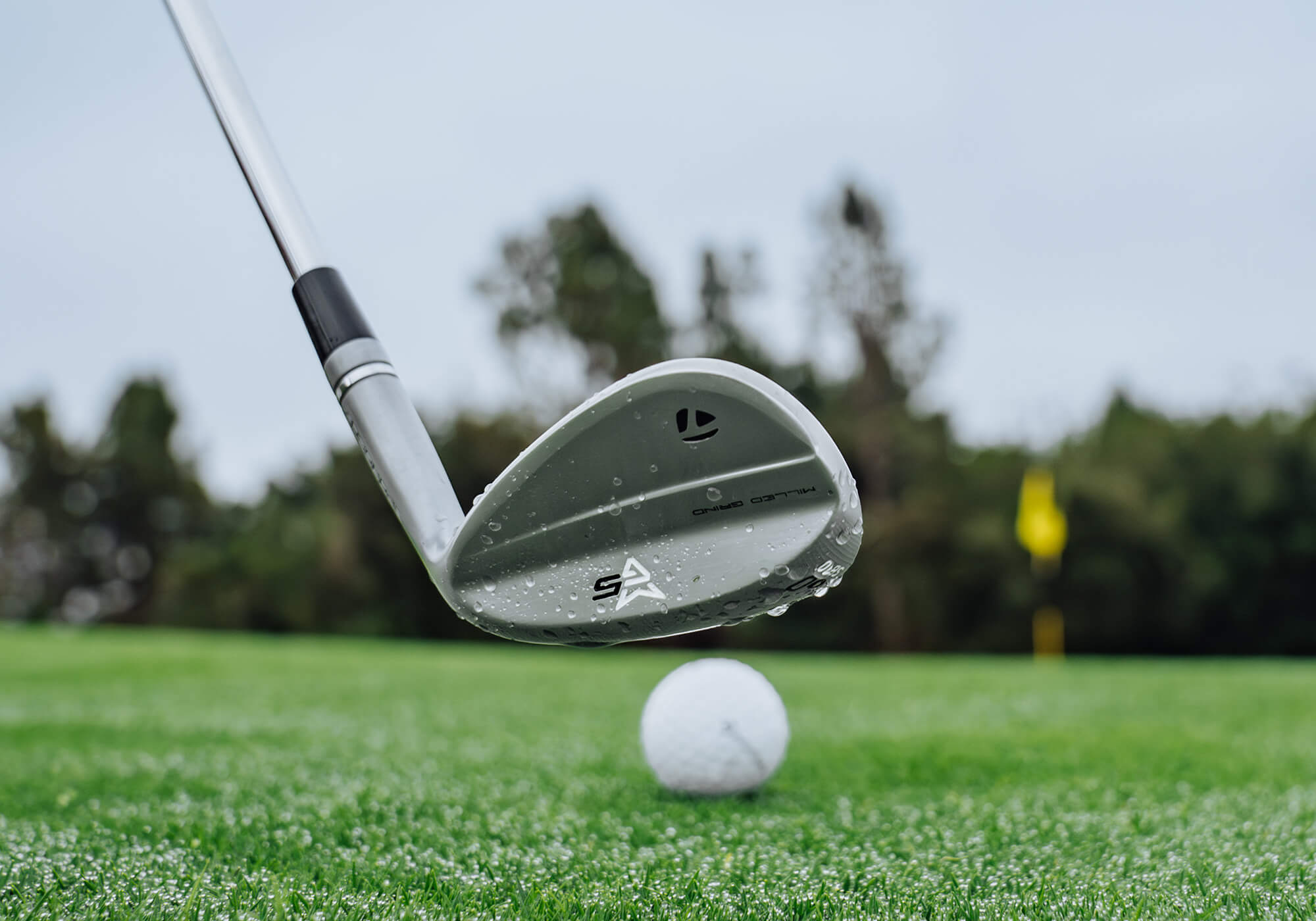



Gil Hanse and Jim Wagner will be forever grateful for the success of their golf-design partnership. And they have the results to prove it.
The post The long strange trip of course-design giants Gil Hanse and Jim Wagner appeared first on Golf.
Could the PGA Tour abandon its Signature-Event model for a new structure? Harris English laid out one rumored path forward.
The post Ryder Cupper teases intriguing PGA Tour changes: ‘We’ll see’ appeared first on Golf.
New commissioner Craig Kessler has his sights set on the LPGA Tour's "breakthrough moment" and laid out a 2026 schedule with richer purses and tournaments that will be televised live.
Take a browse through GOLF's list of gift ideas that are sure to please anyone who loves the game — even if that person is yourself!
The post The GOLF holiday gift guide: 20 items you’ll love to give (and get!) this year appeared first on Golf.
Harris English was hurt by the Bethpage Ryder Cup's most controversial rule. Now, he says, he's still getting over it.
The post ‘I was pissed’: Harris English opens up on Ryder Cup ‘envelope rule’ debacle appeared first on Golf.
Golf training is essential for improving your game, whether you are a beginner or an experienced player. A structured approach focusing on the fundamentals and consistent practice is key to success.
A solid golf swing is built upon three core elements: Grip, Stance, and Posture.
The grip is your only connection to the club and is crucial for controlling the clubface.
The way you position your feet and body relative to the ball determines your swing path.
Subpar podcast co-hosts Colt Knost and Drew Stoltz make their favorite bets for the 2025 RSM Classic at Sea Island Golf Club in Georgia.
The post RSM Classic Subpar picks: Favorite bets of the week appeared first on Golf.
New commissioner Craig Kessler has a plan to transform the LPGA. It requires one thing everyone is trying to capture.
The post In LPGA chief’s plan to transform tour, 1 goal stands above the rest appeared first on Golf.
© 2025 GolfLynk.com a division of Outdoorsmen.com